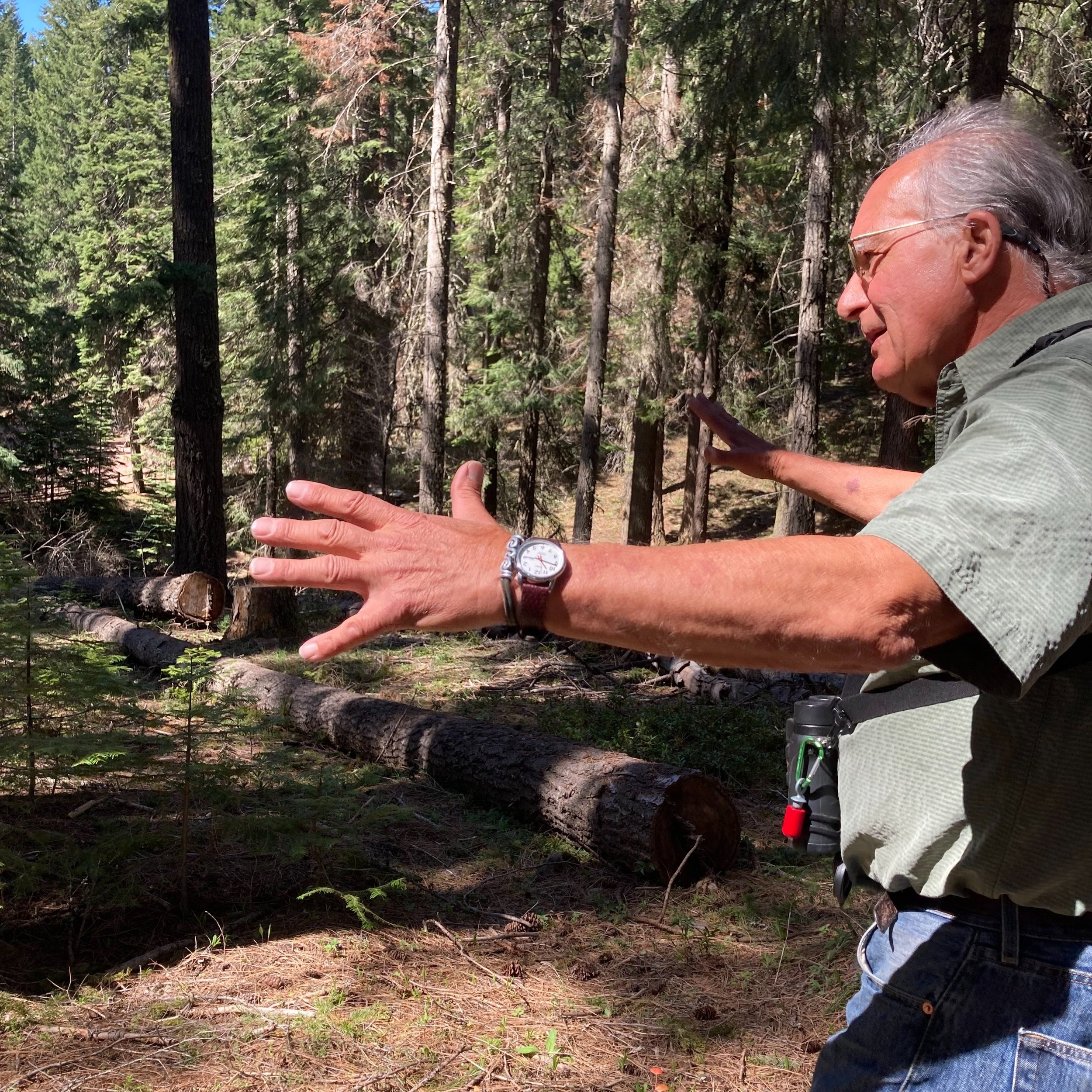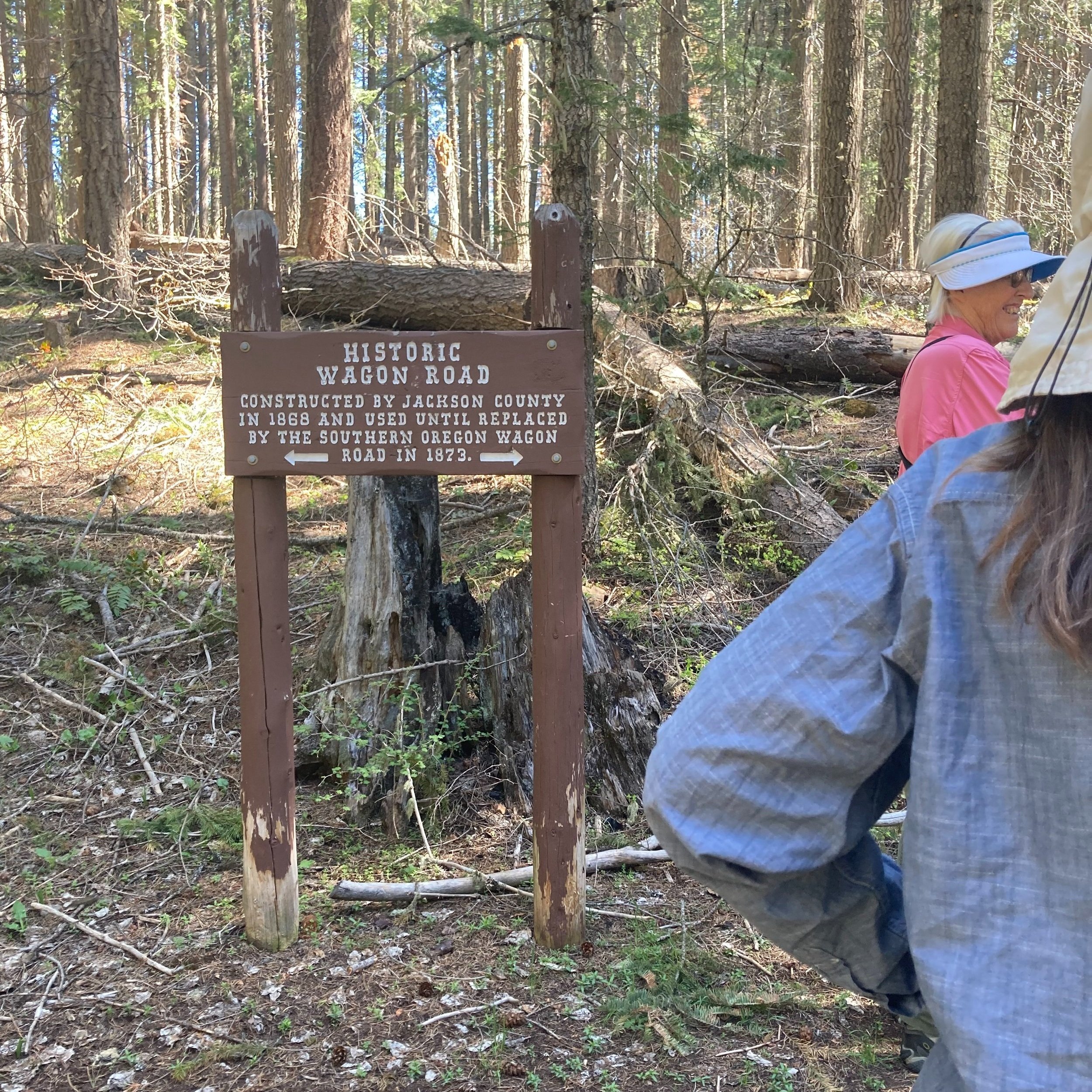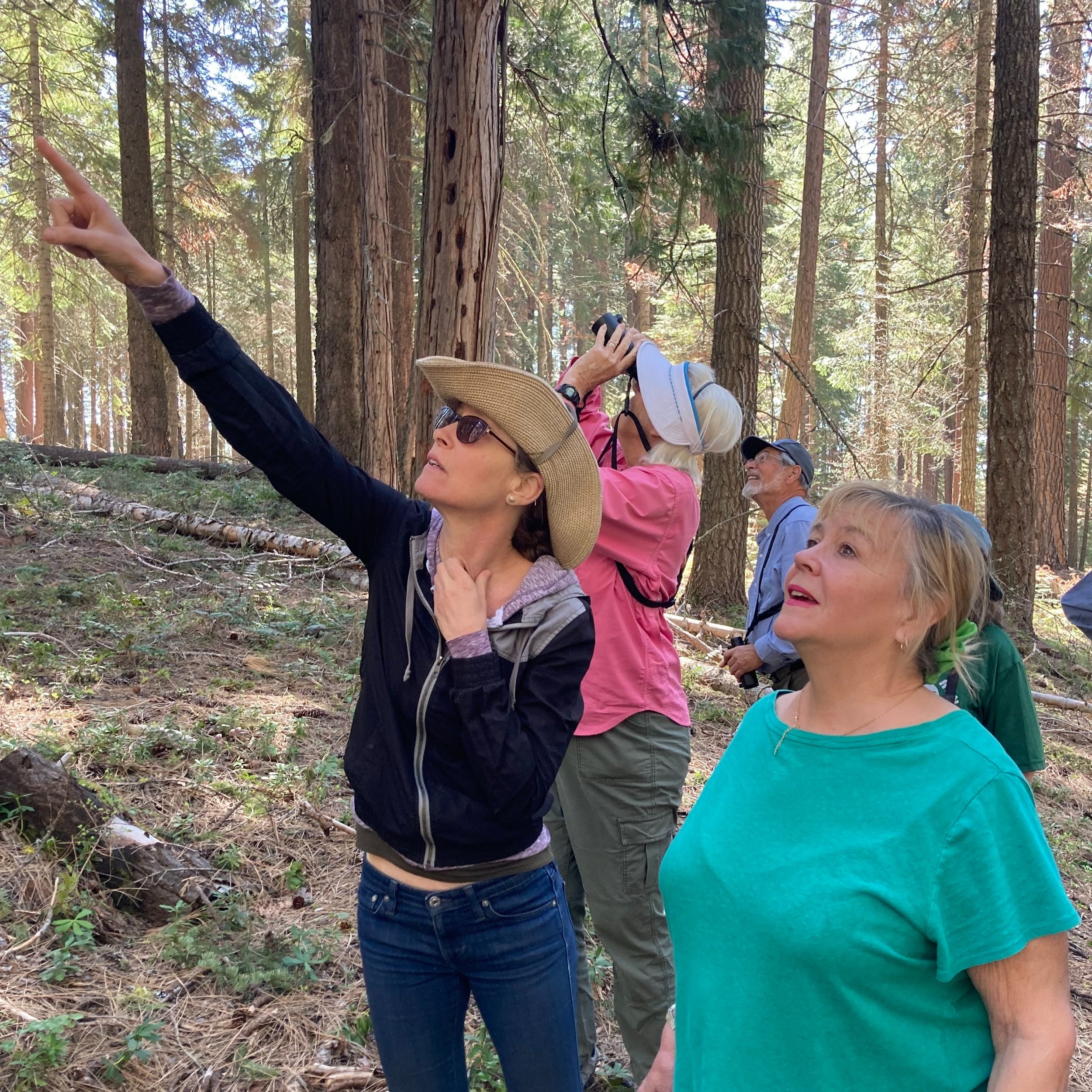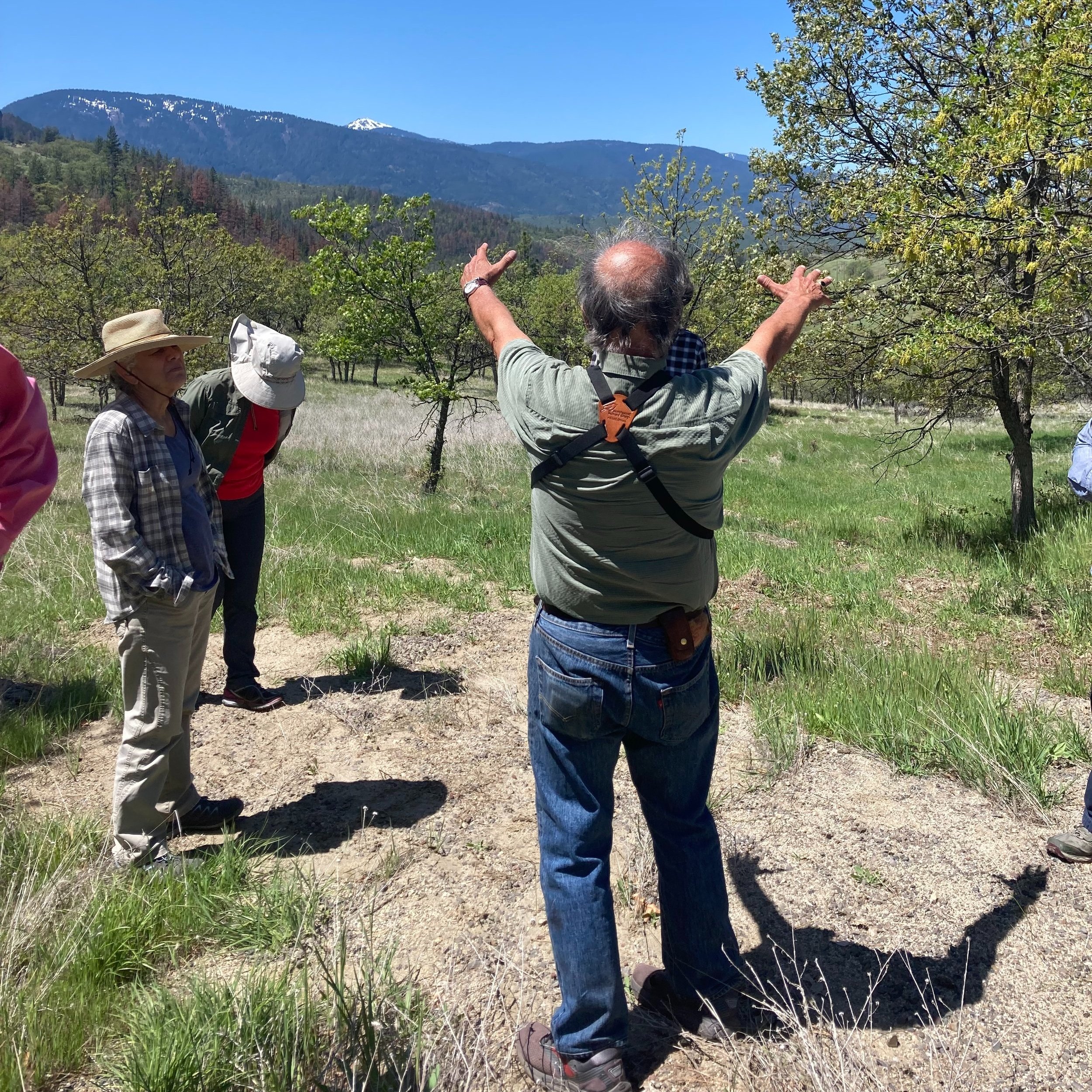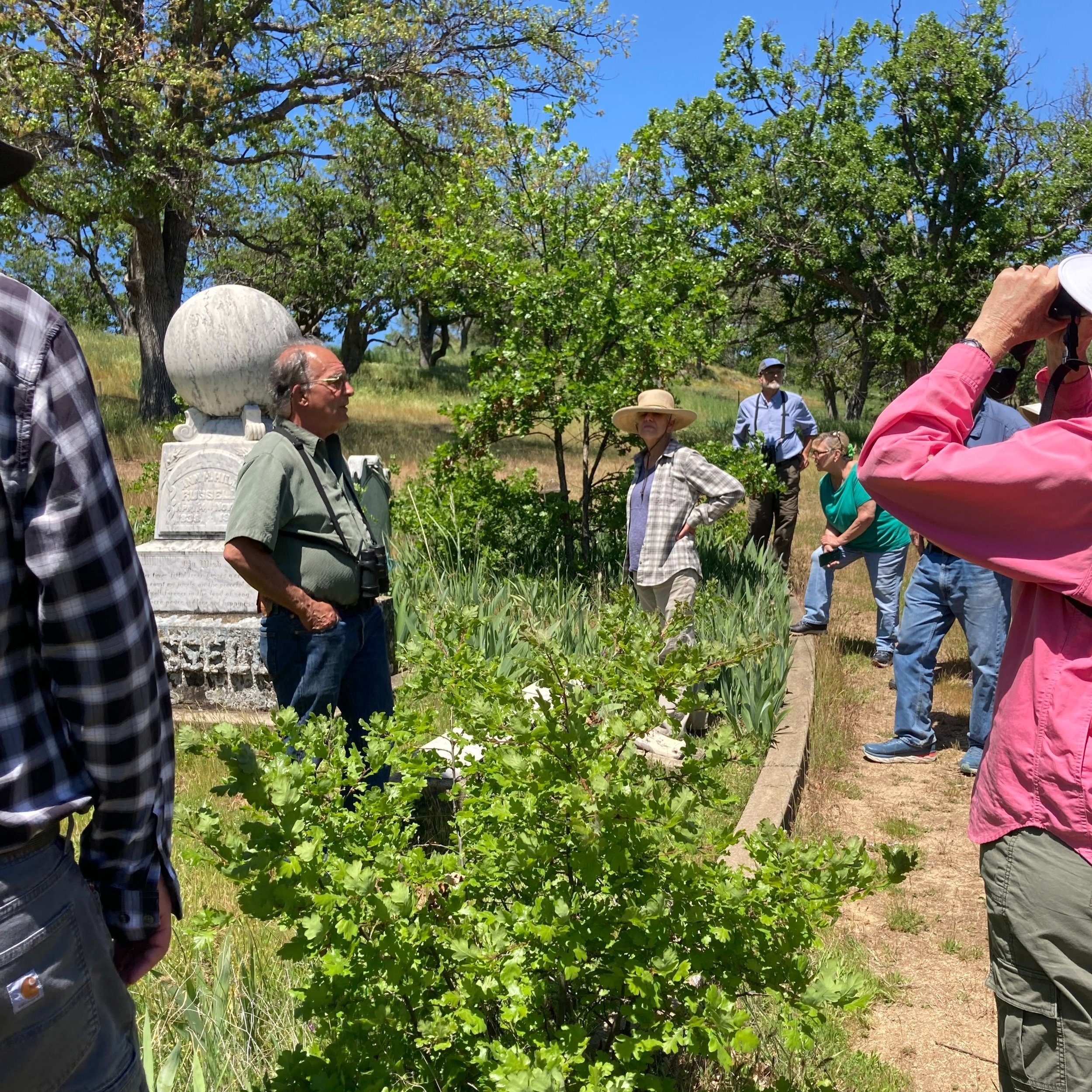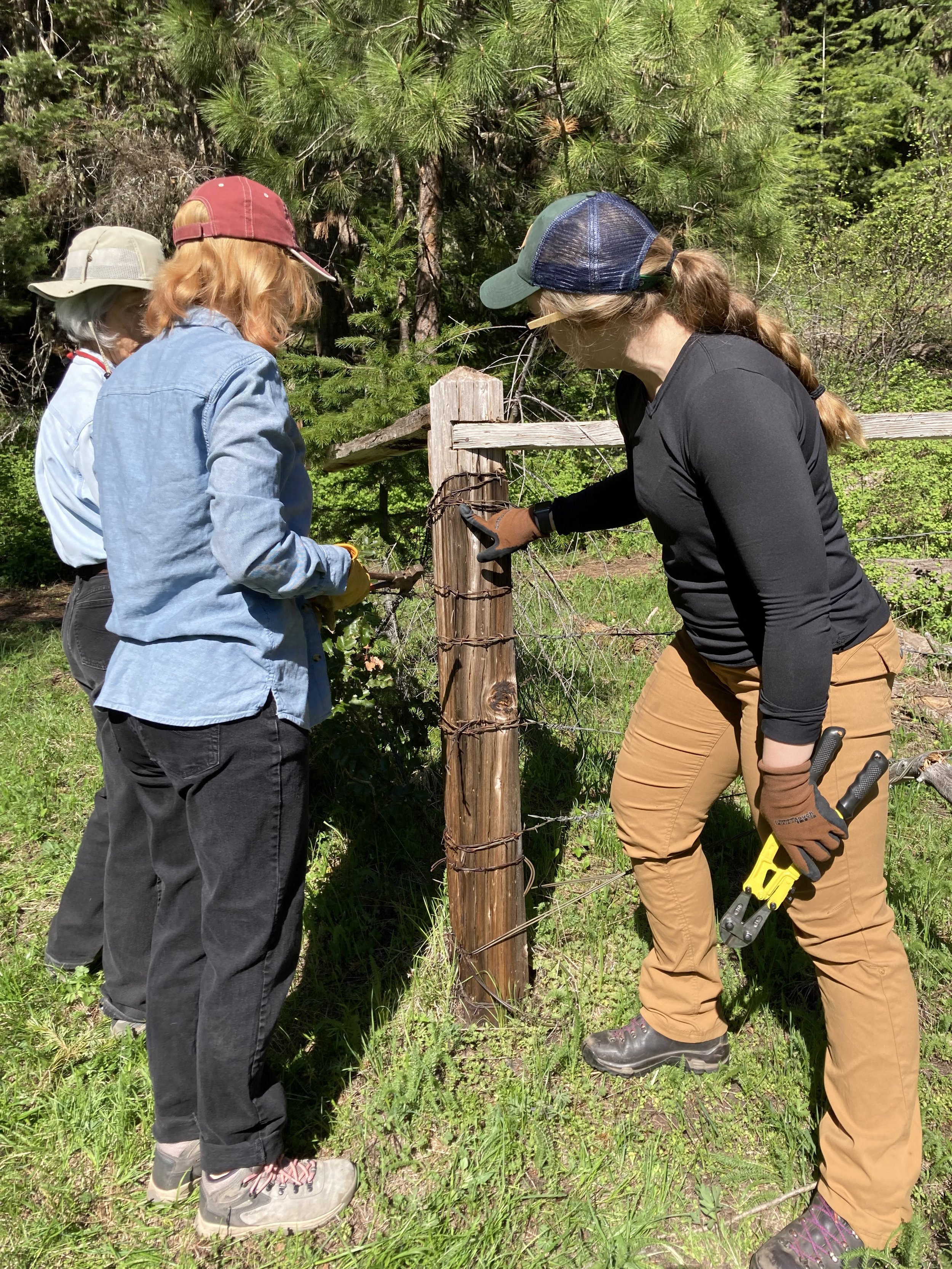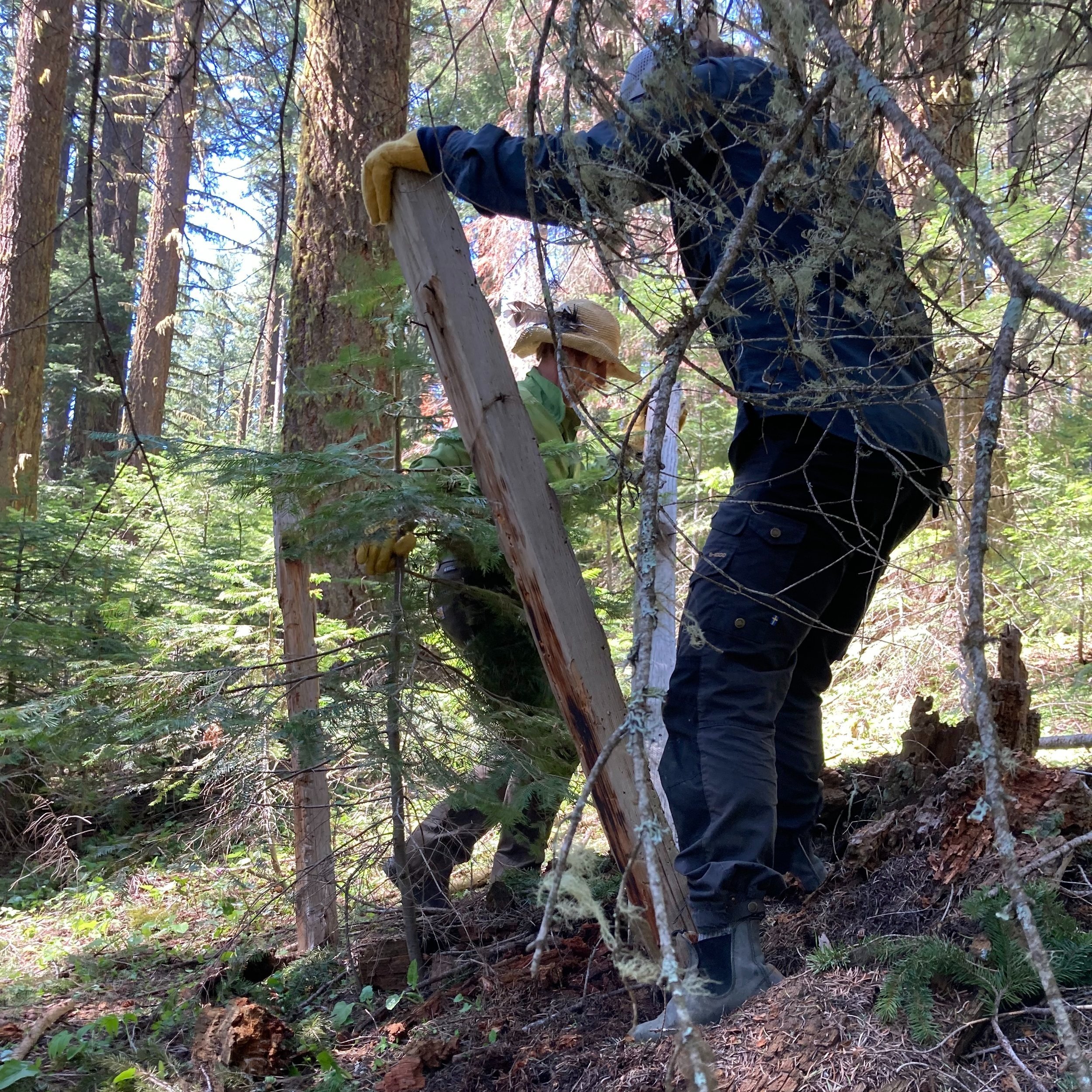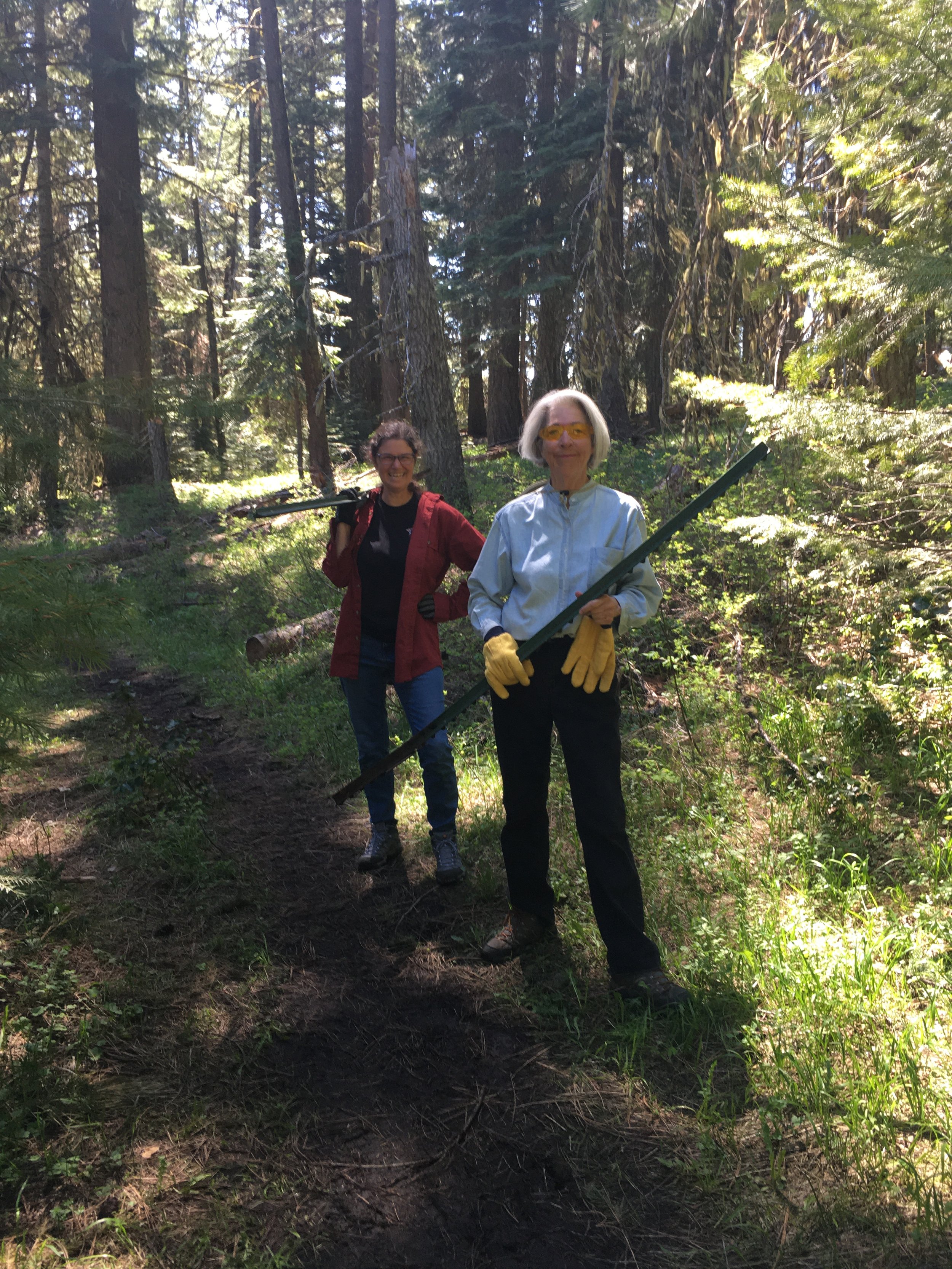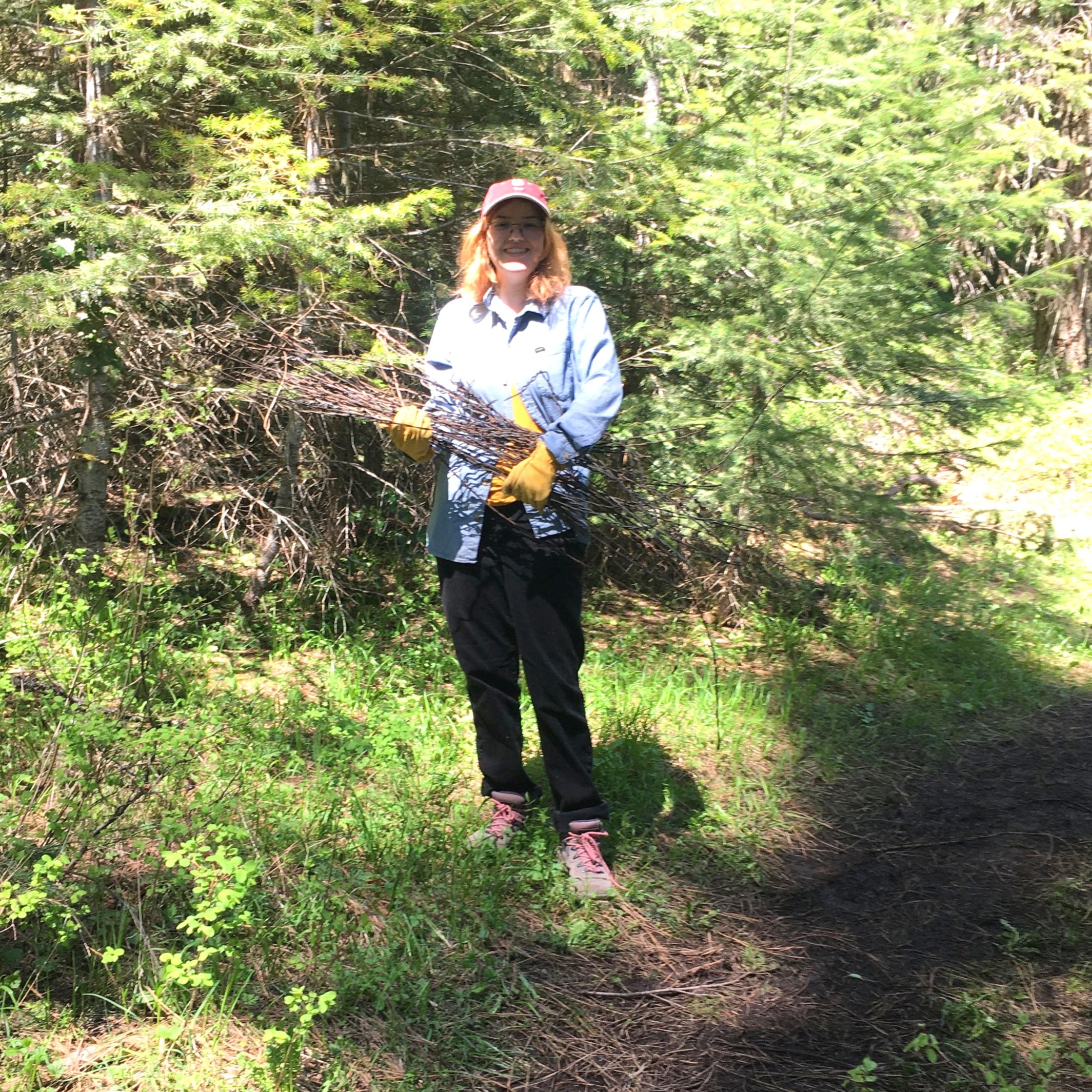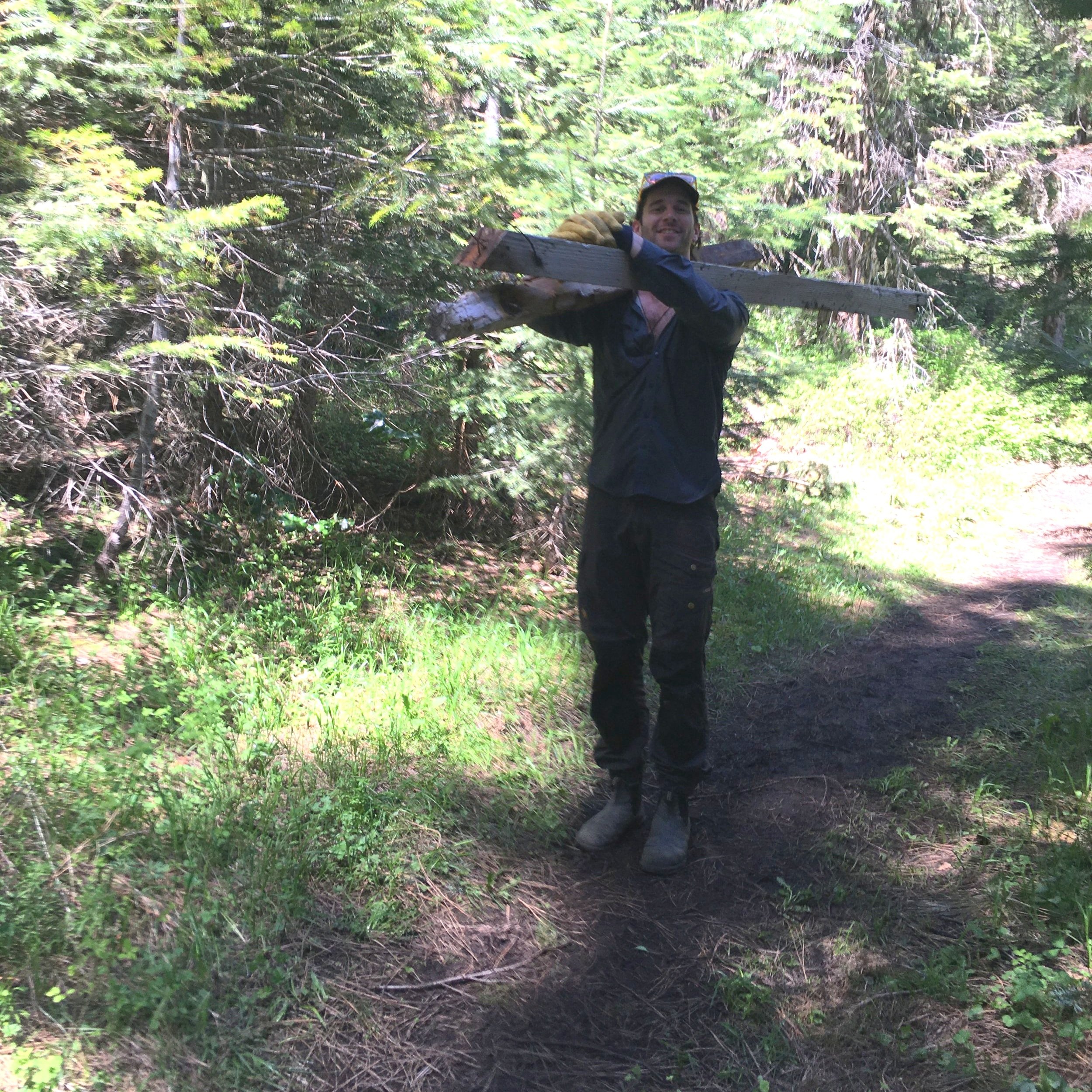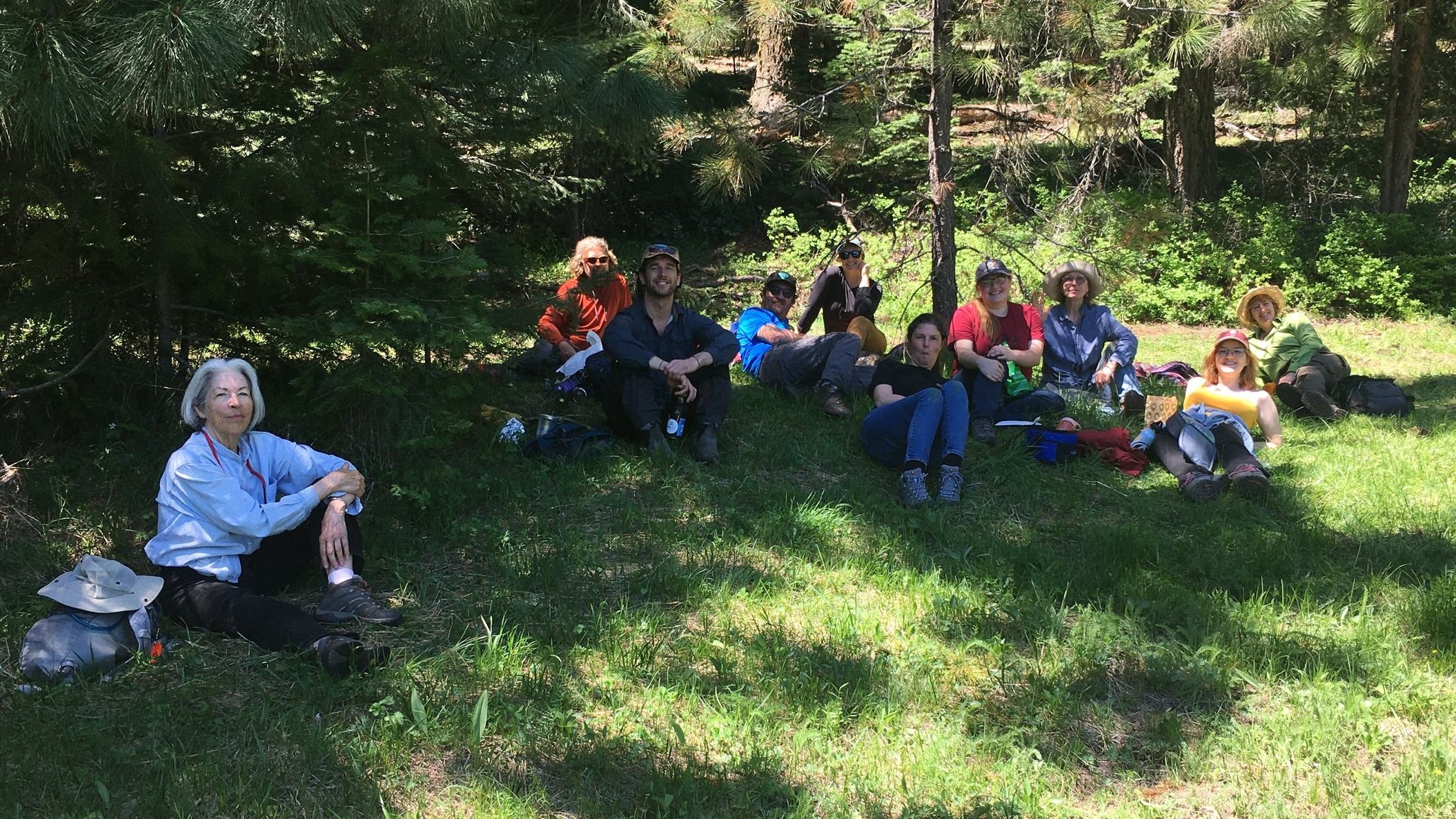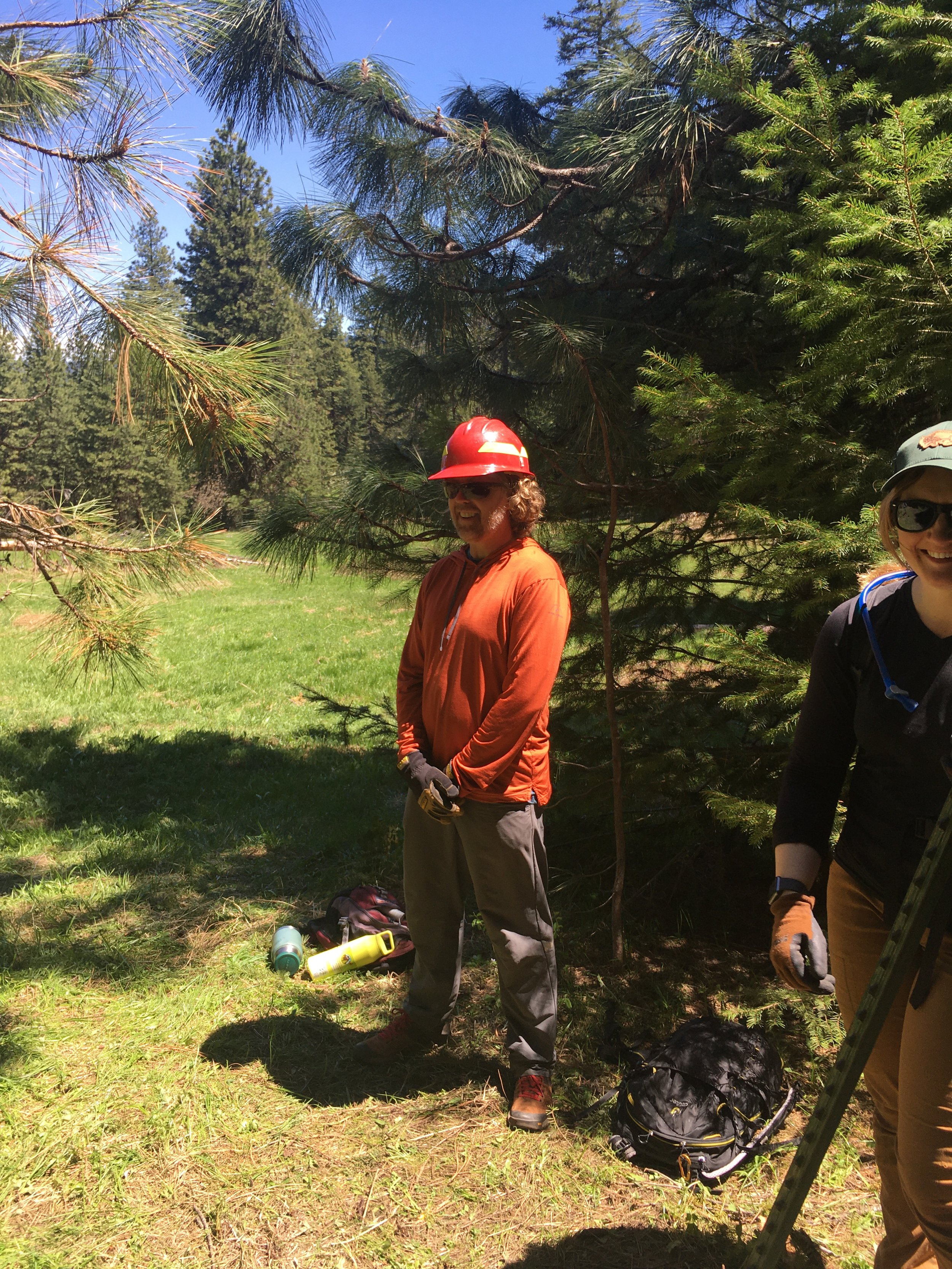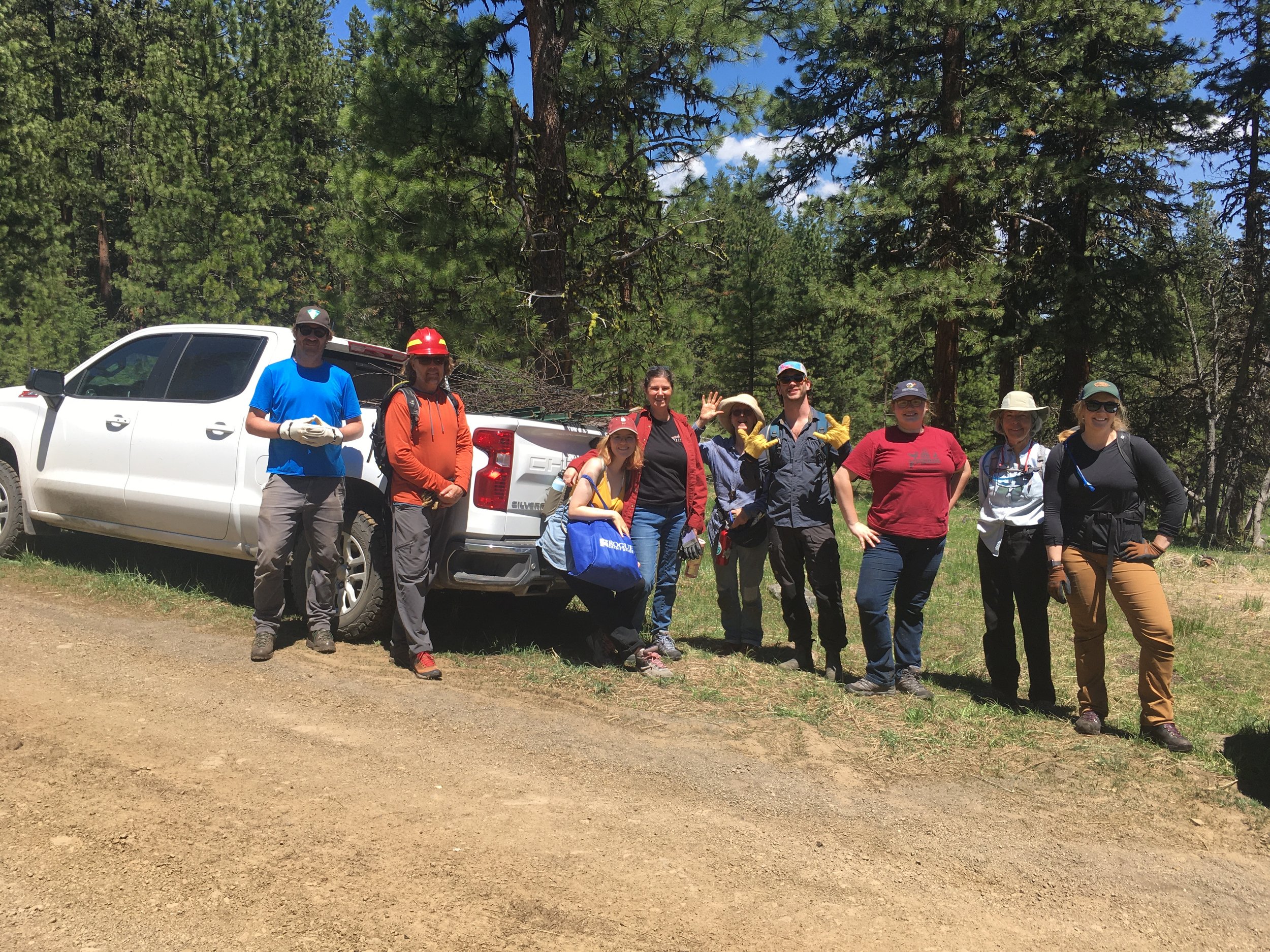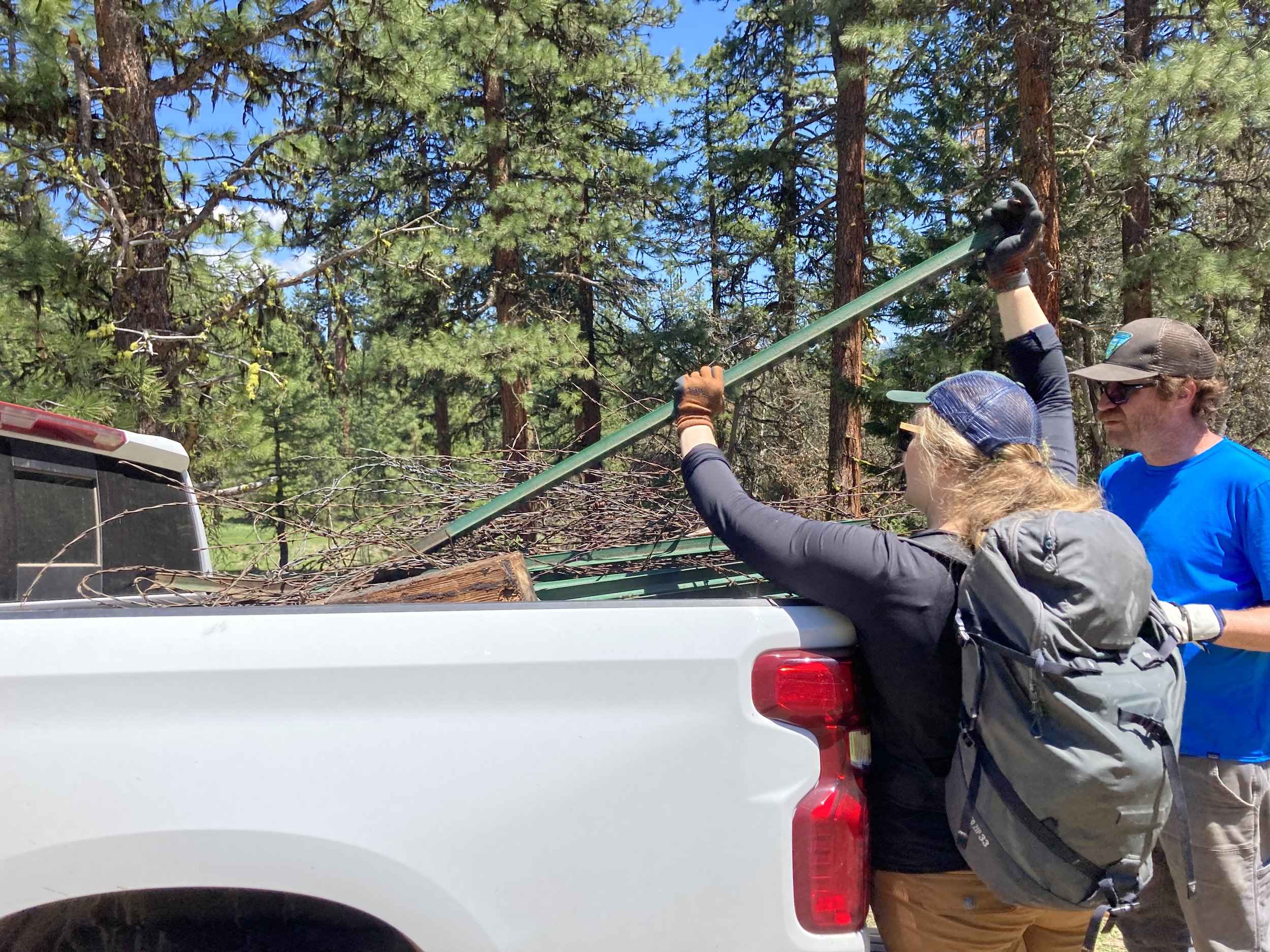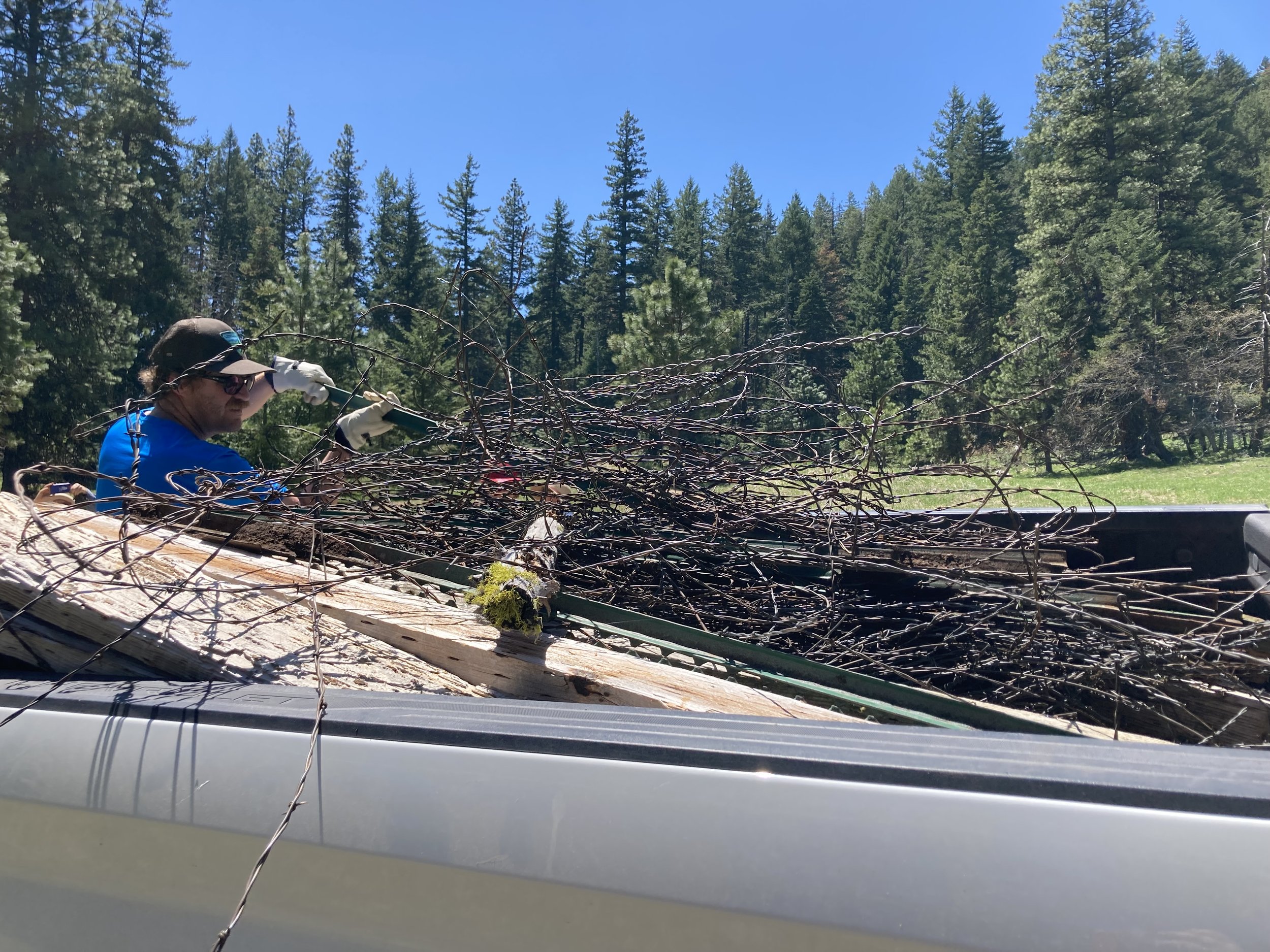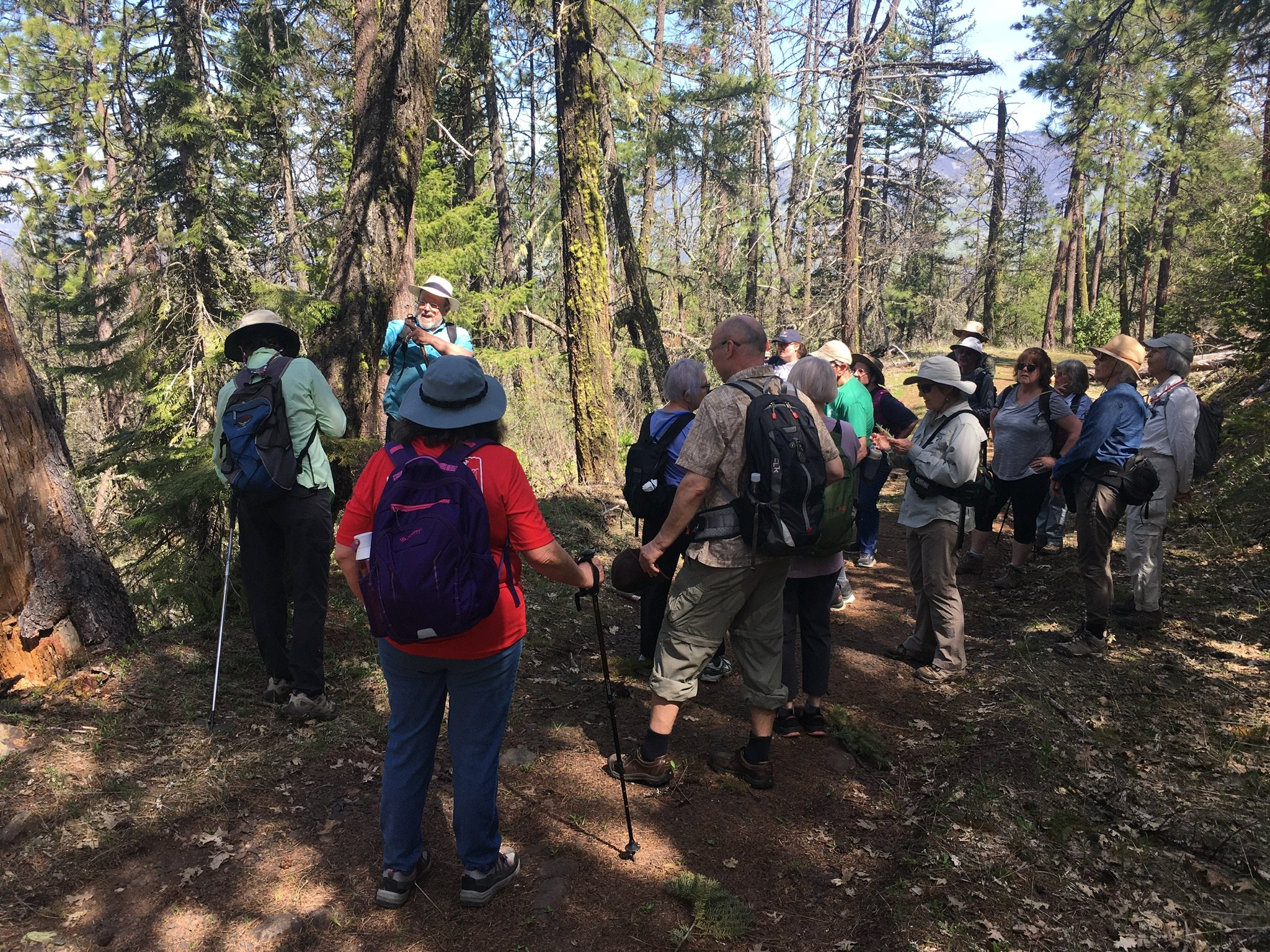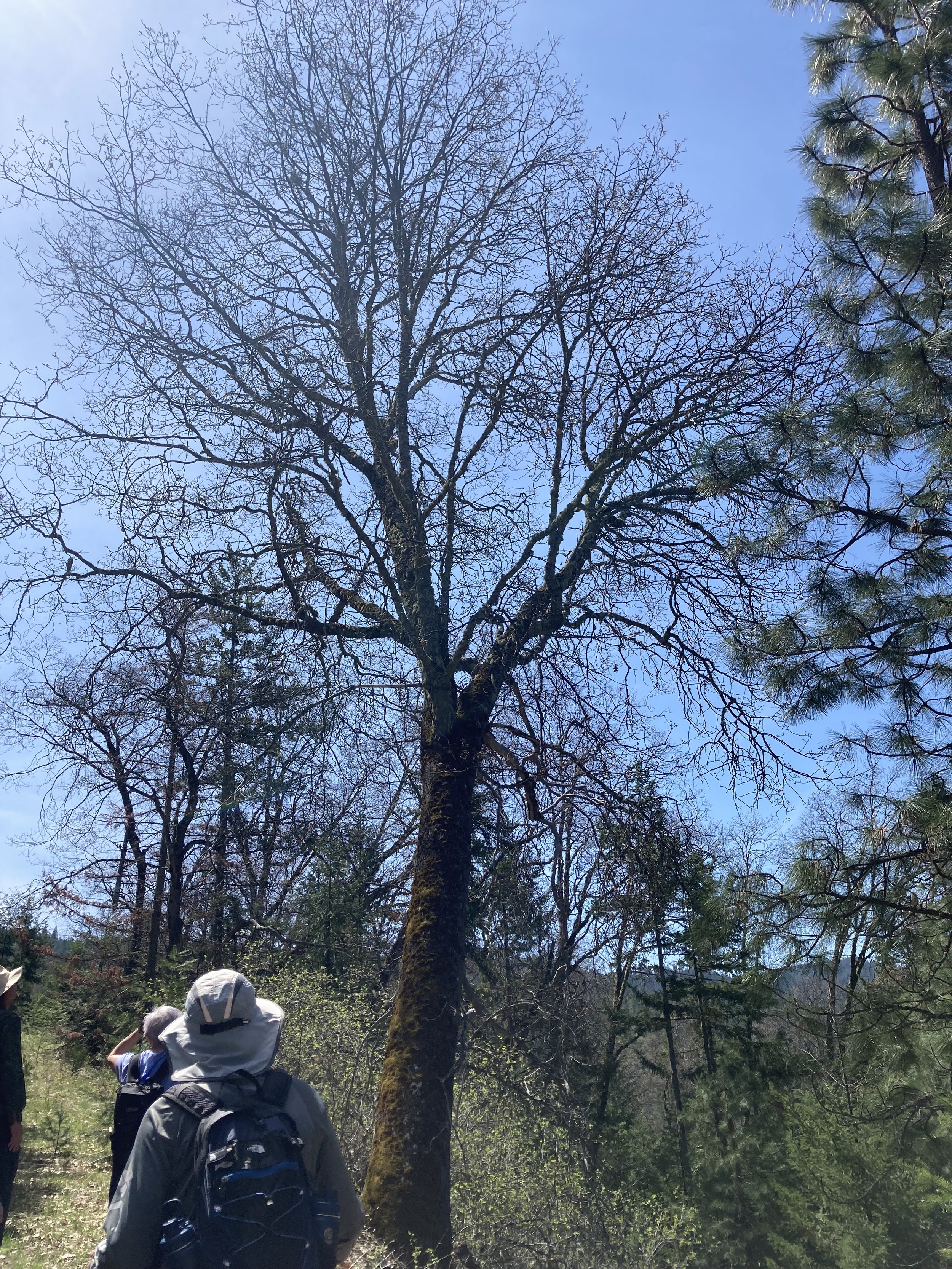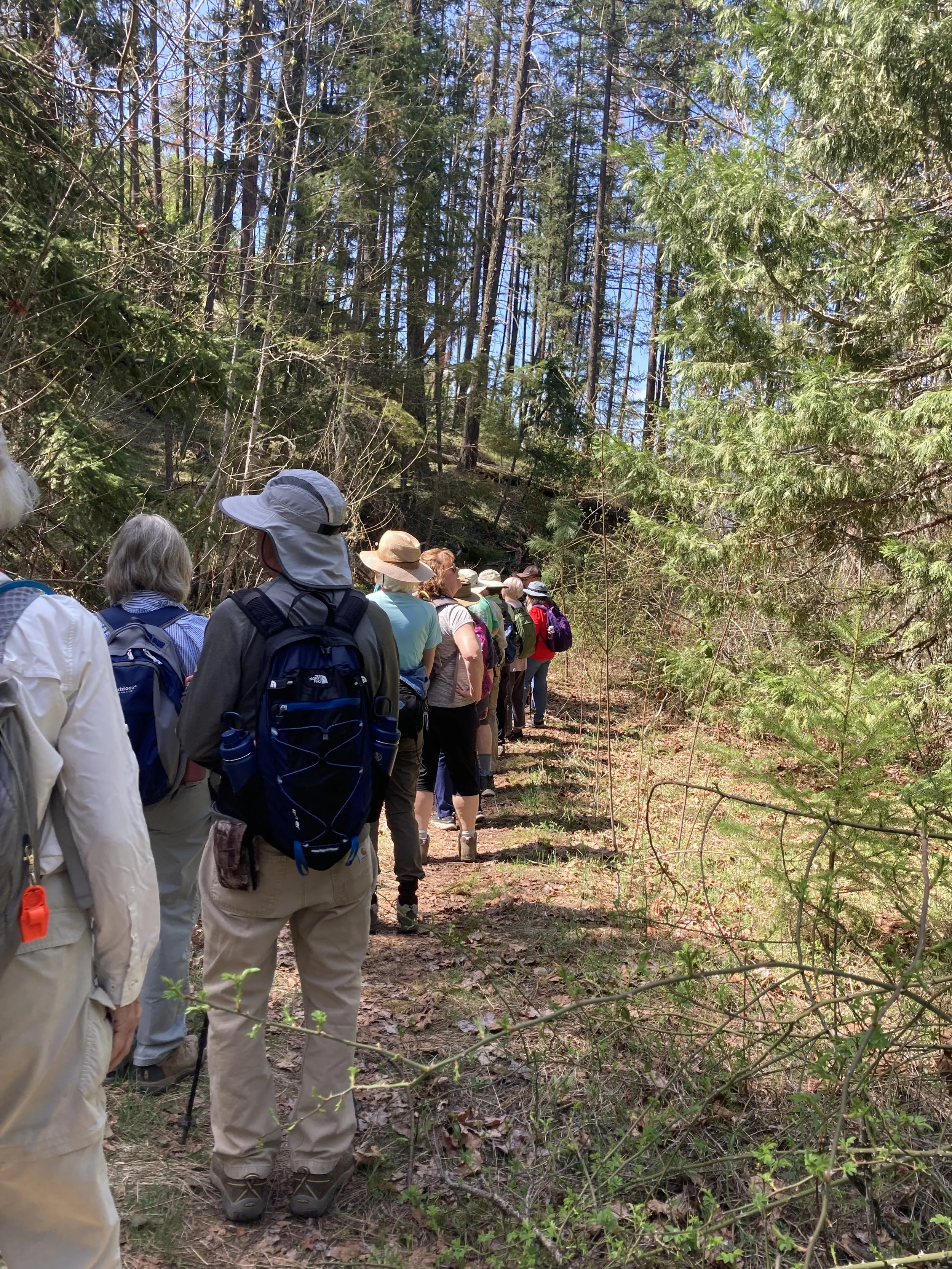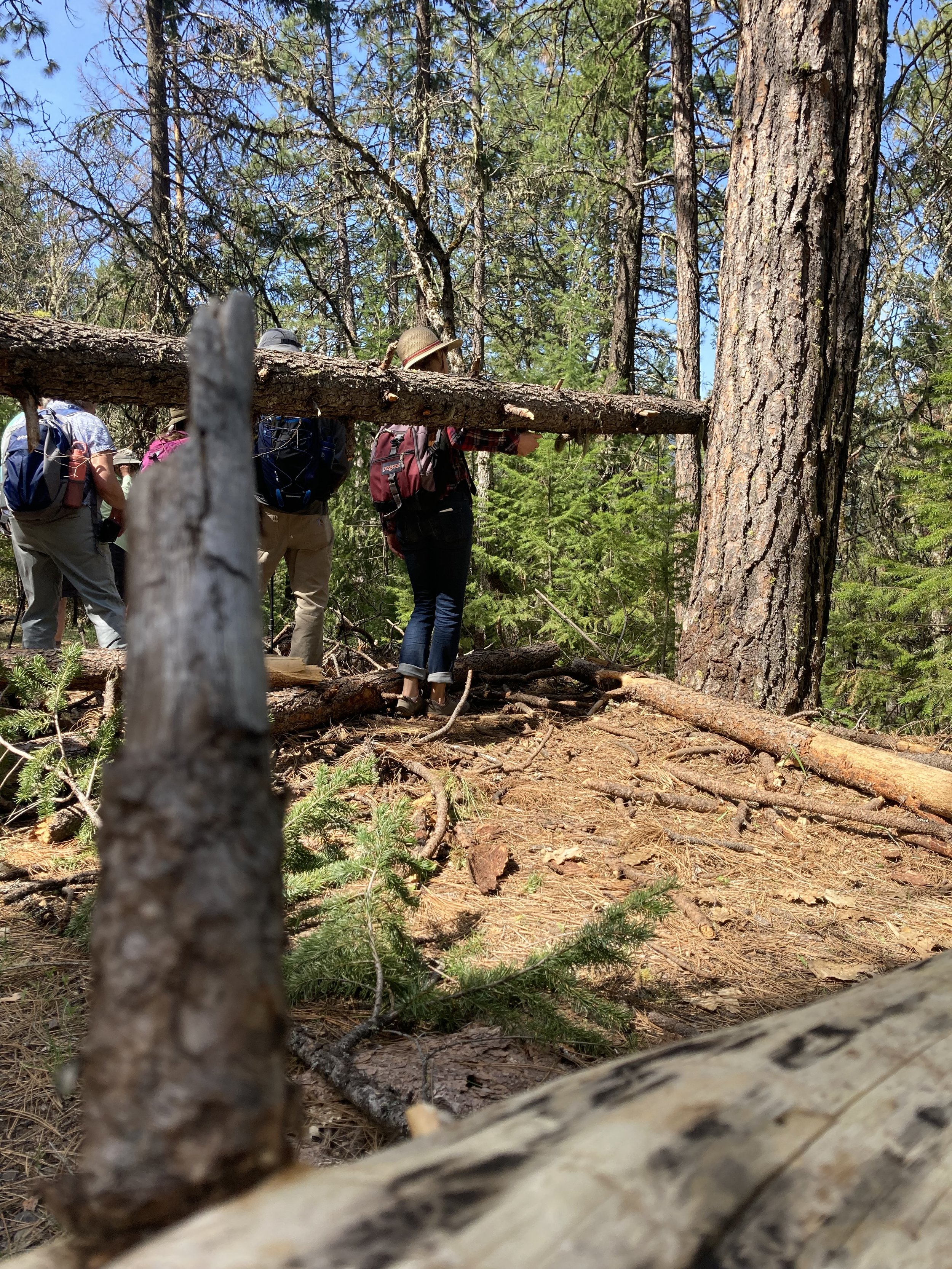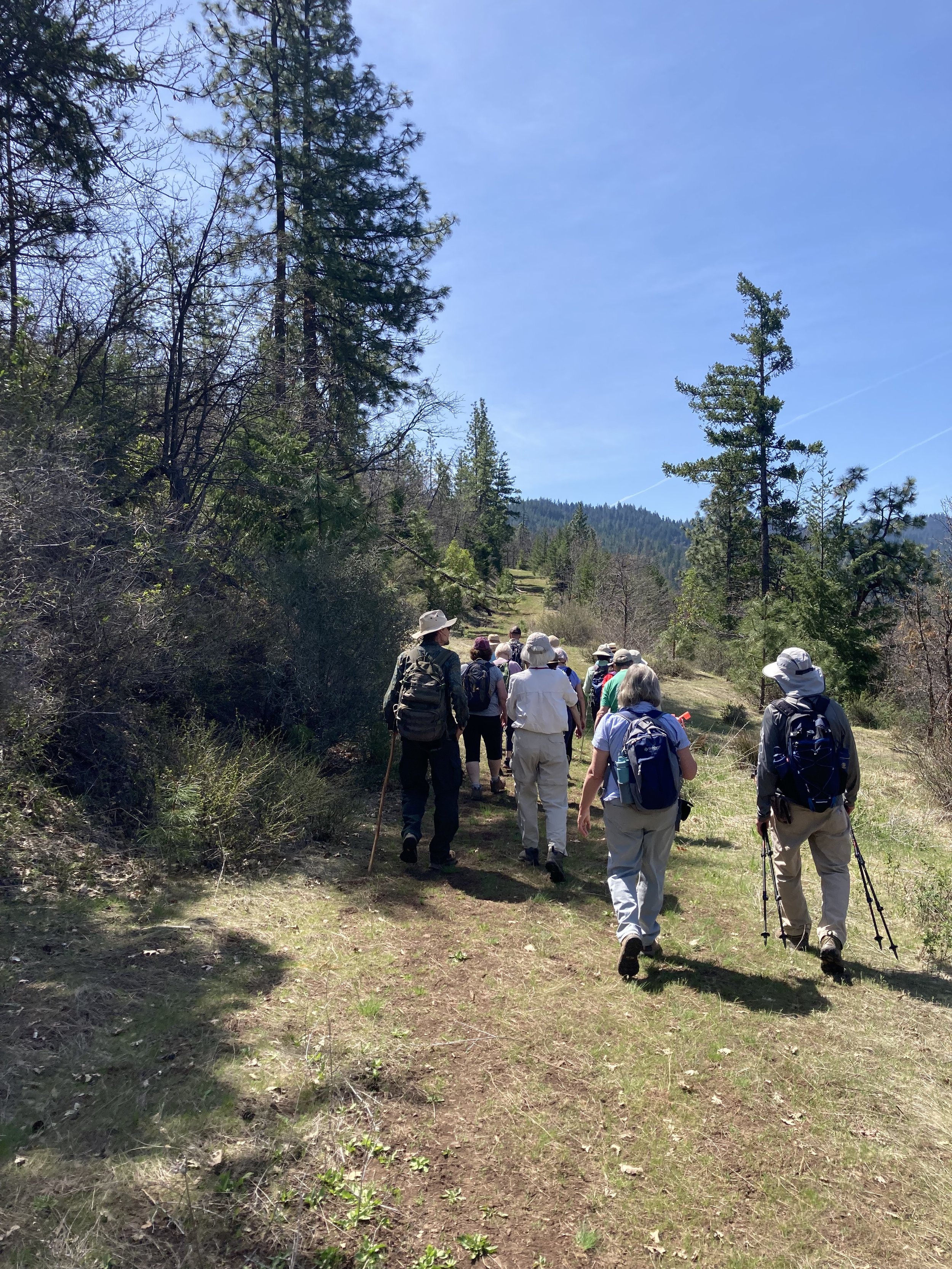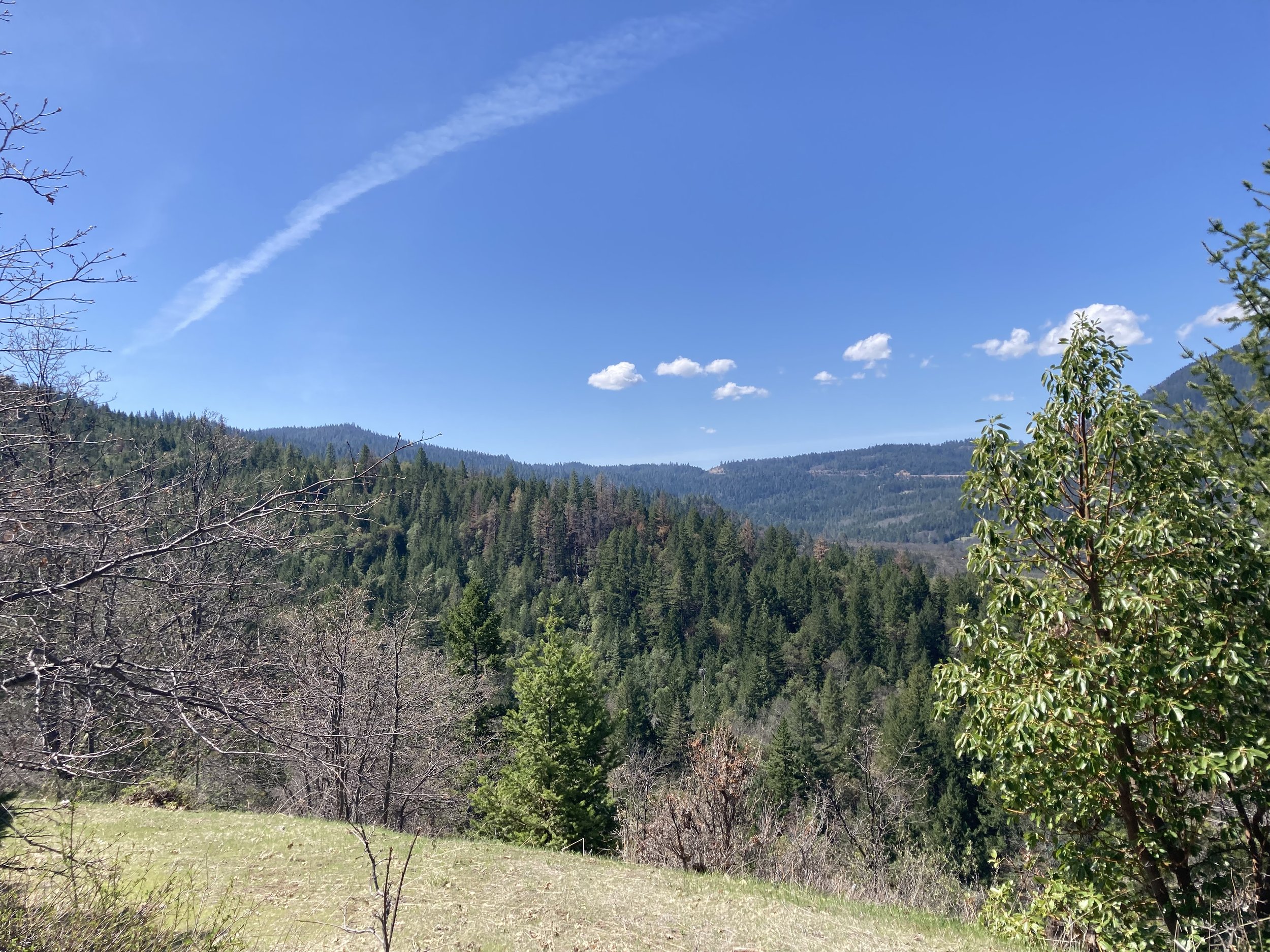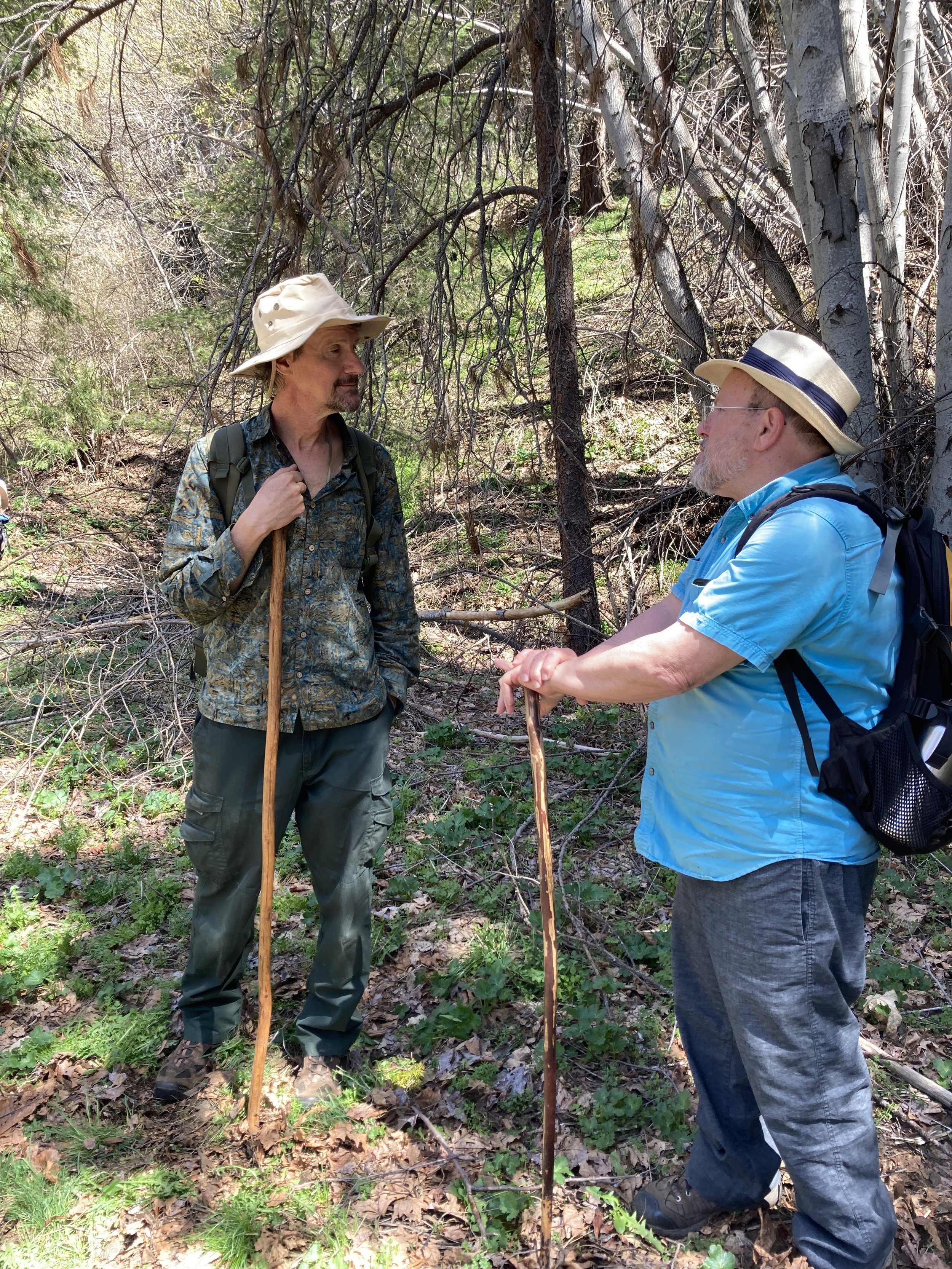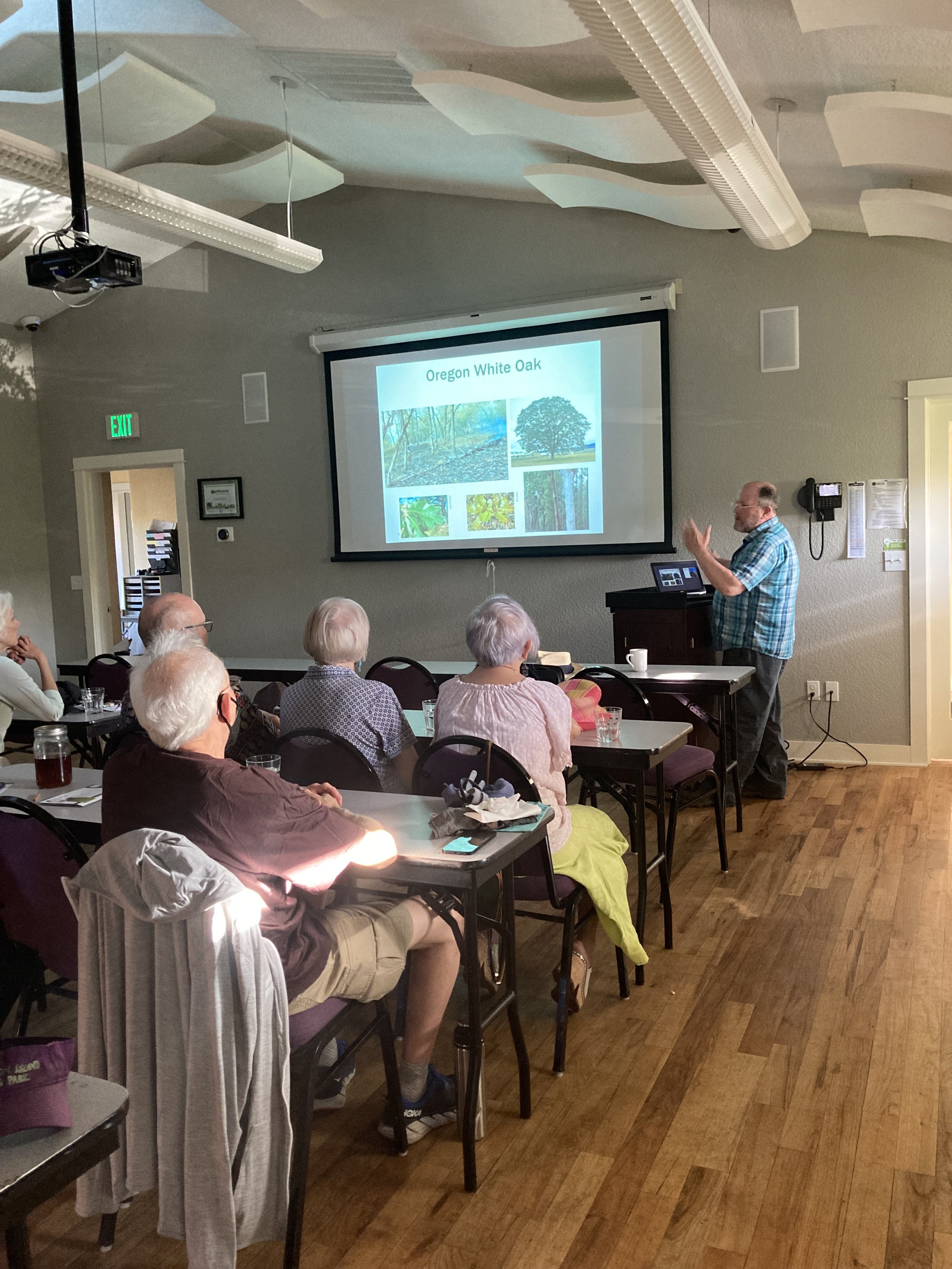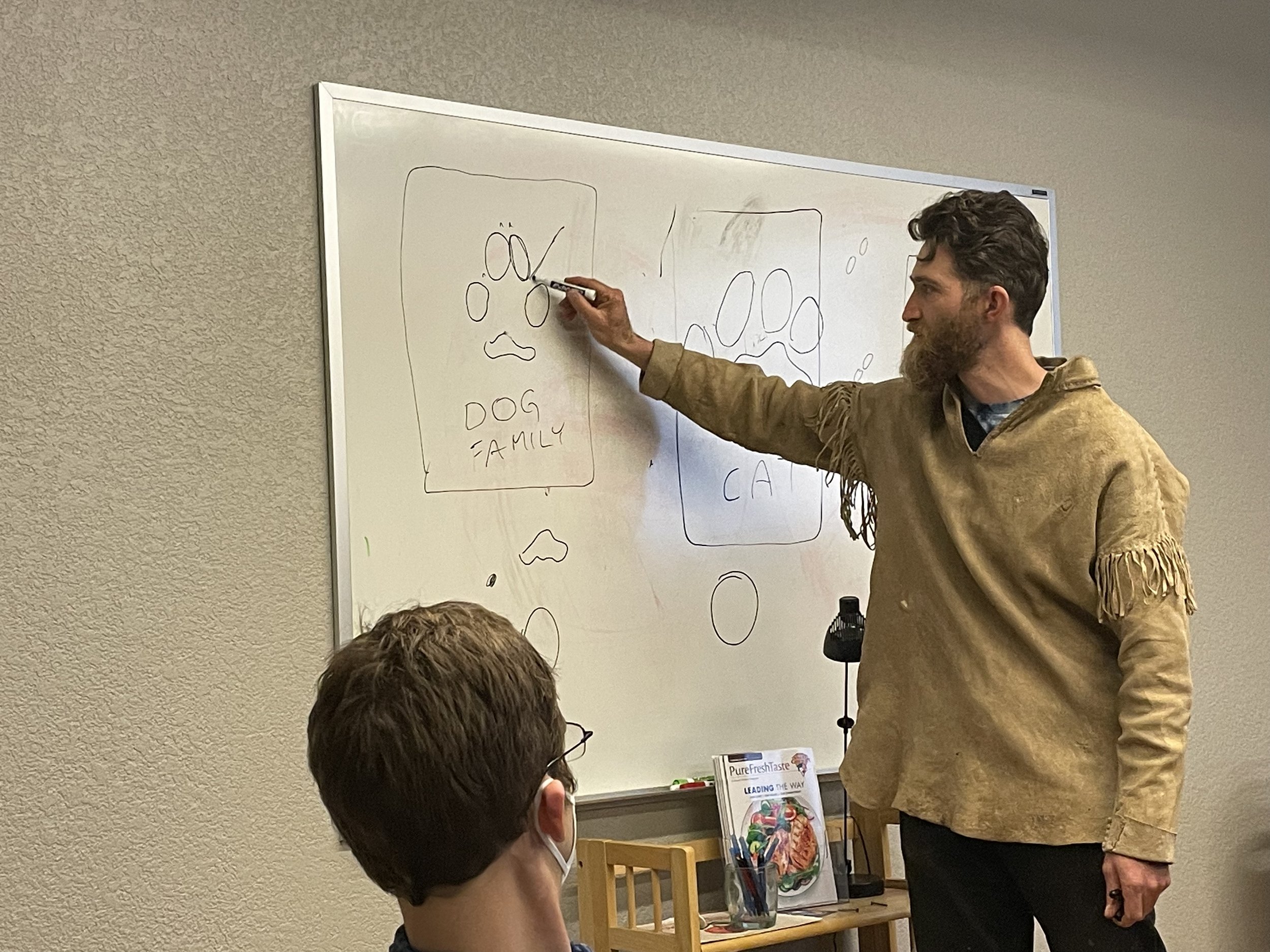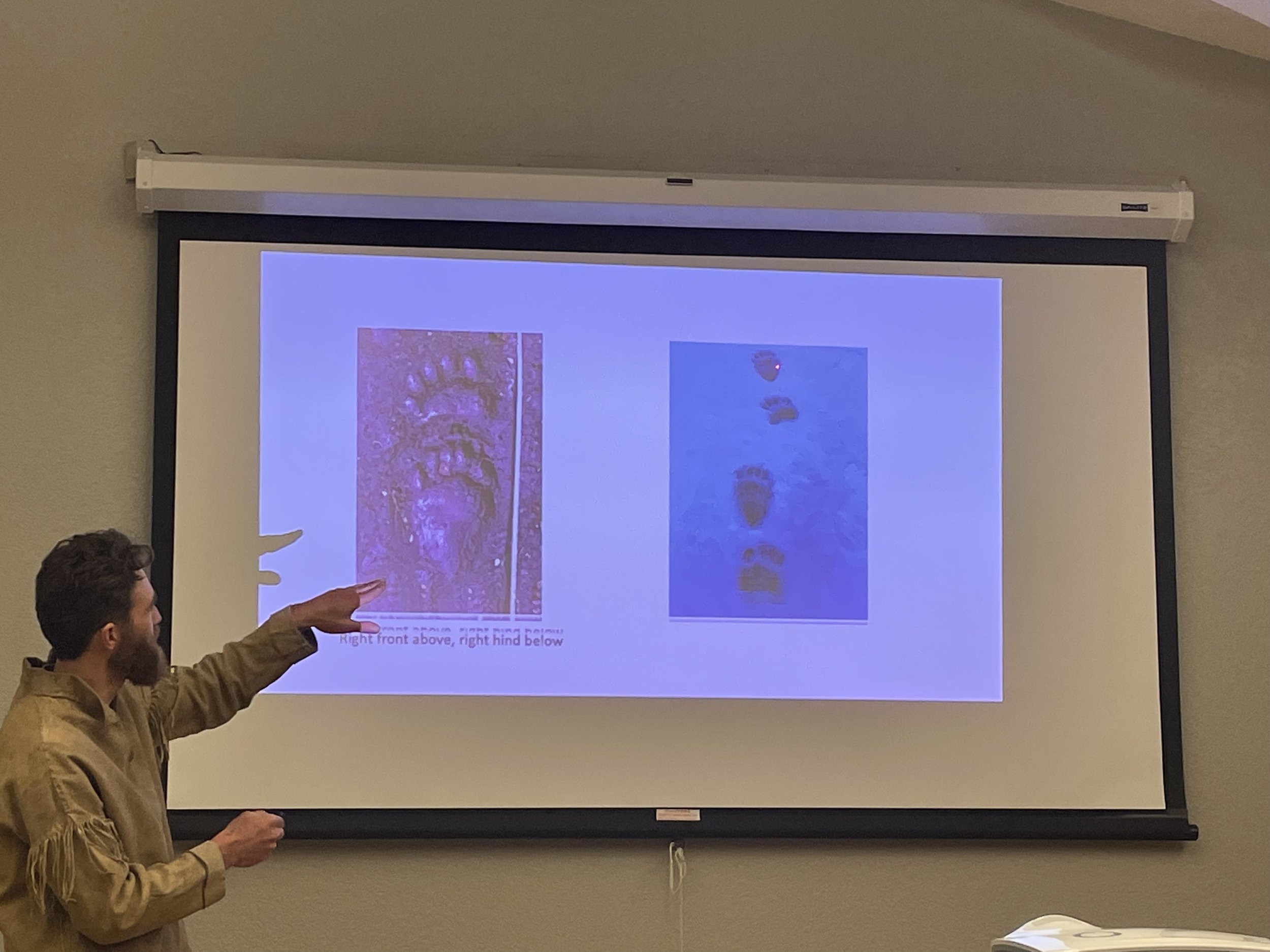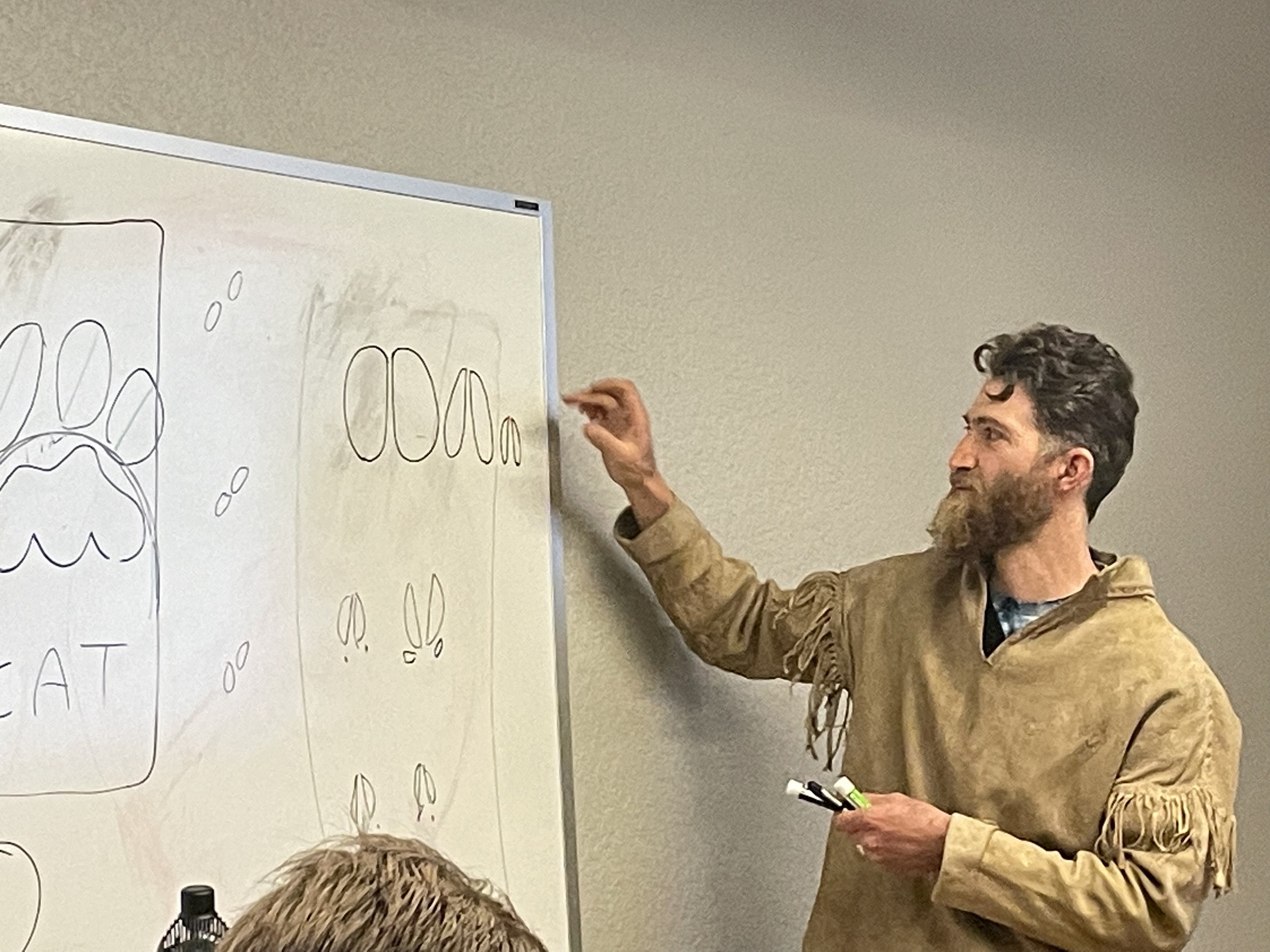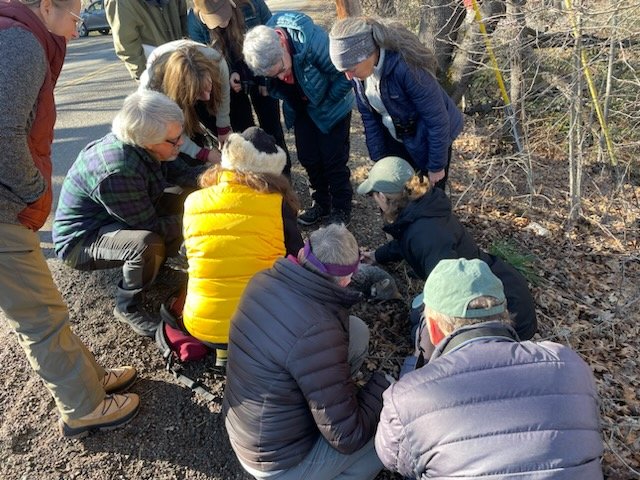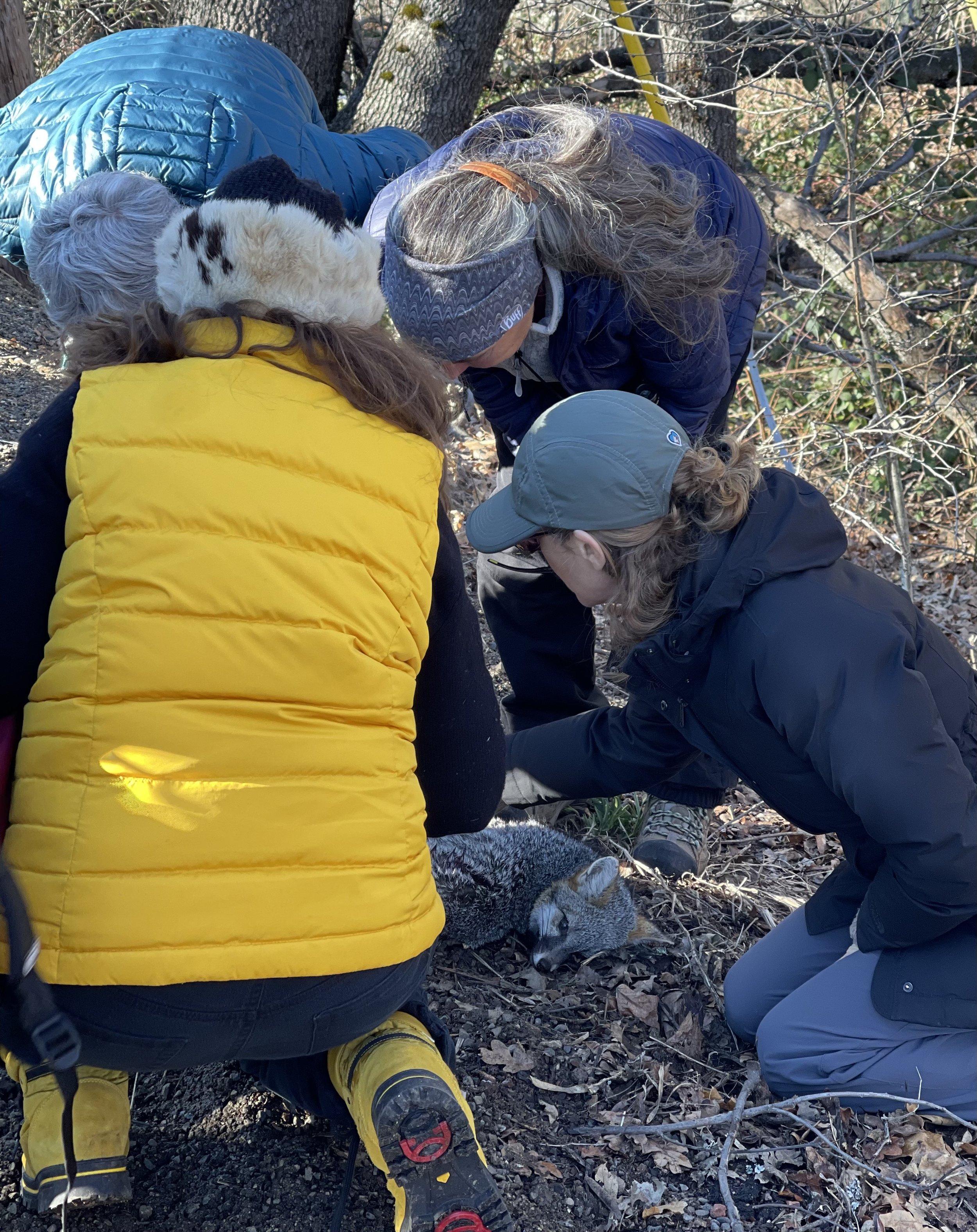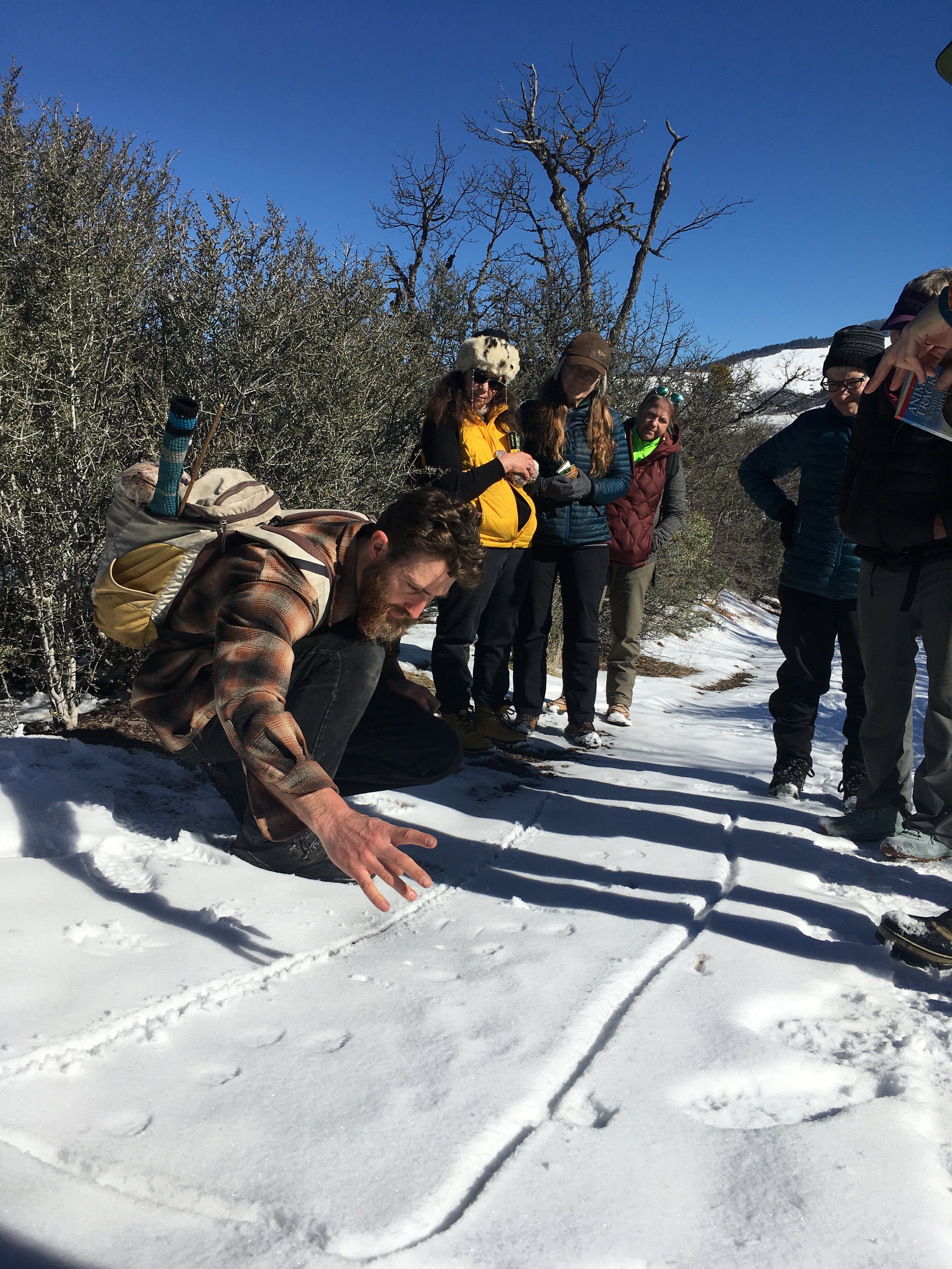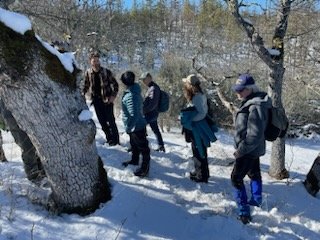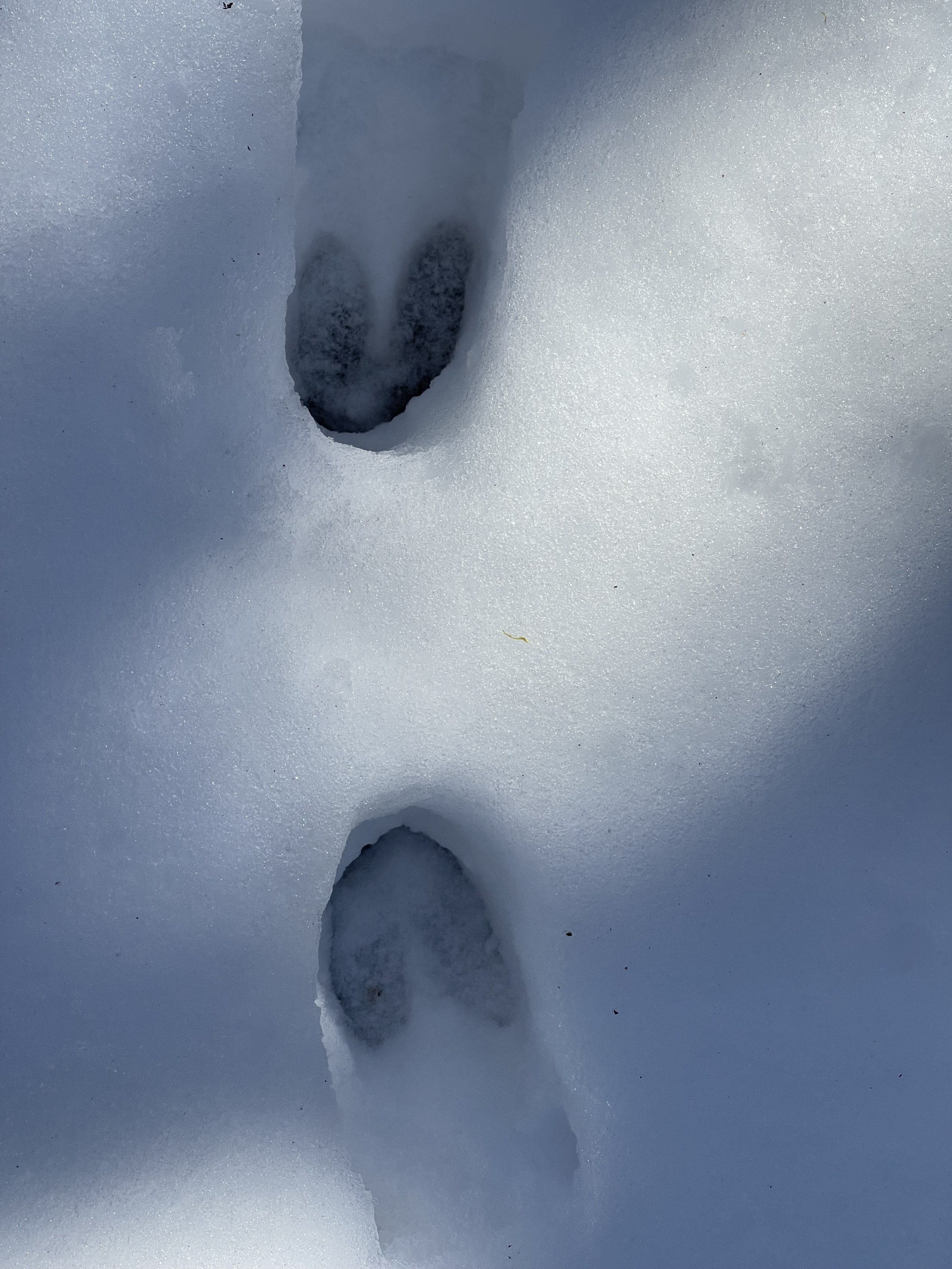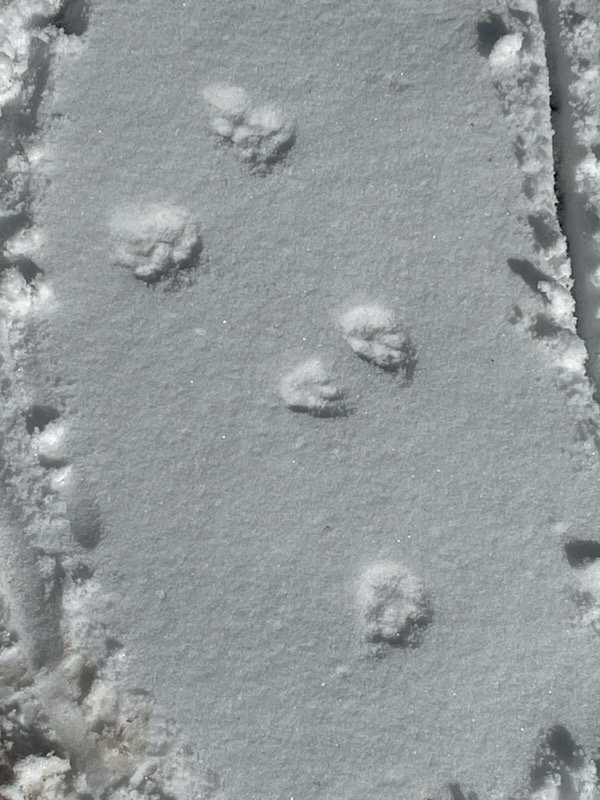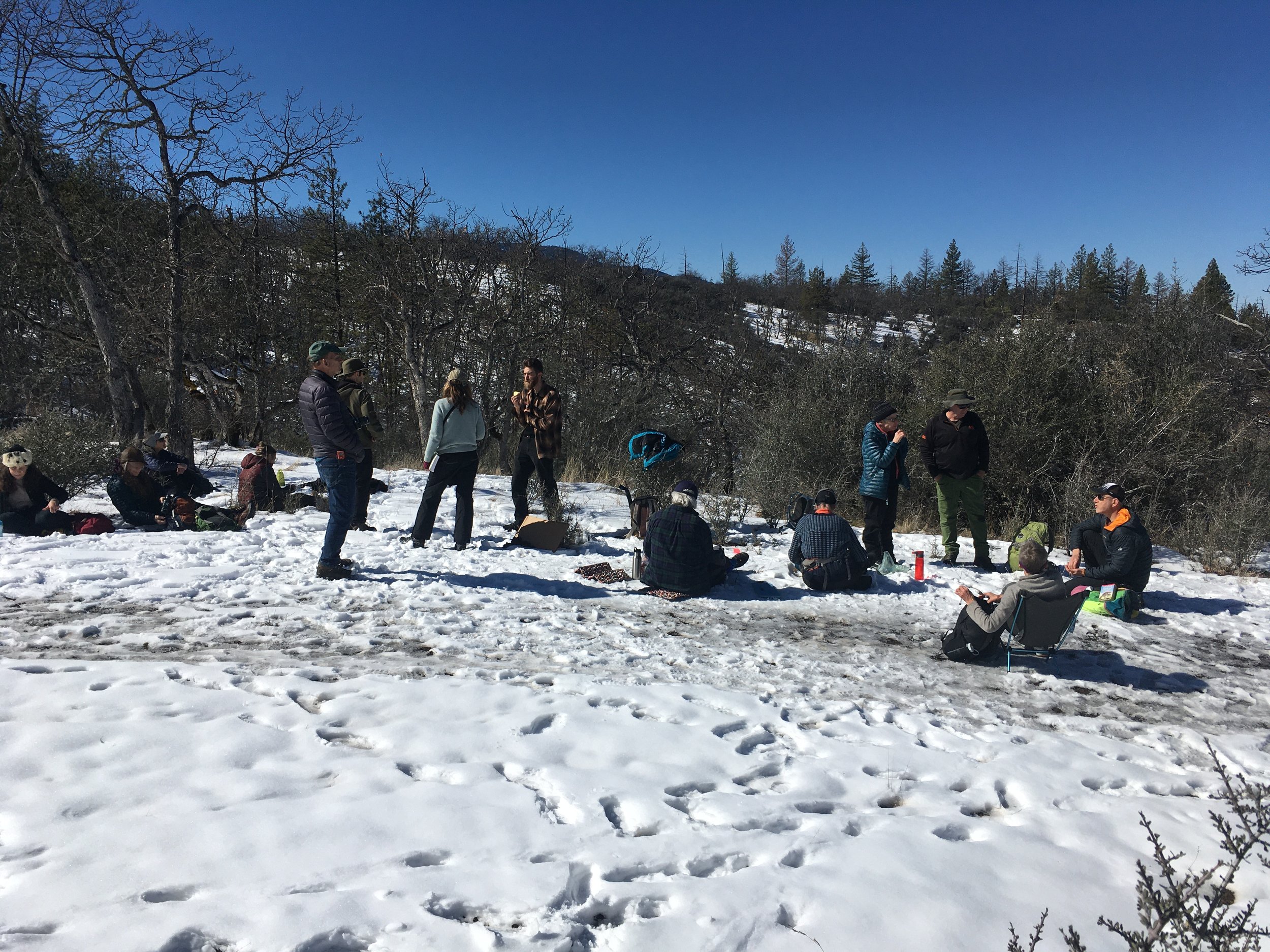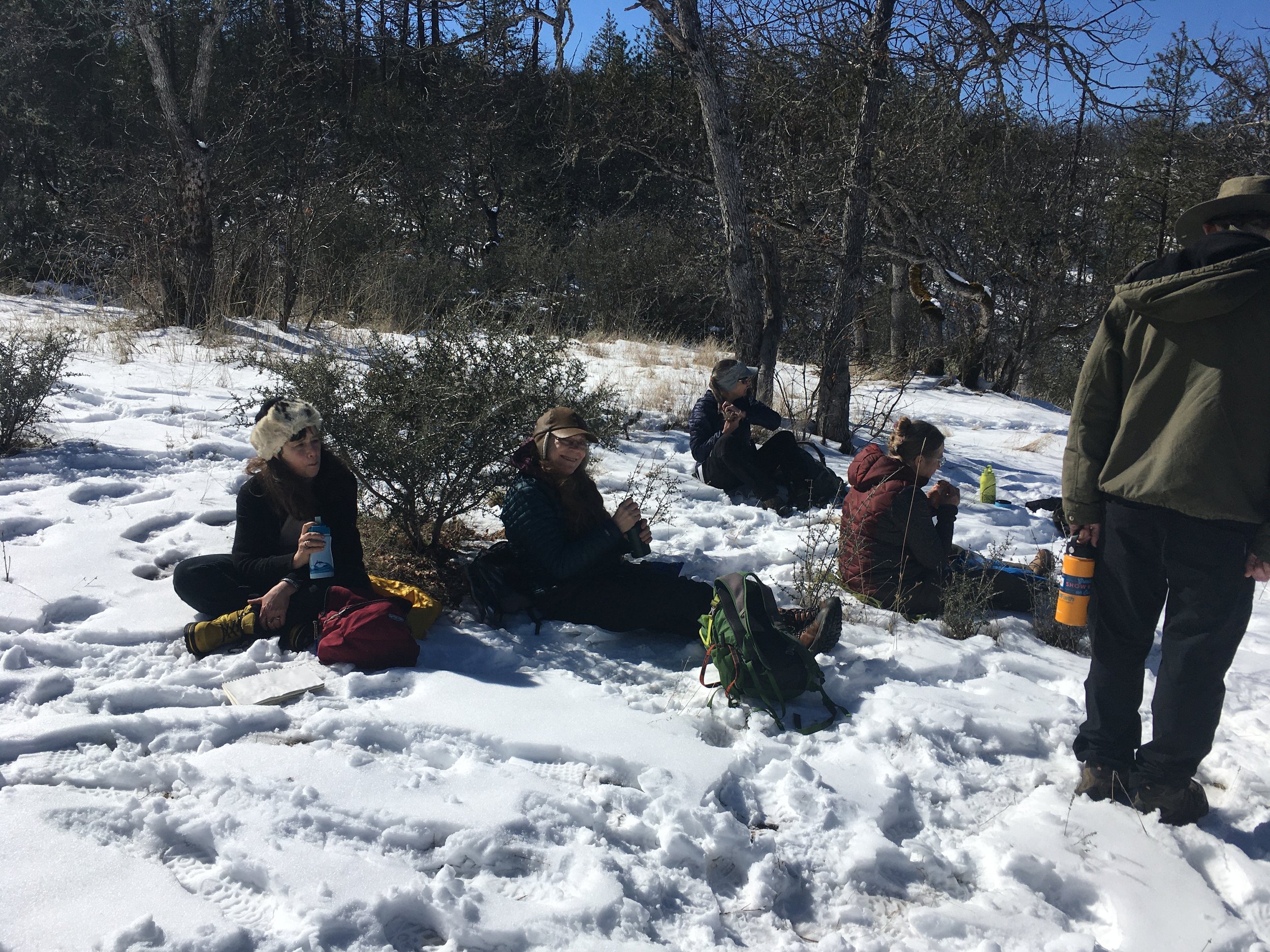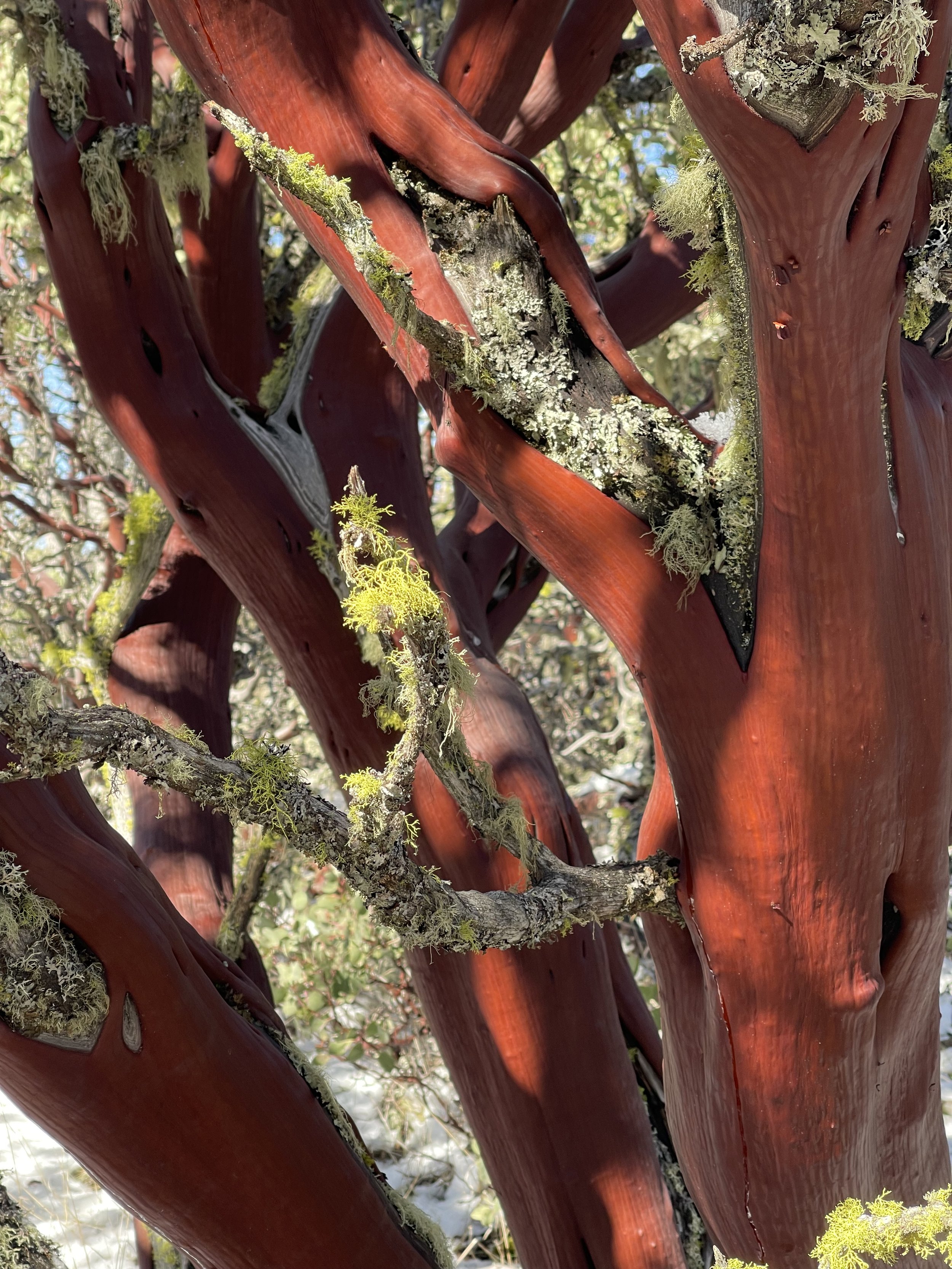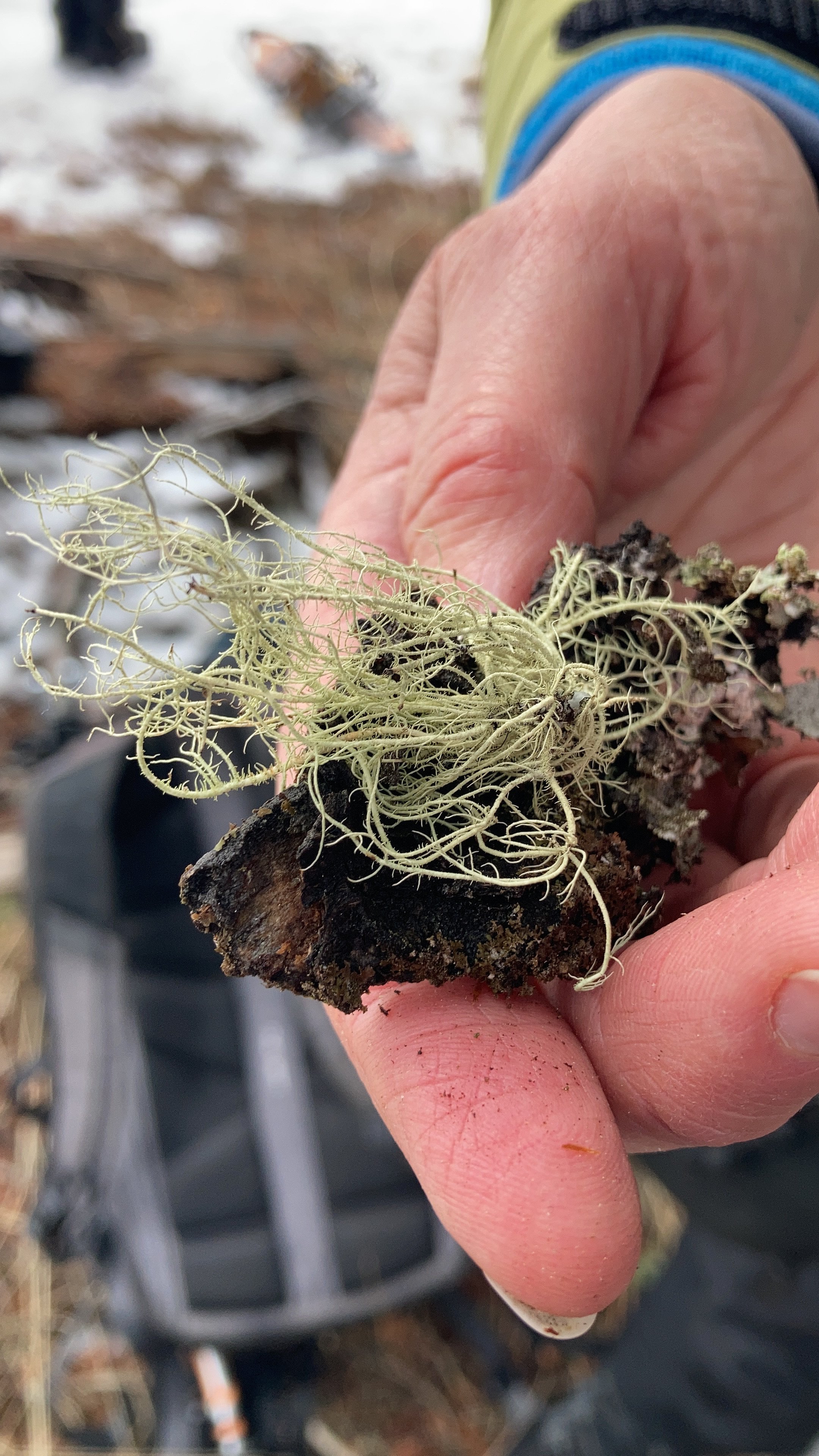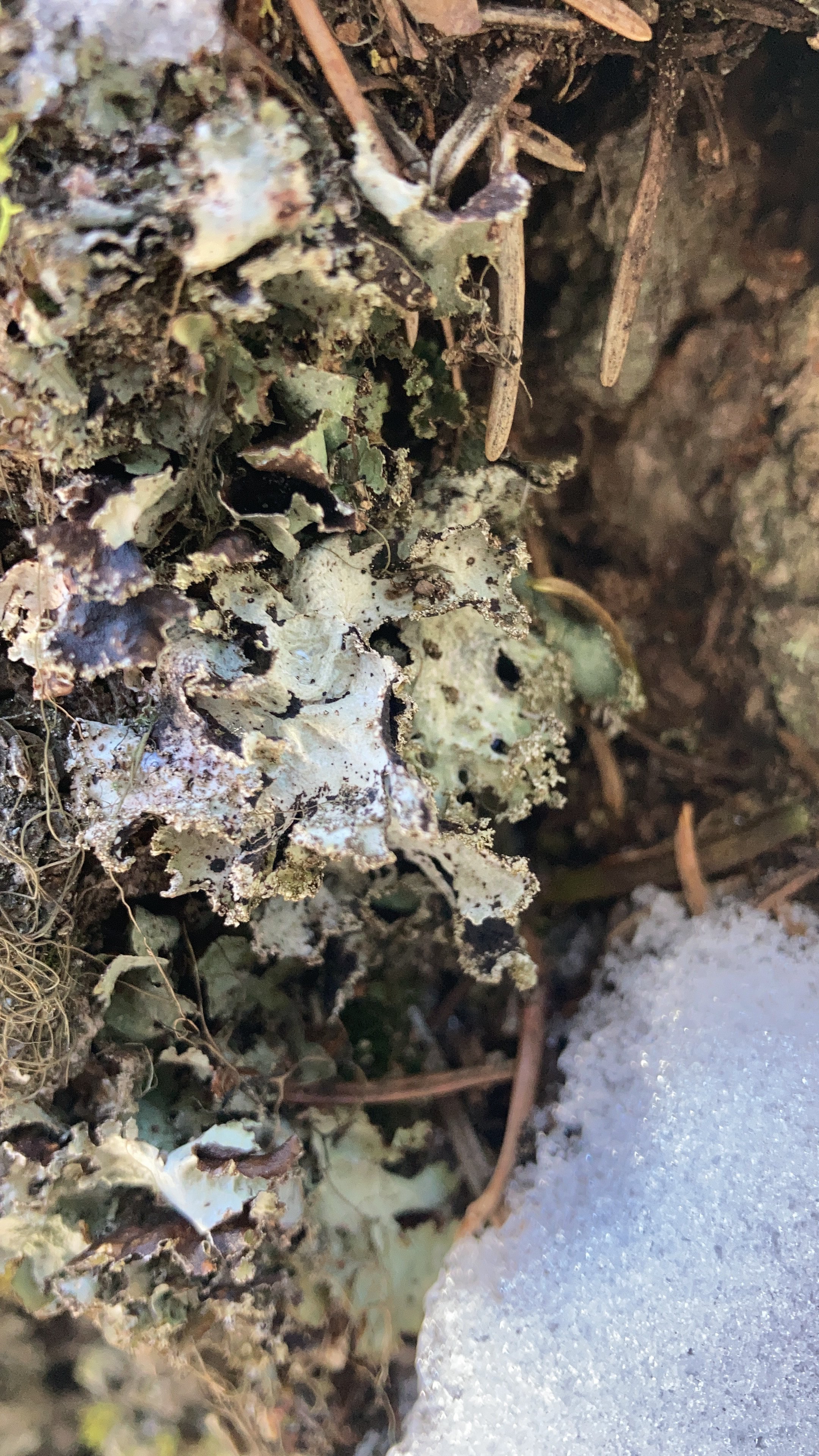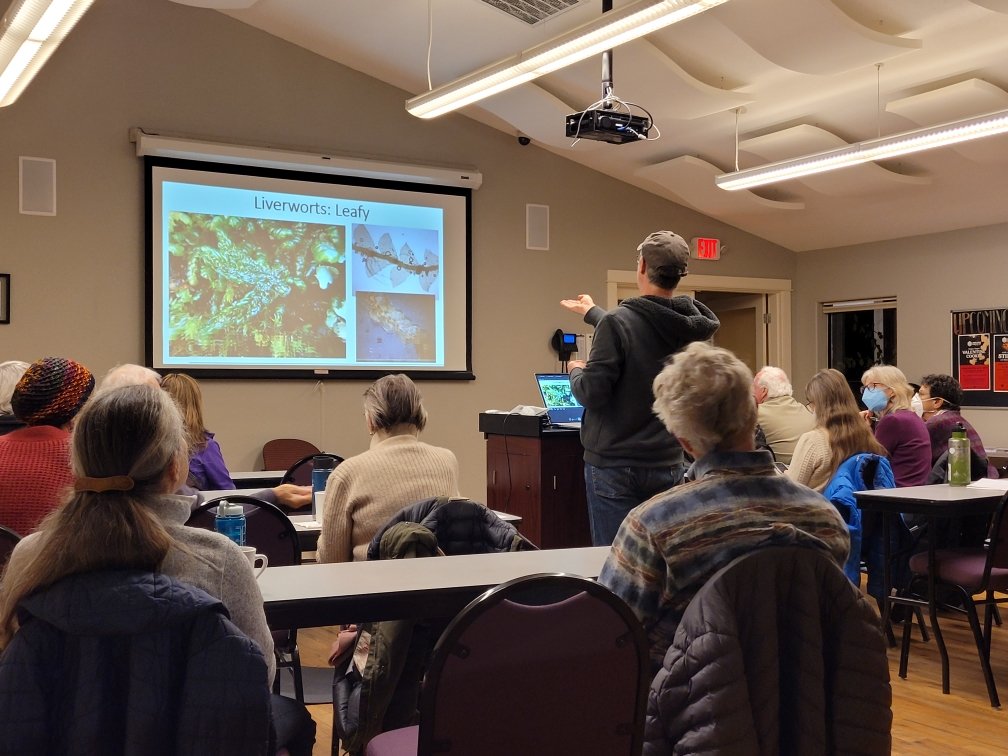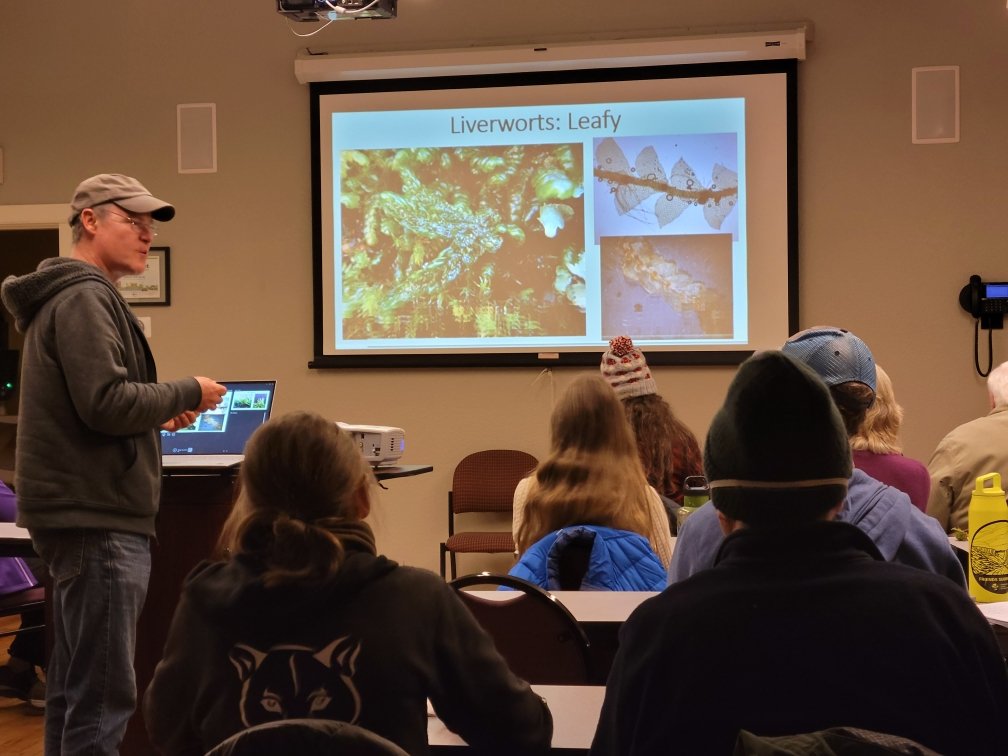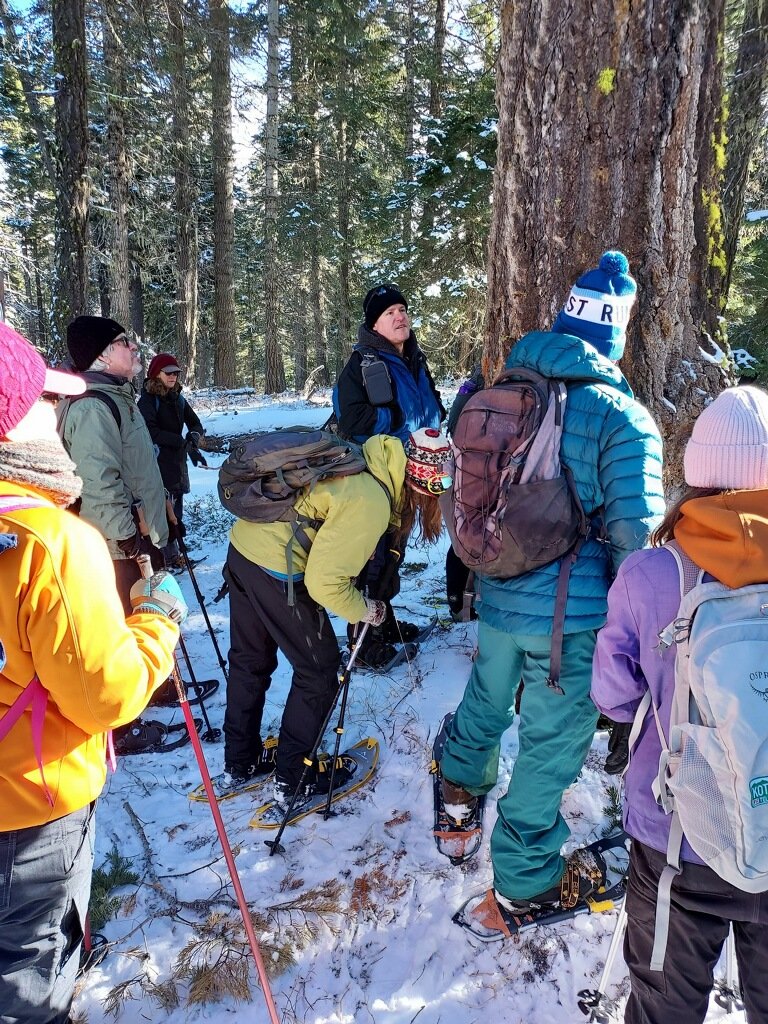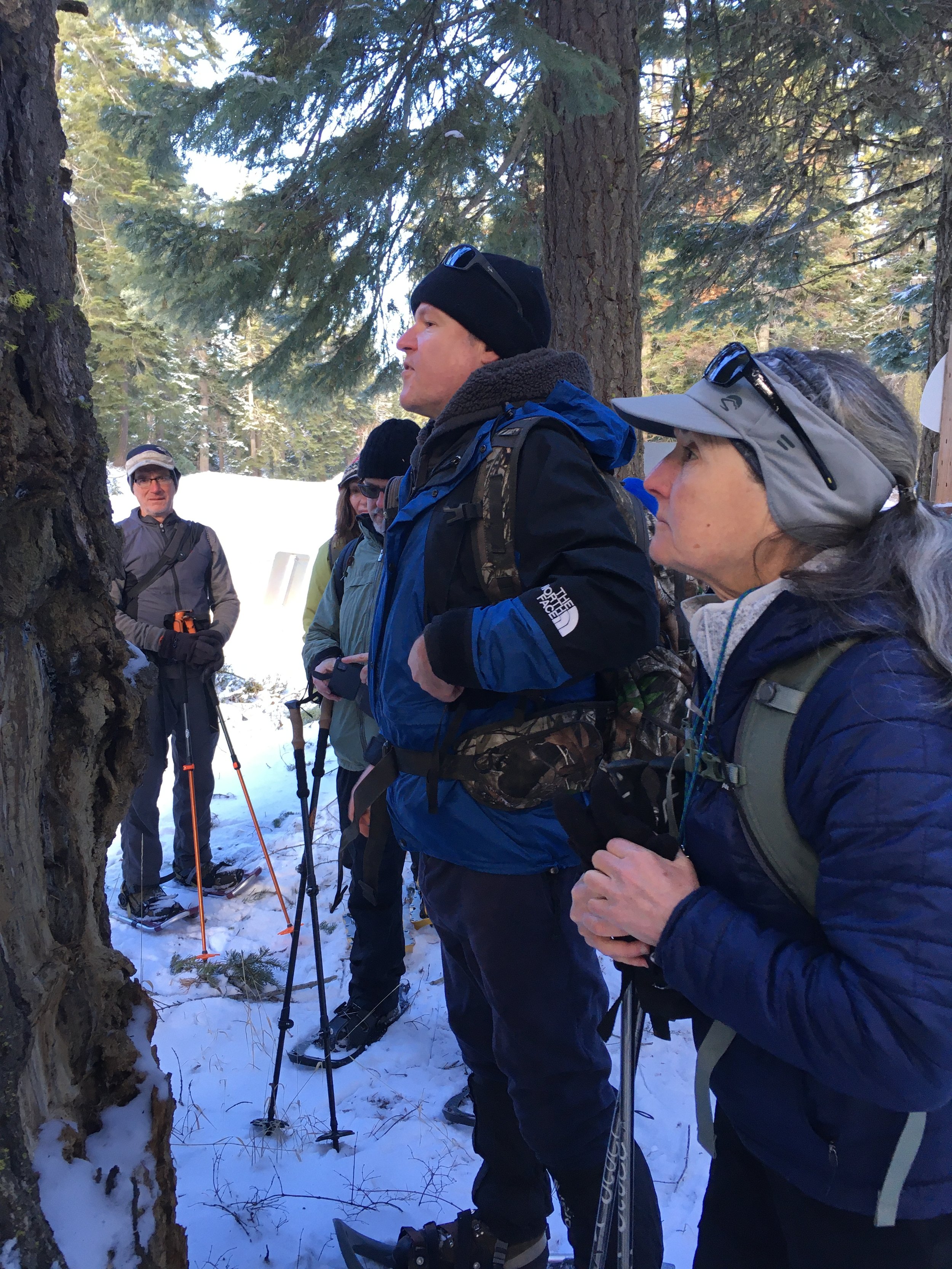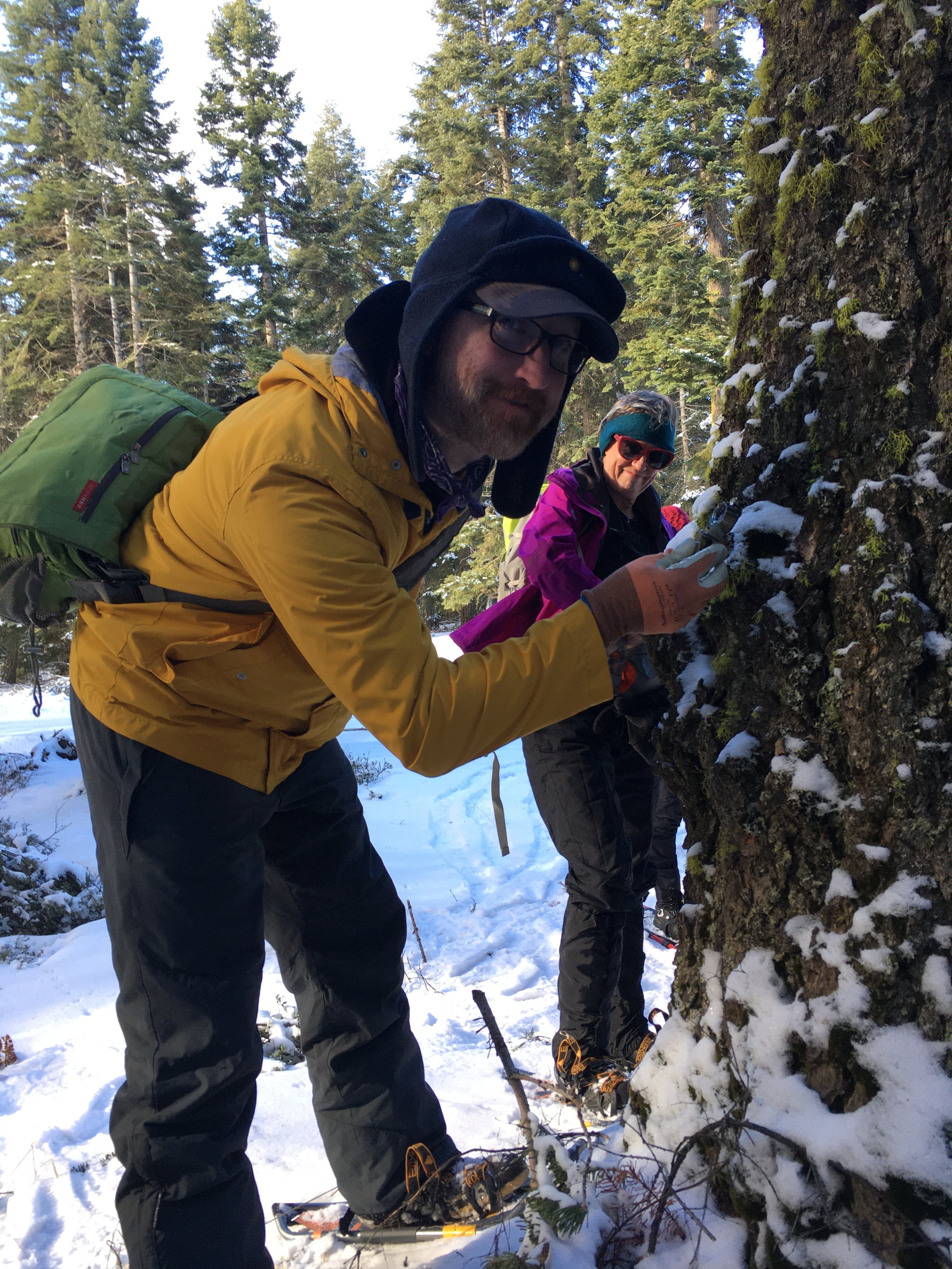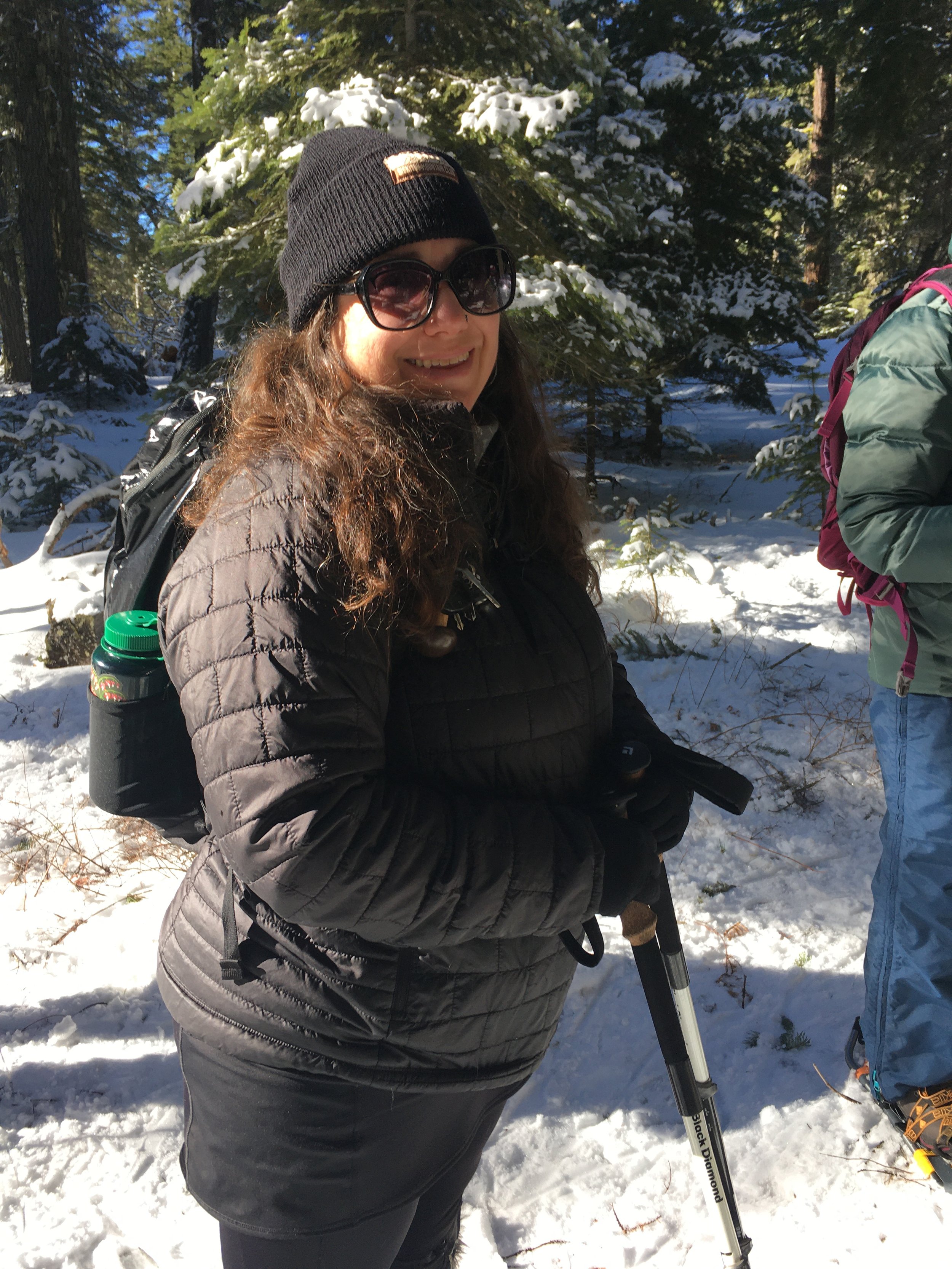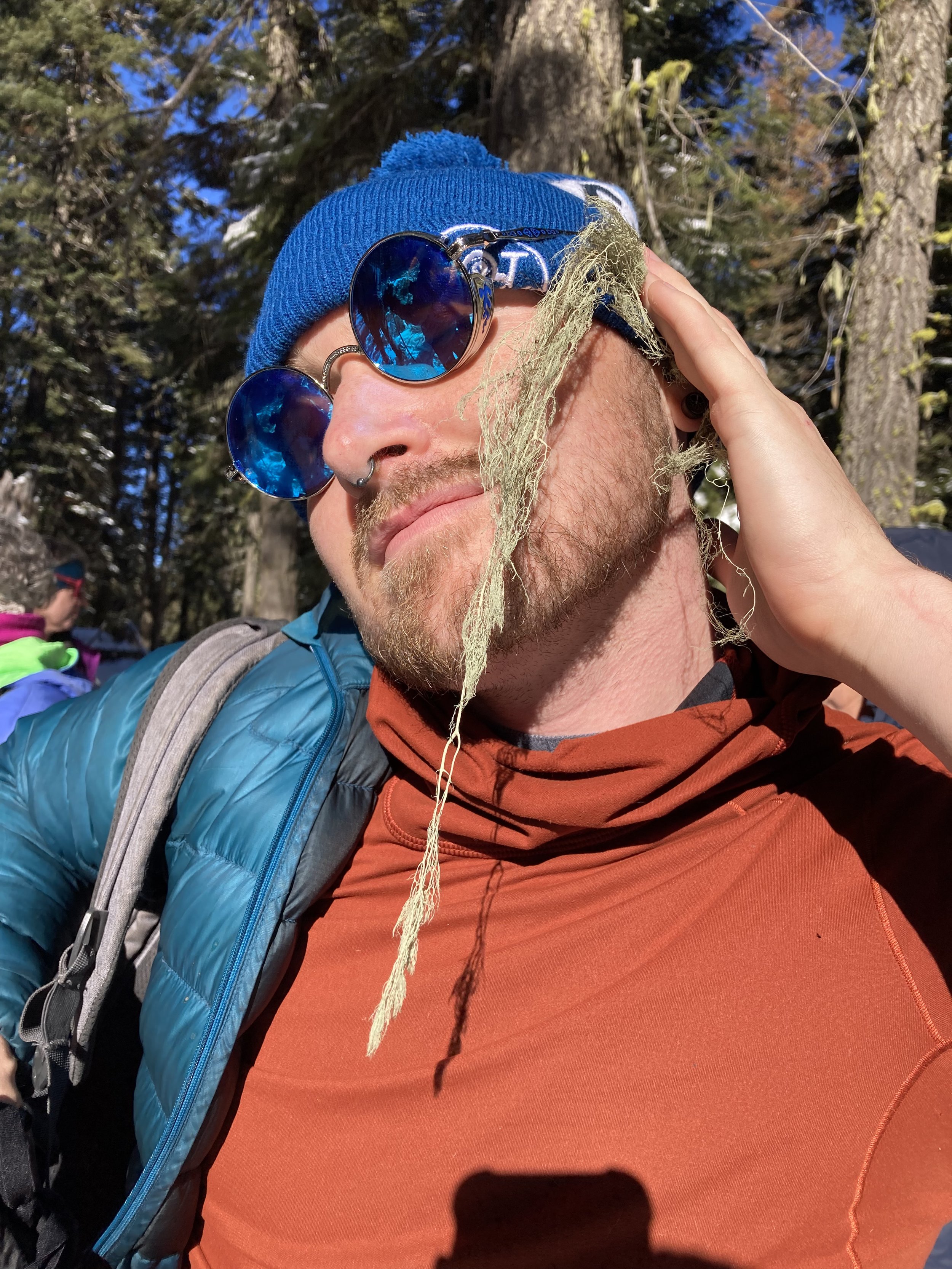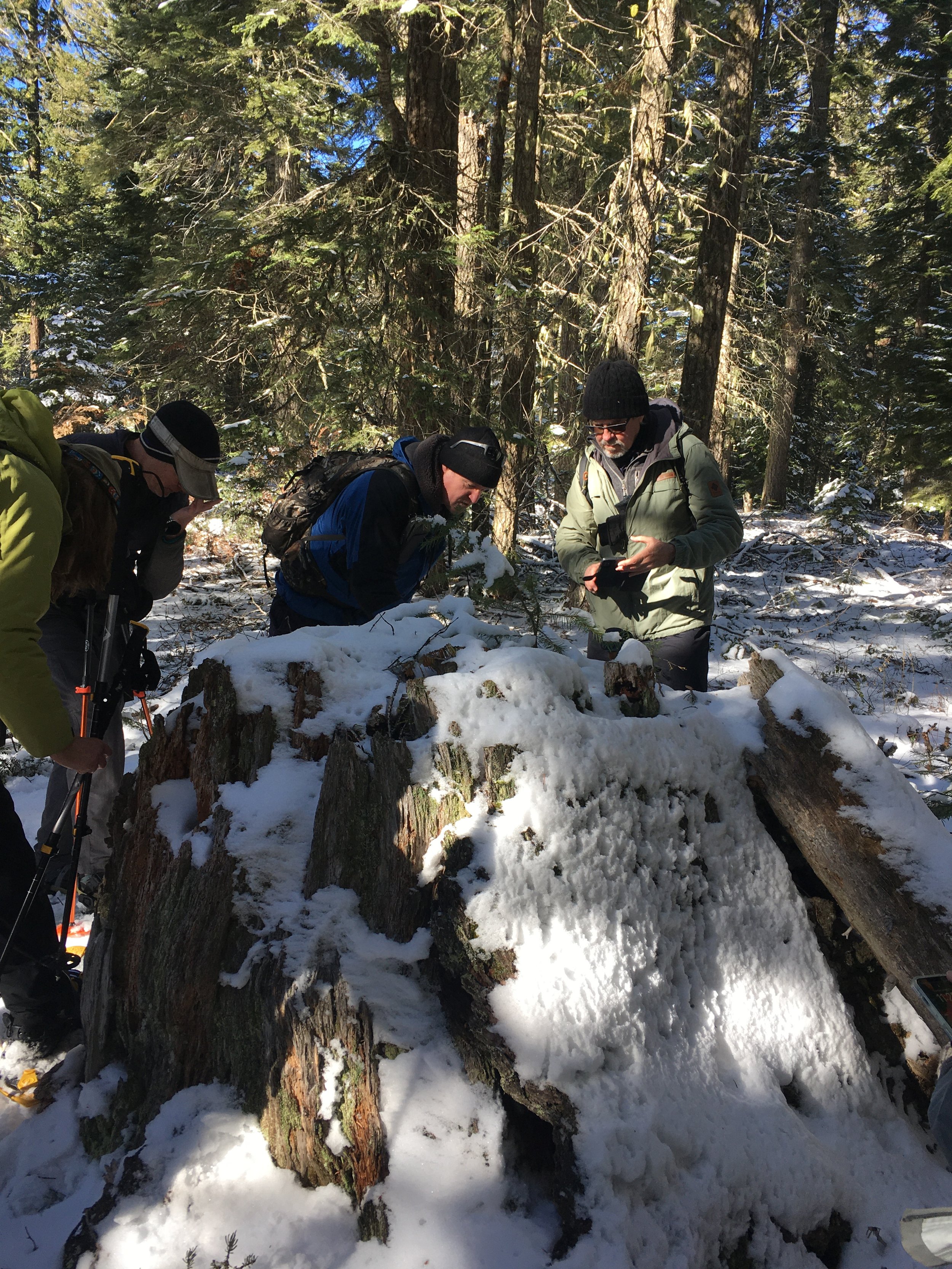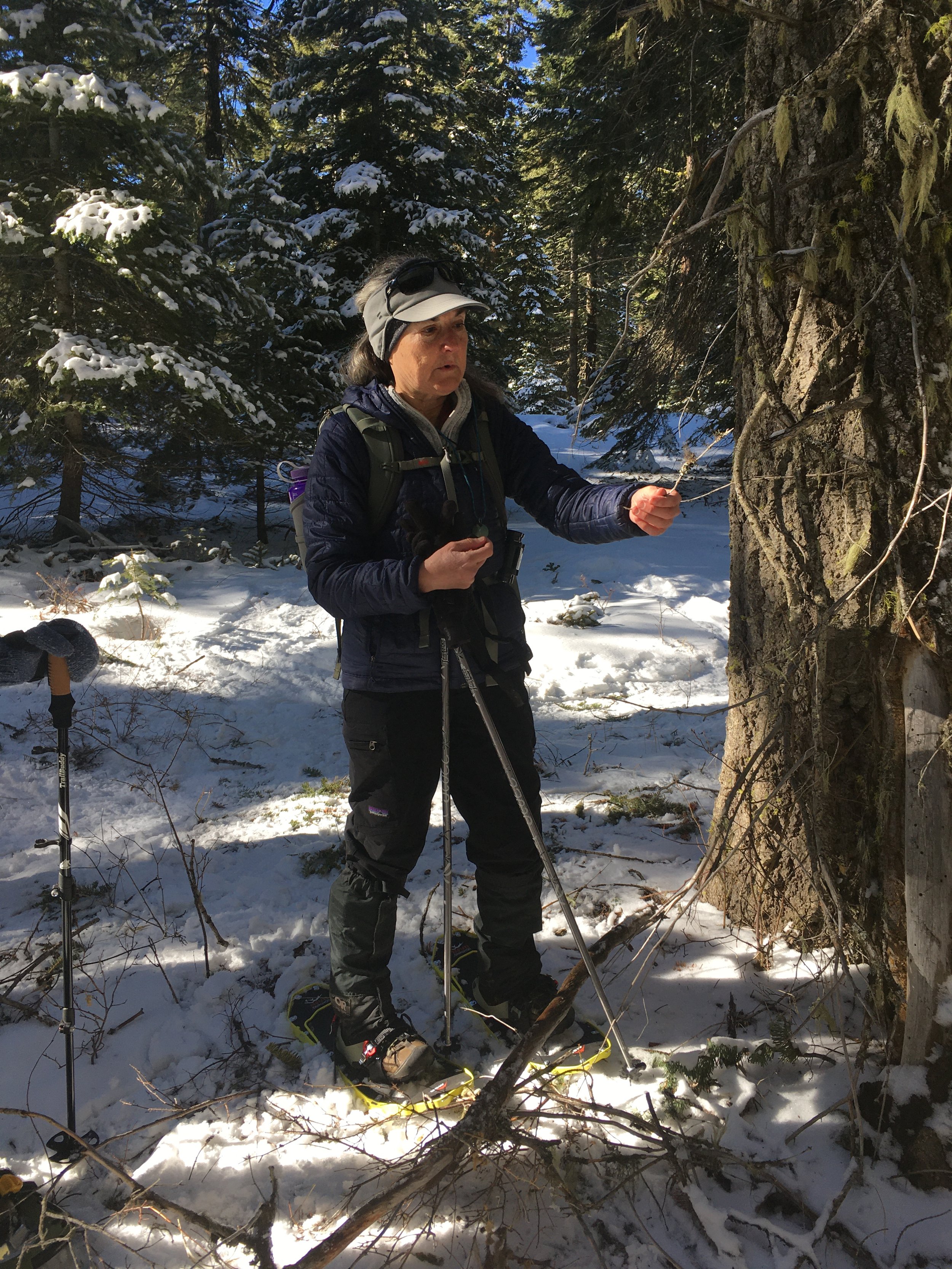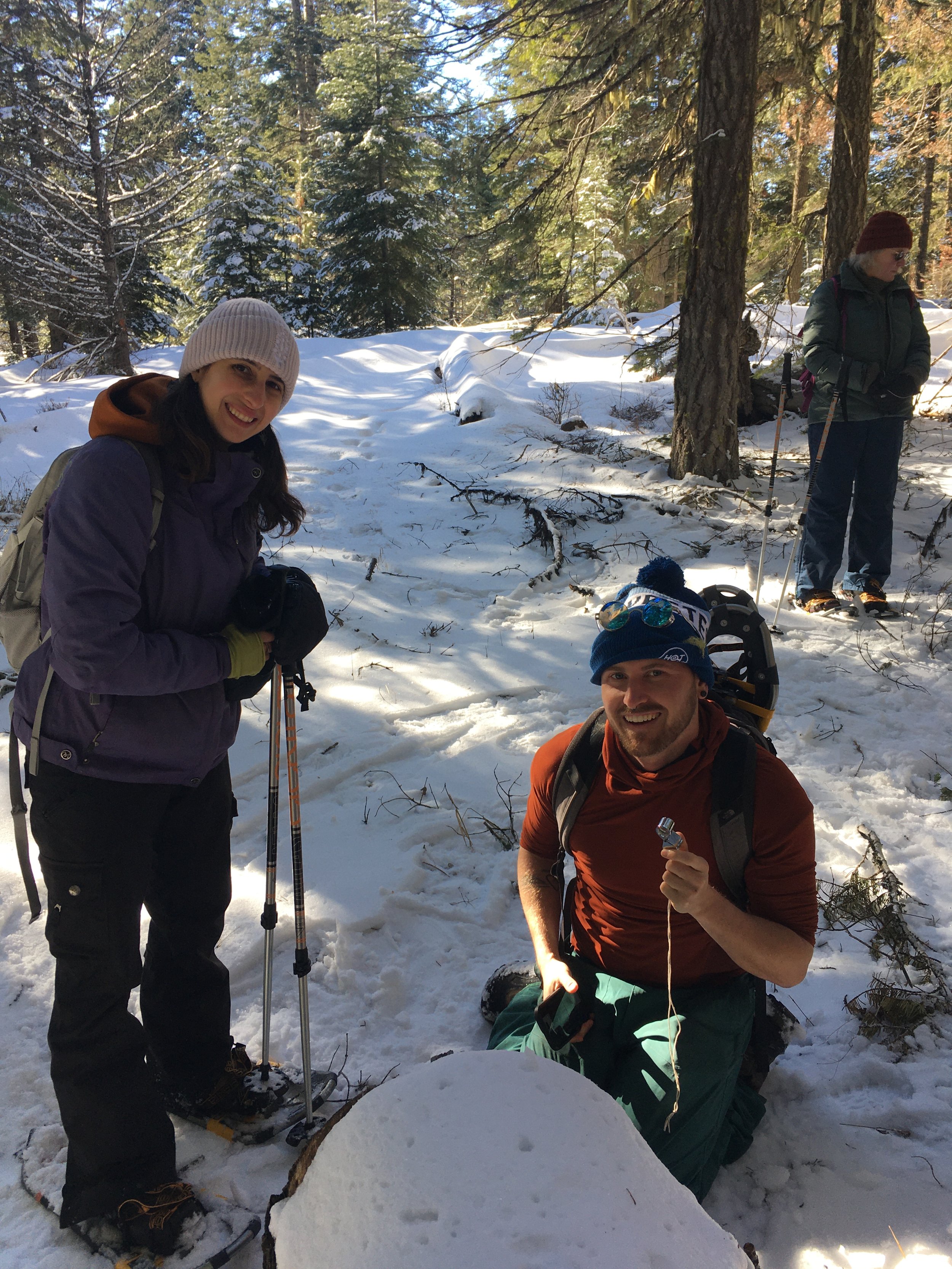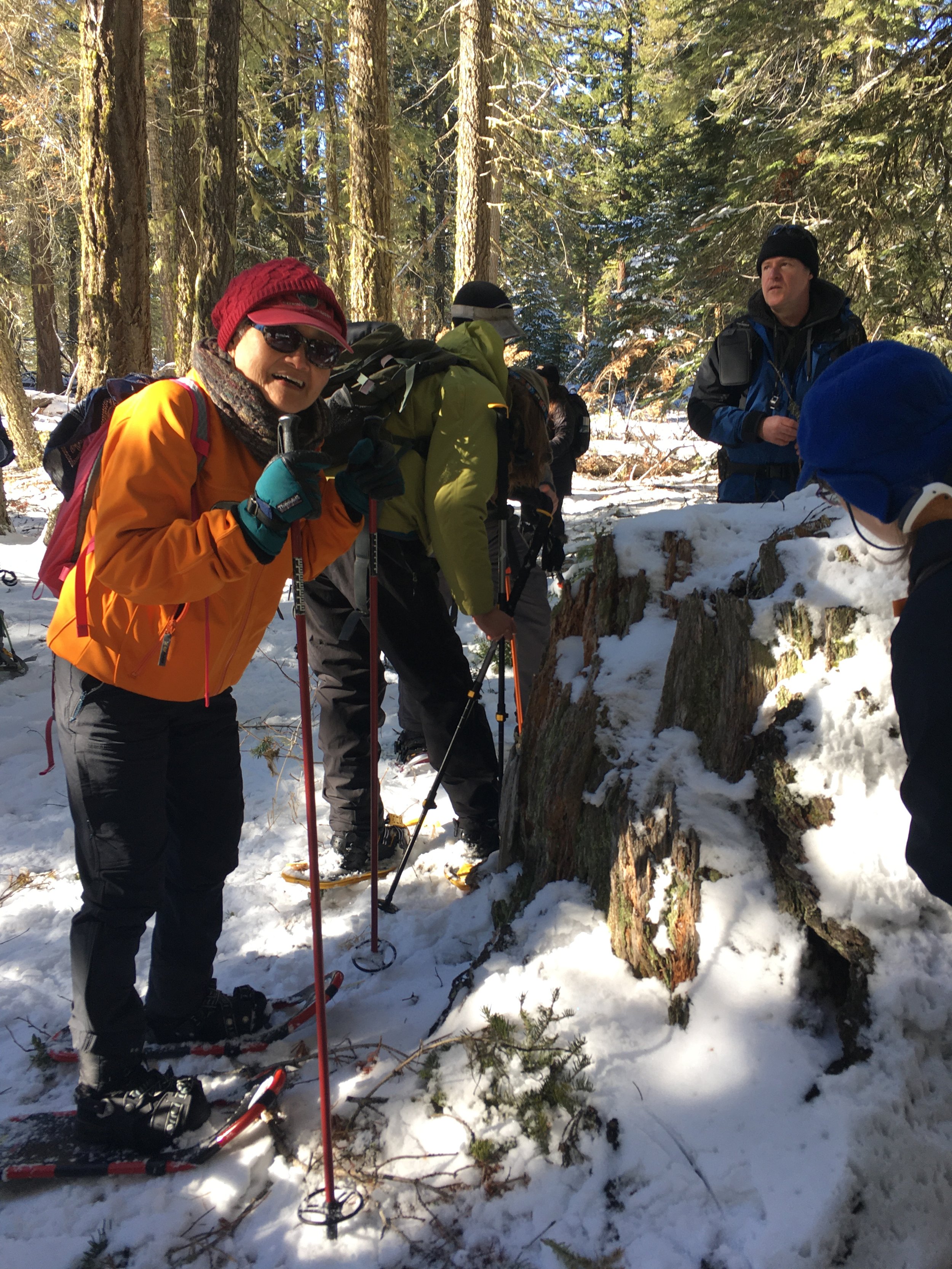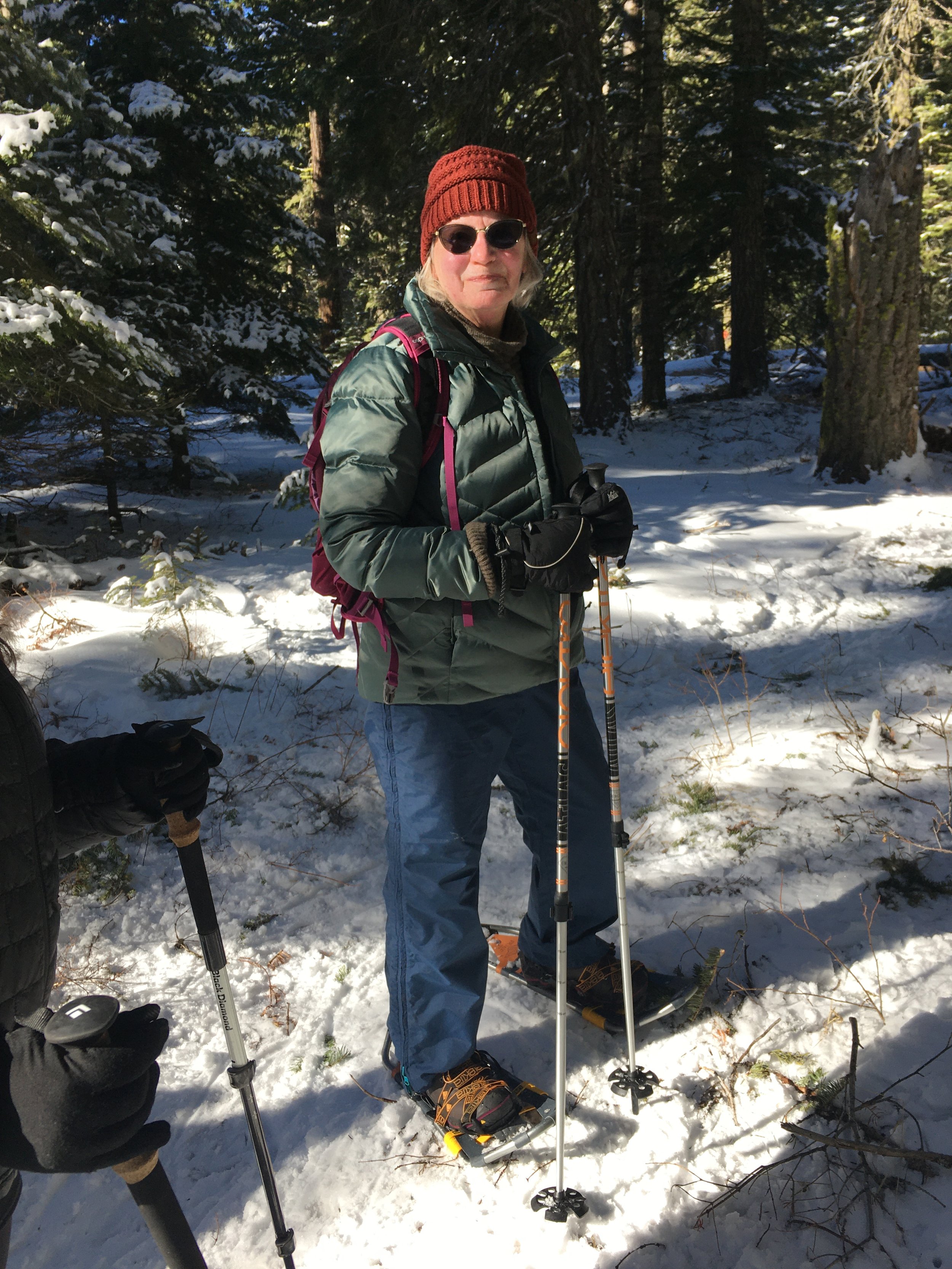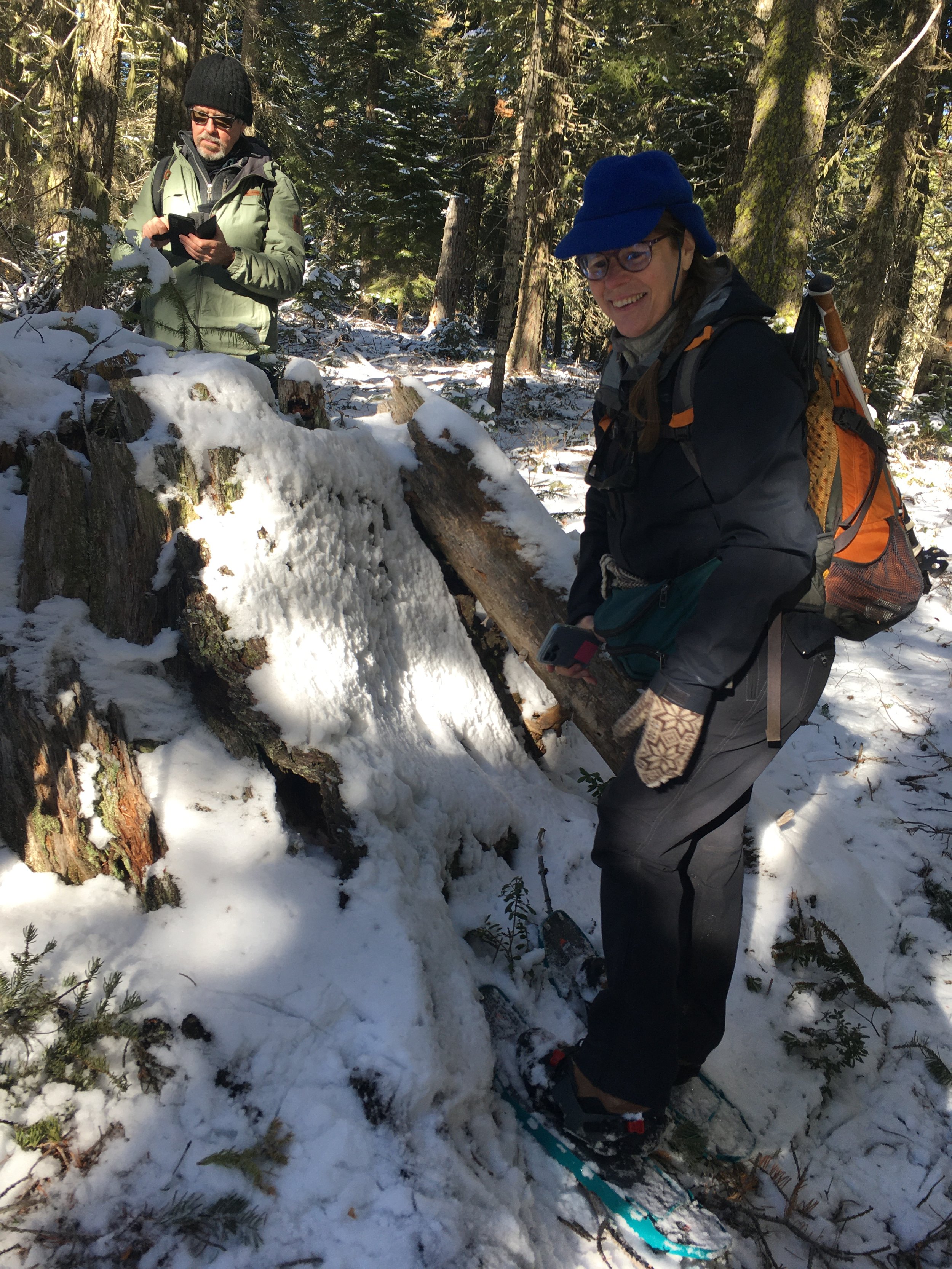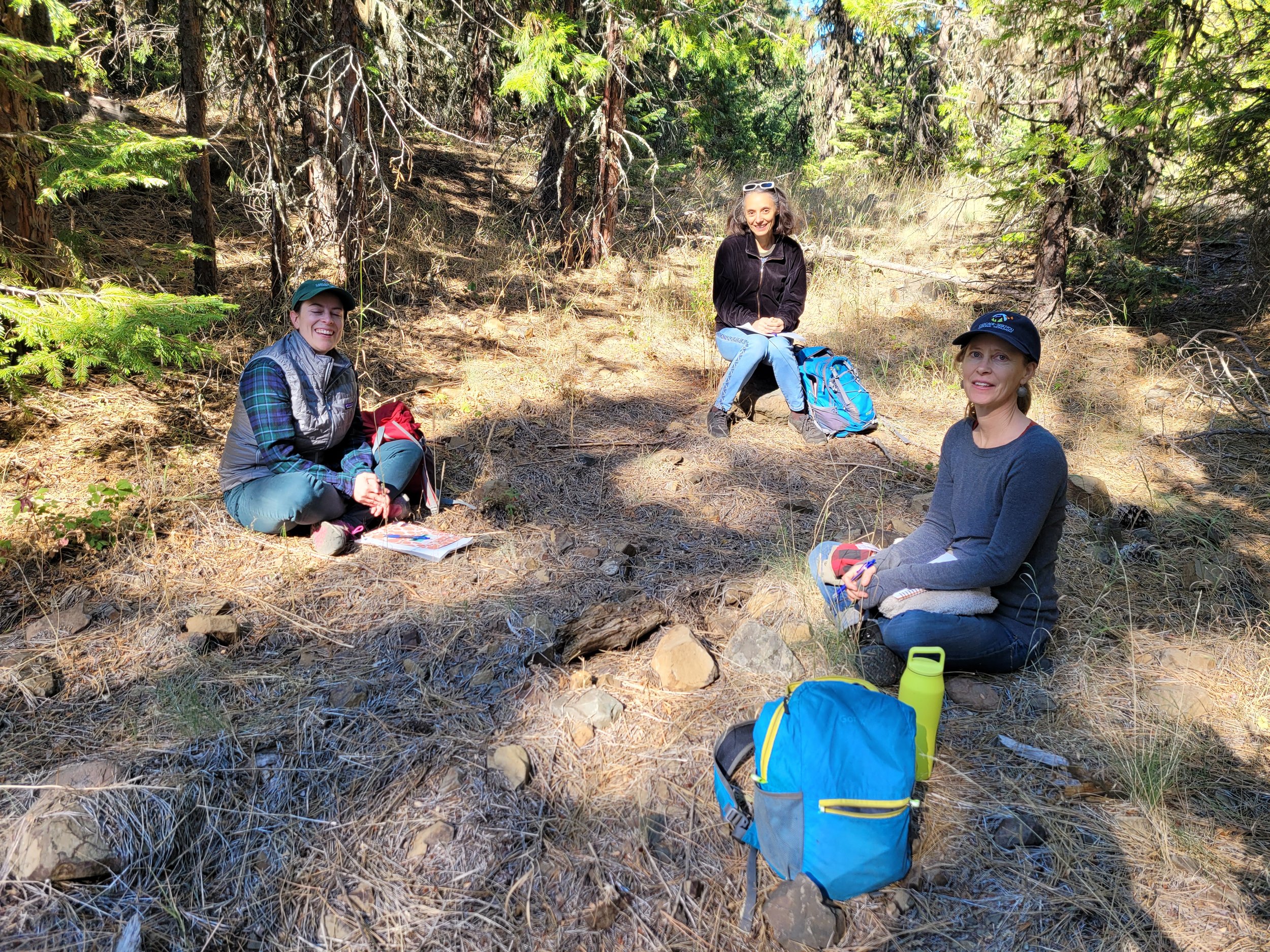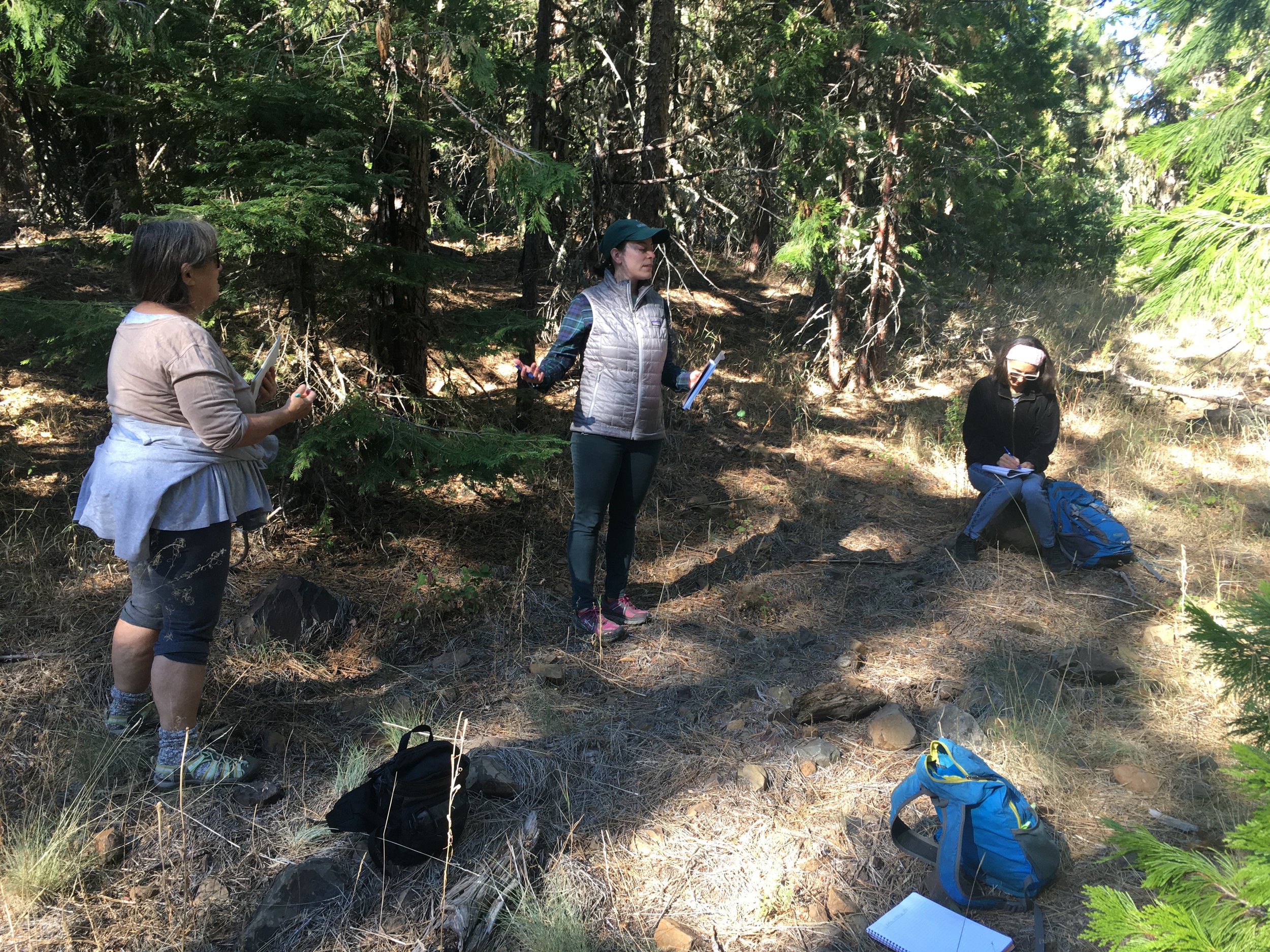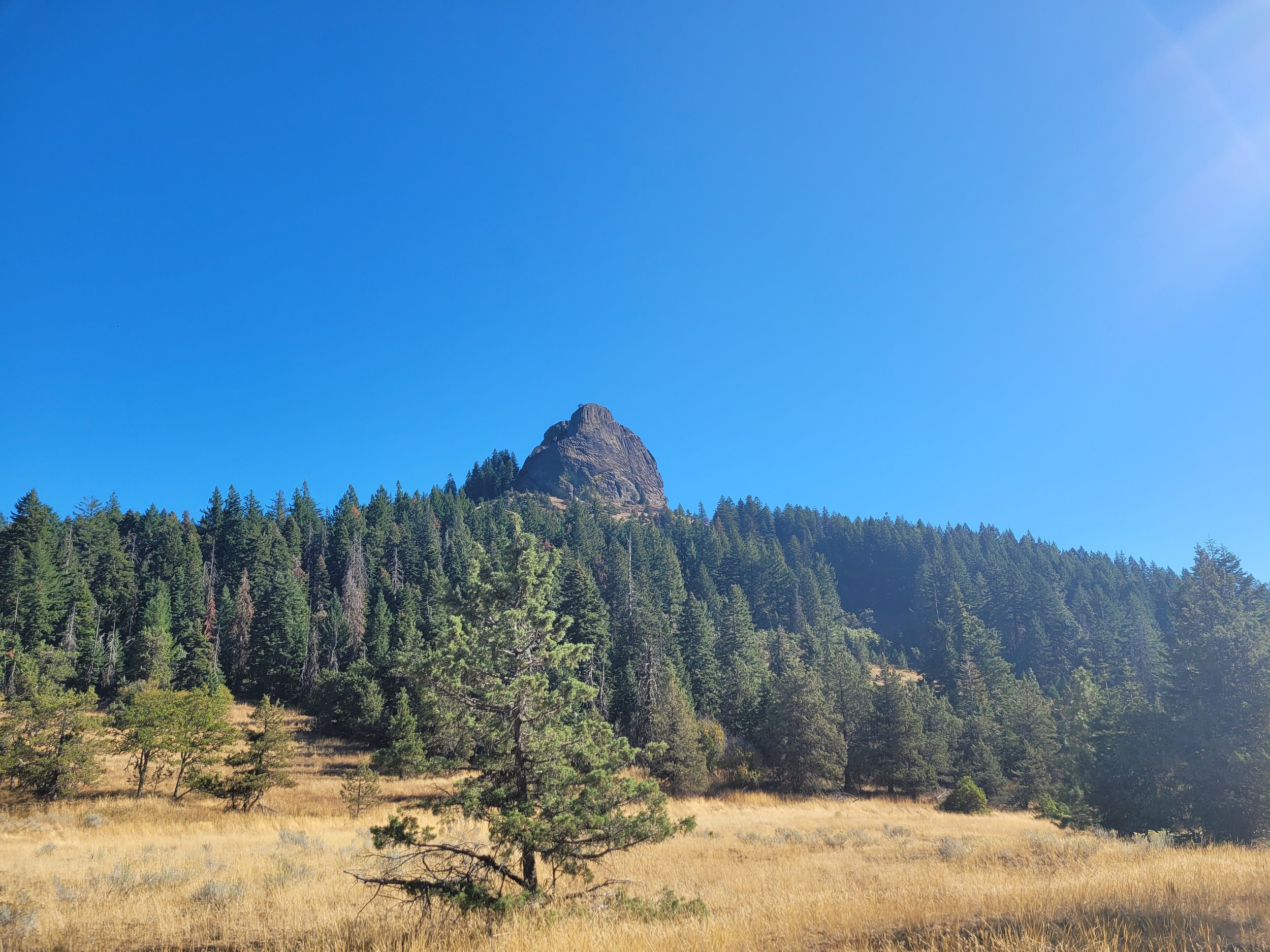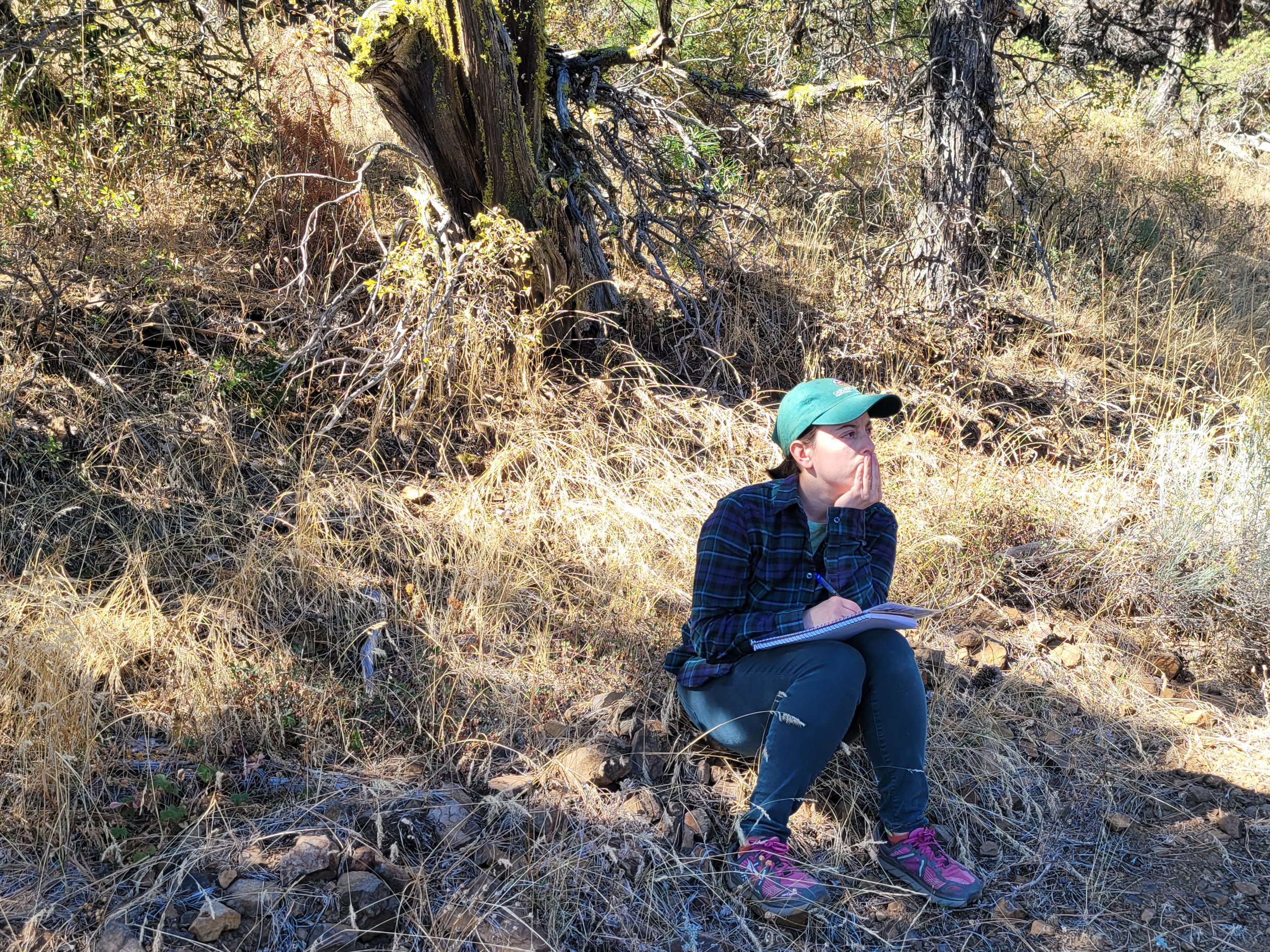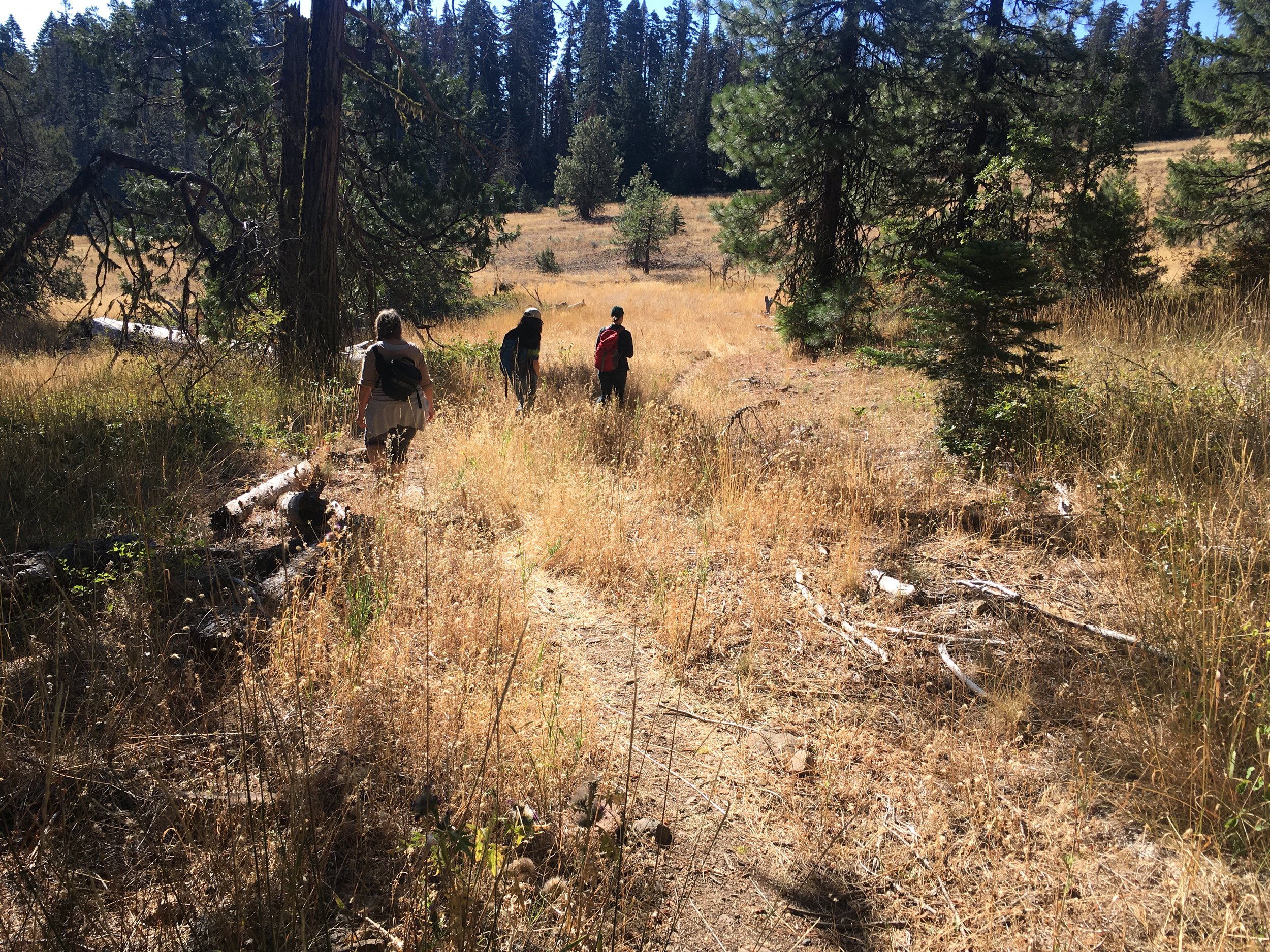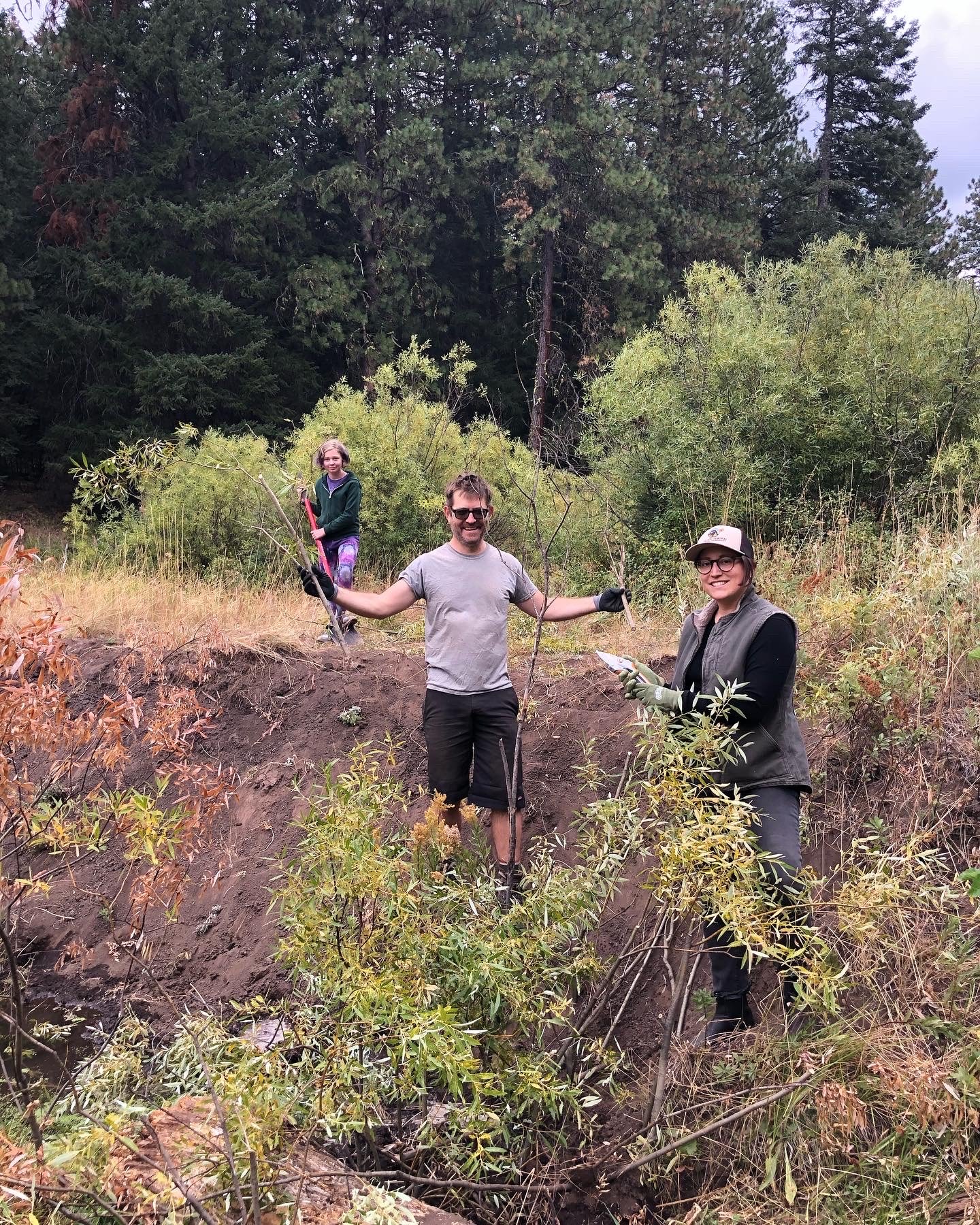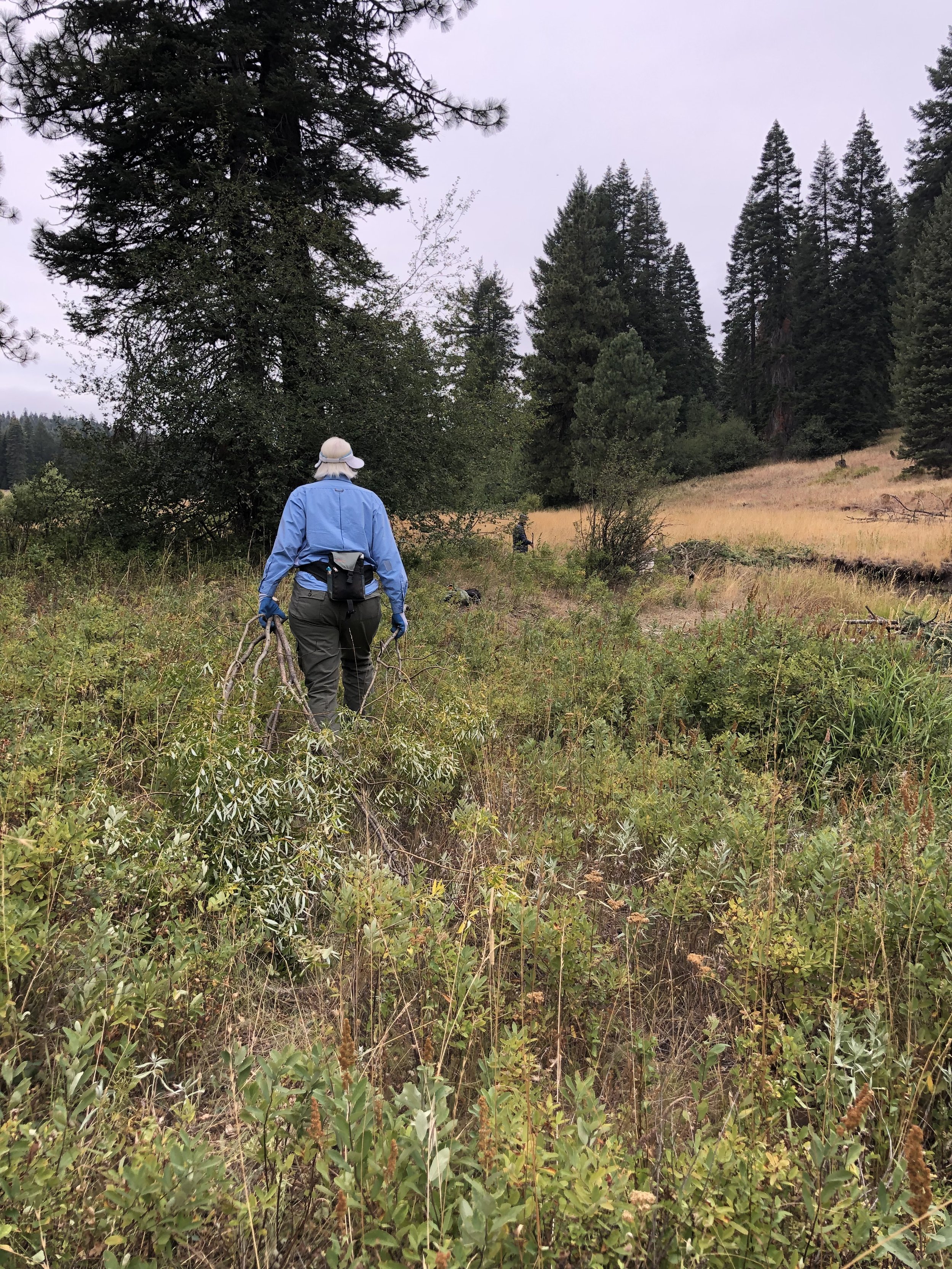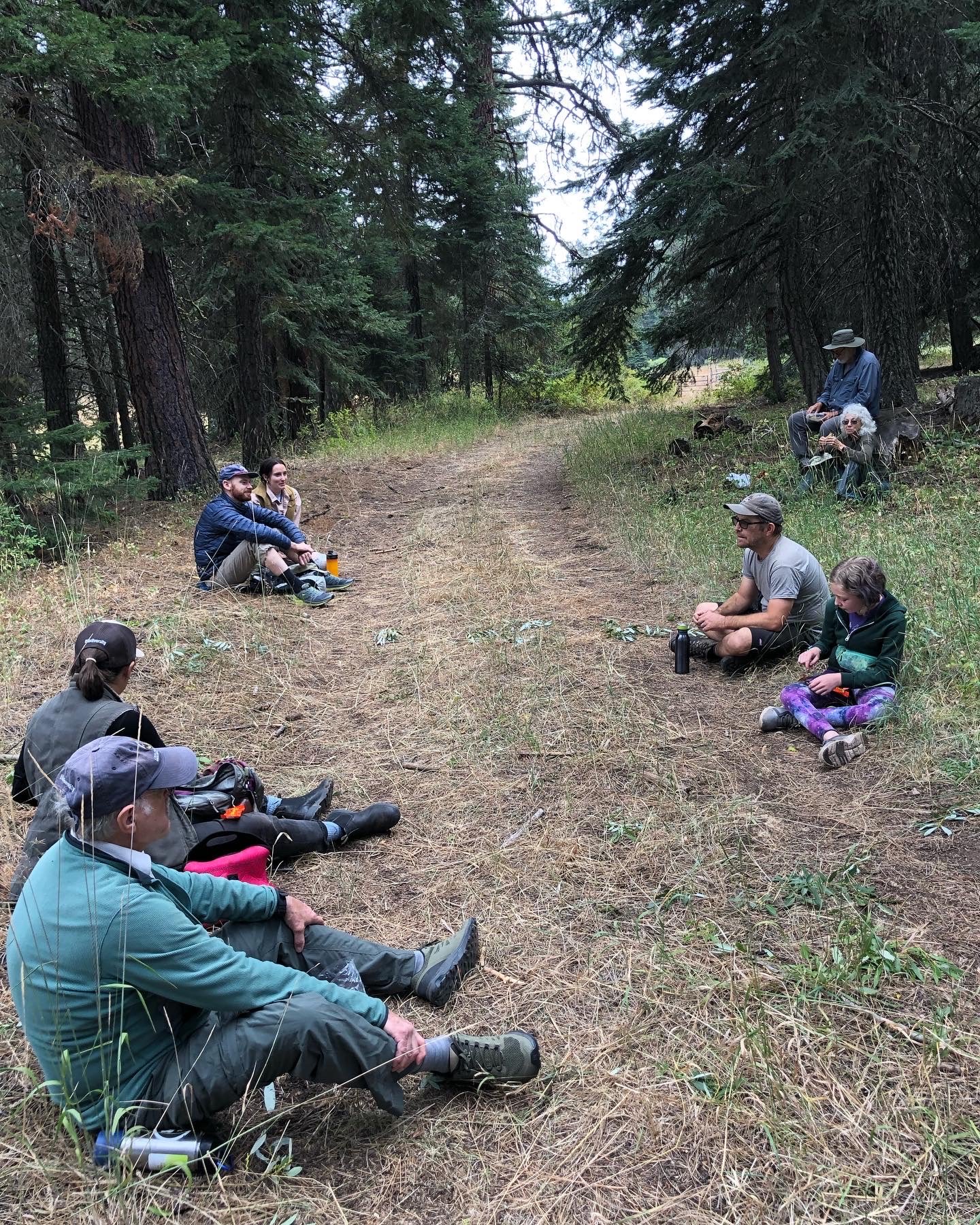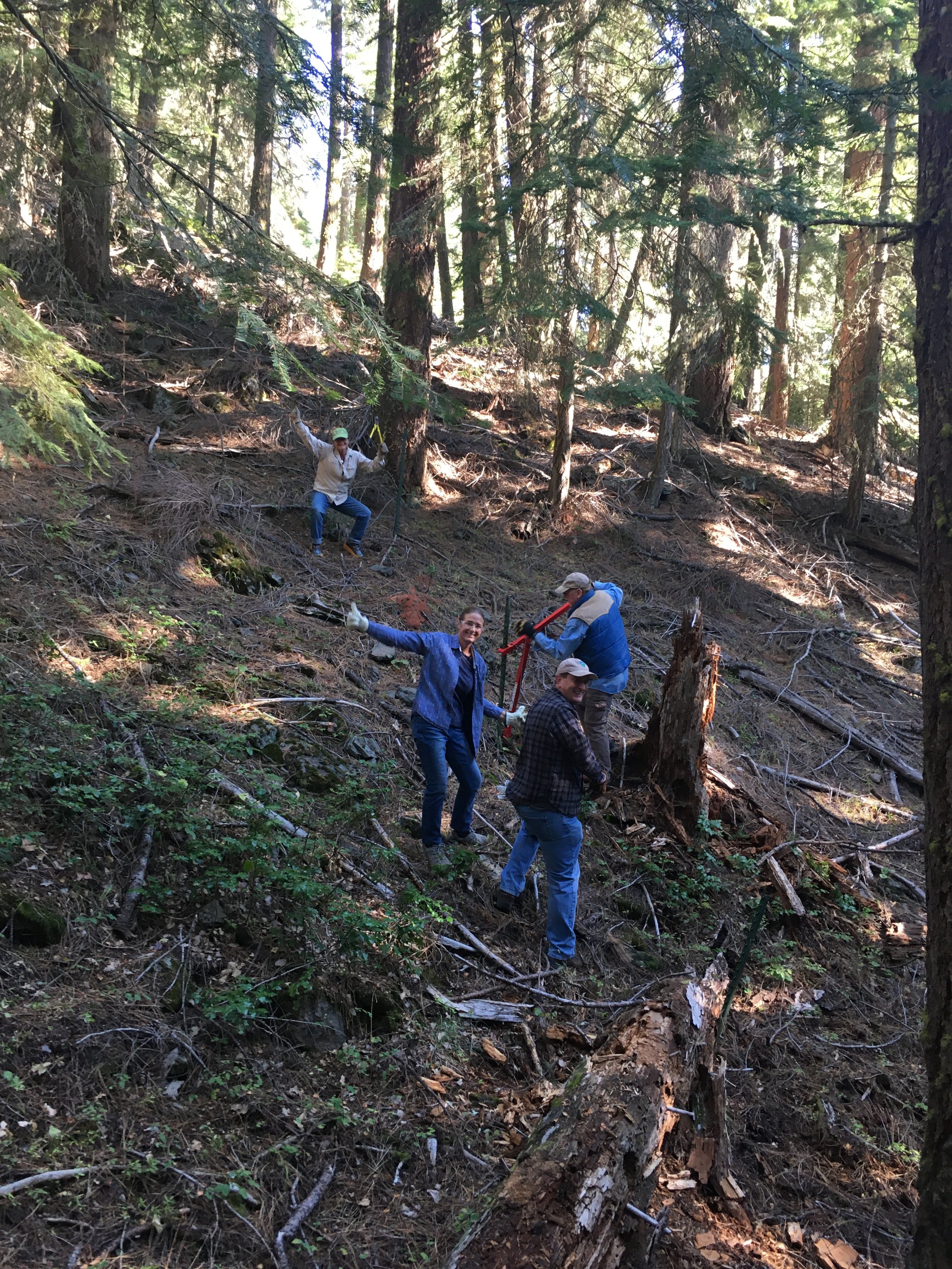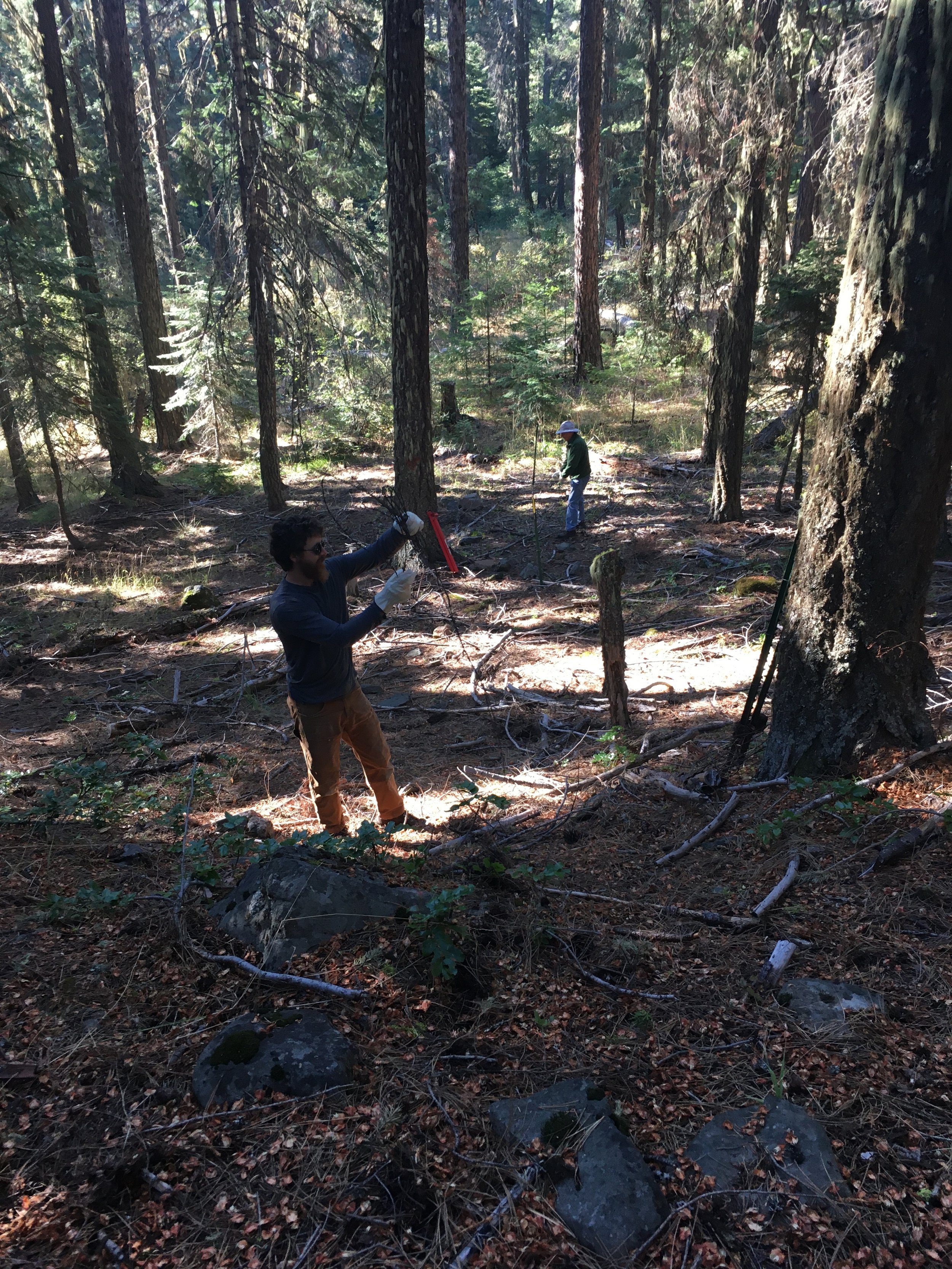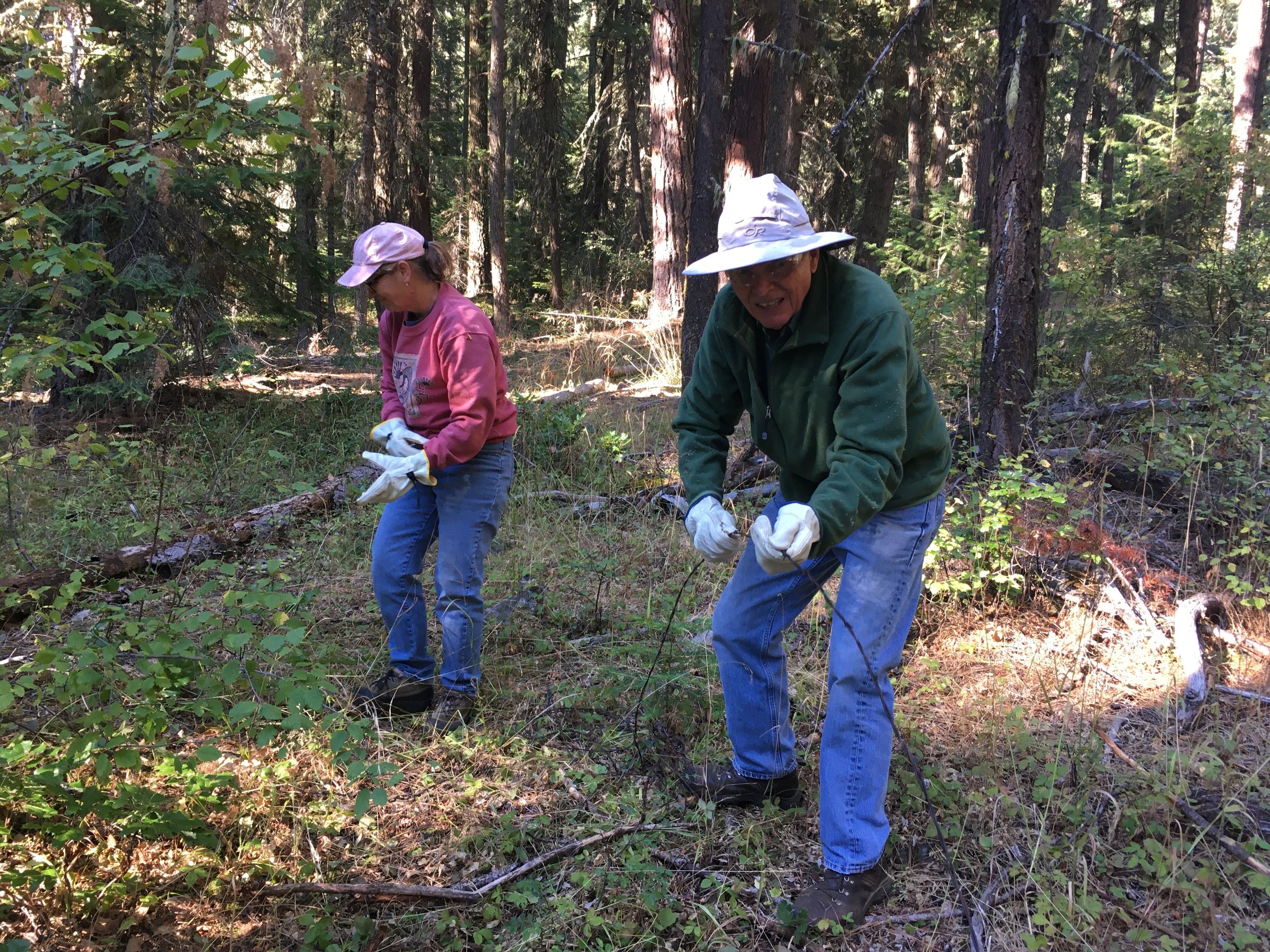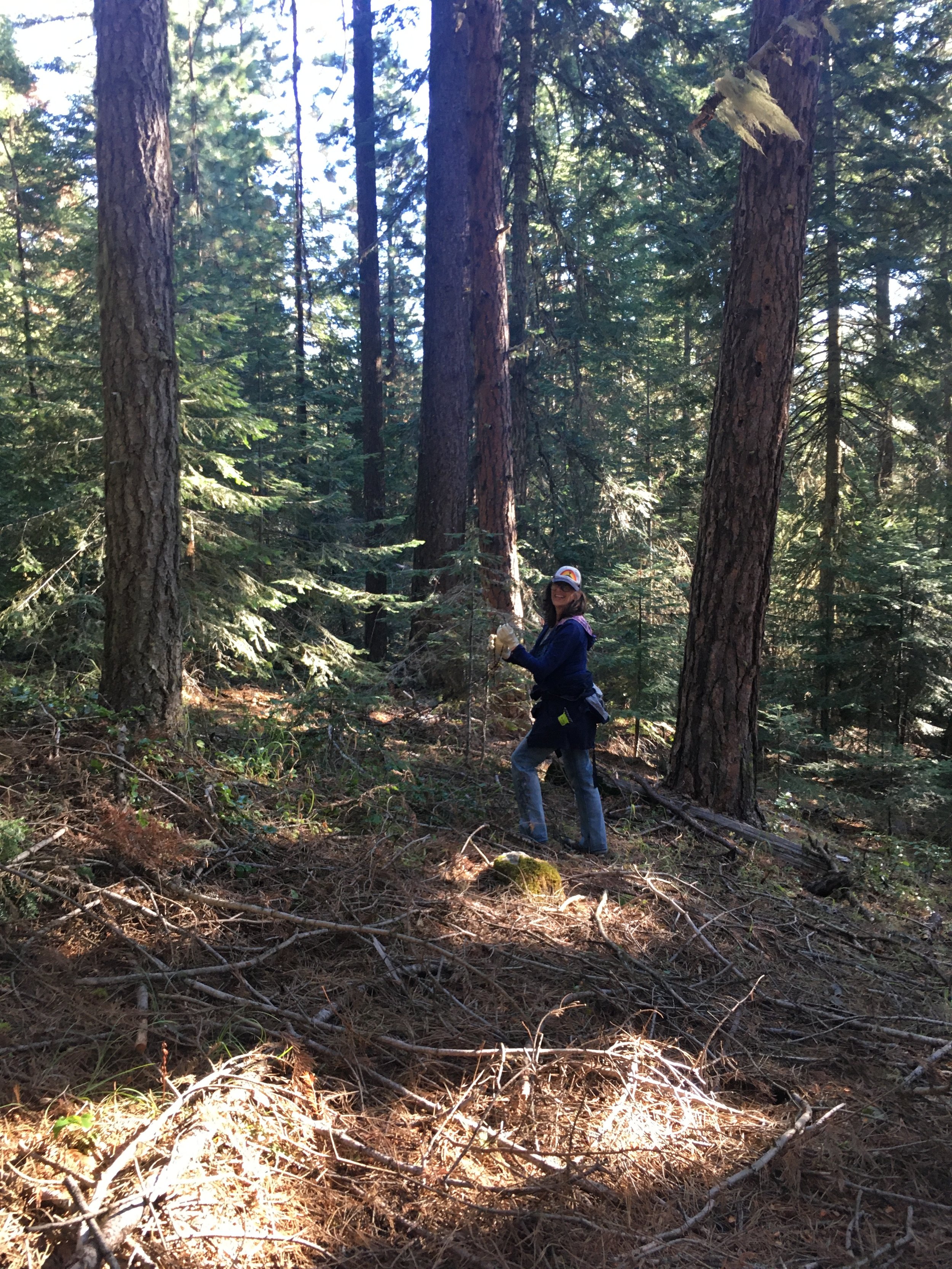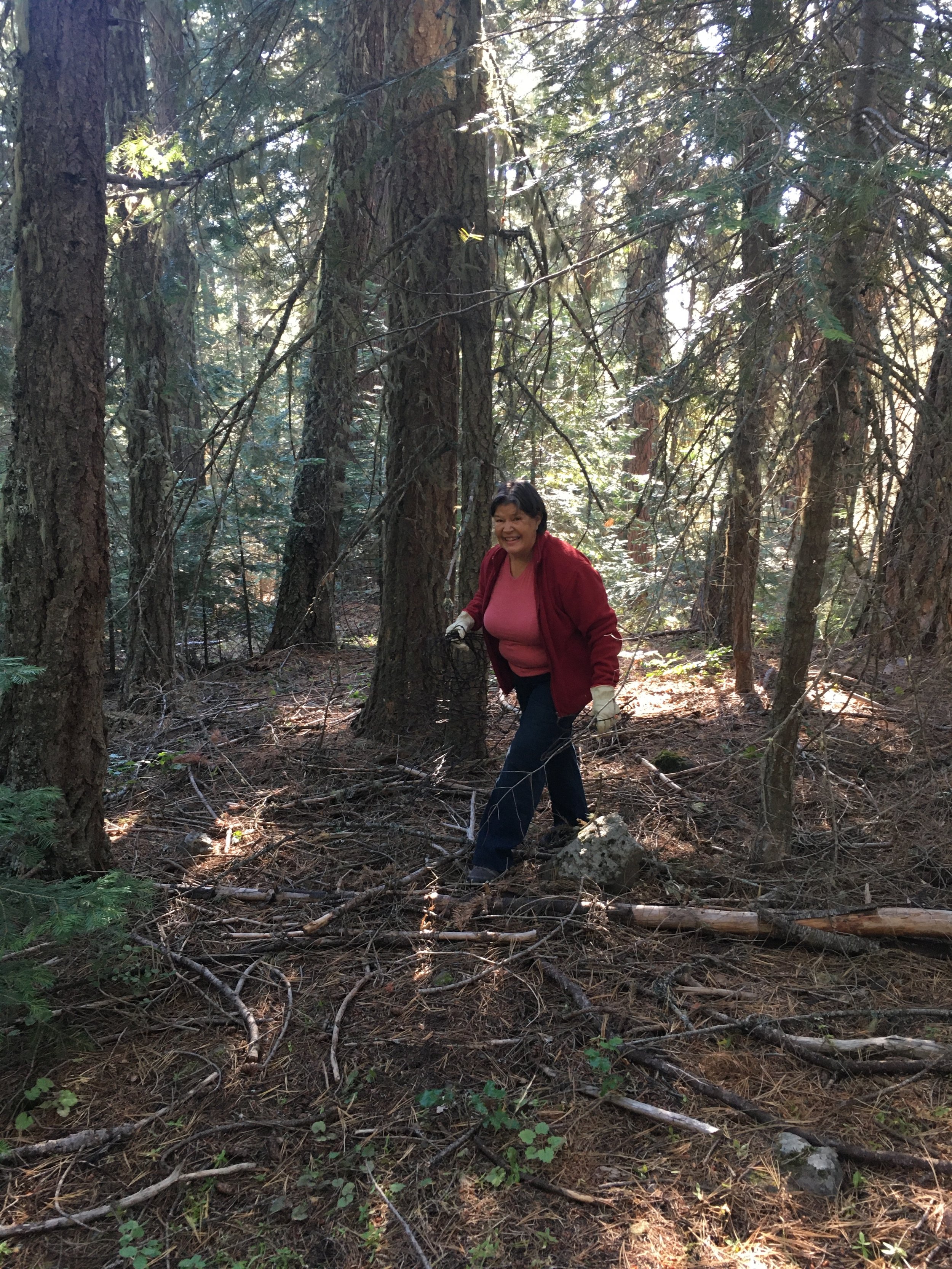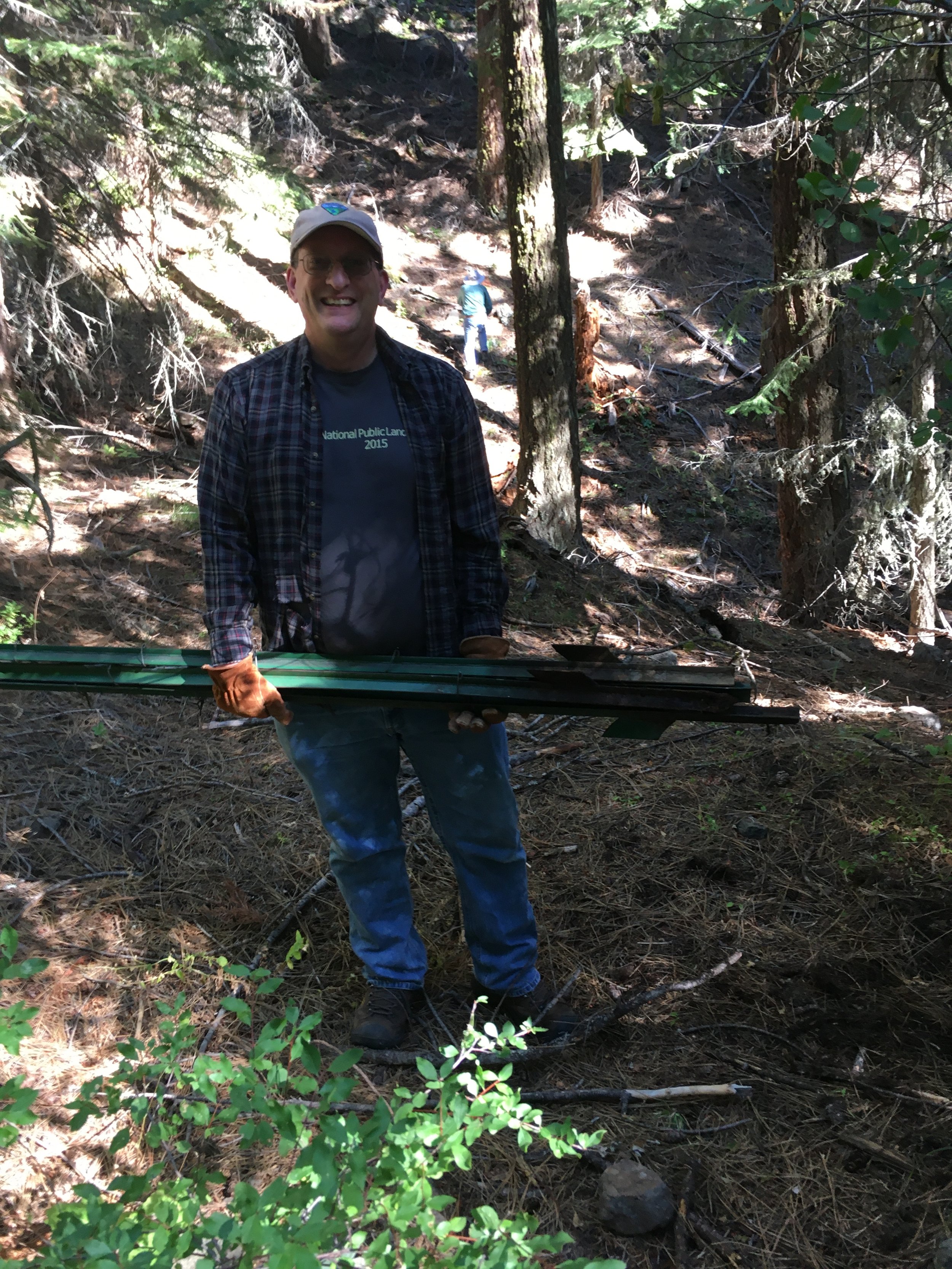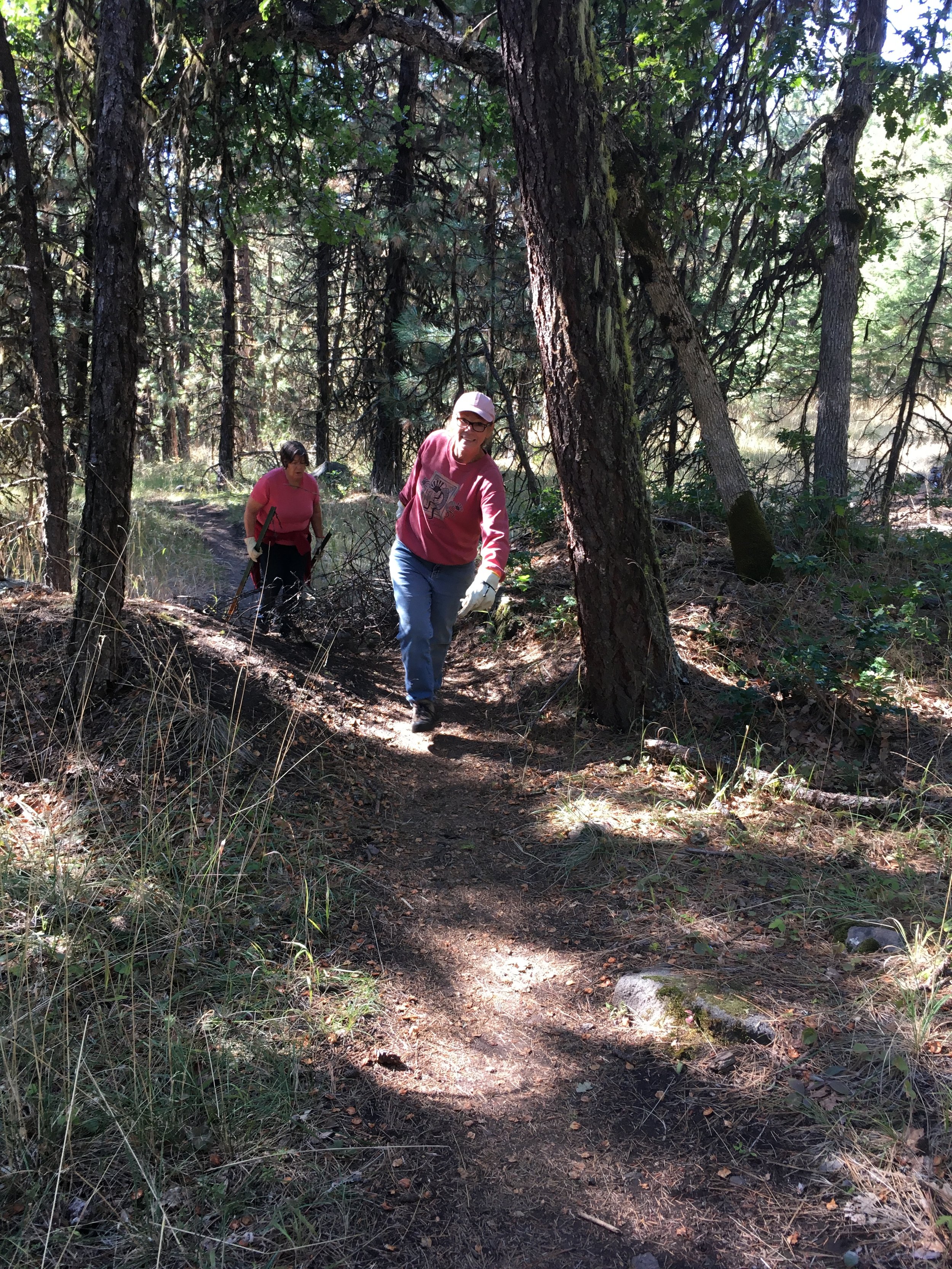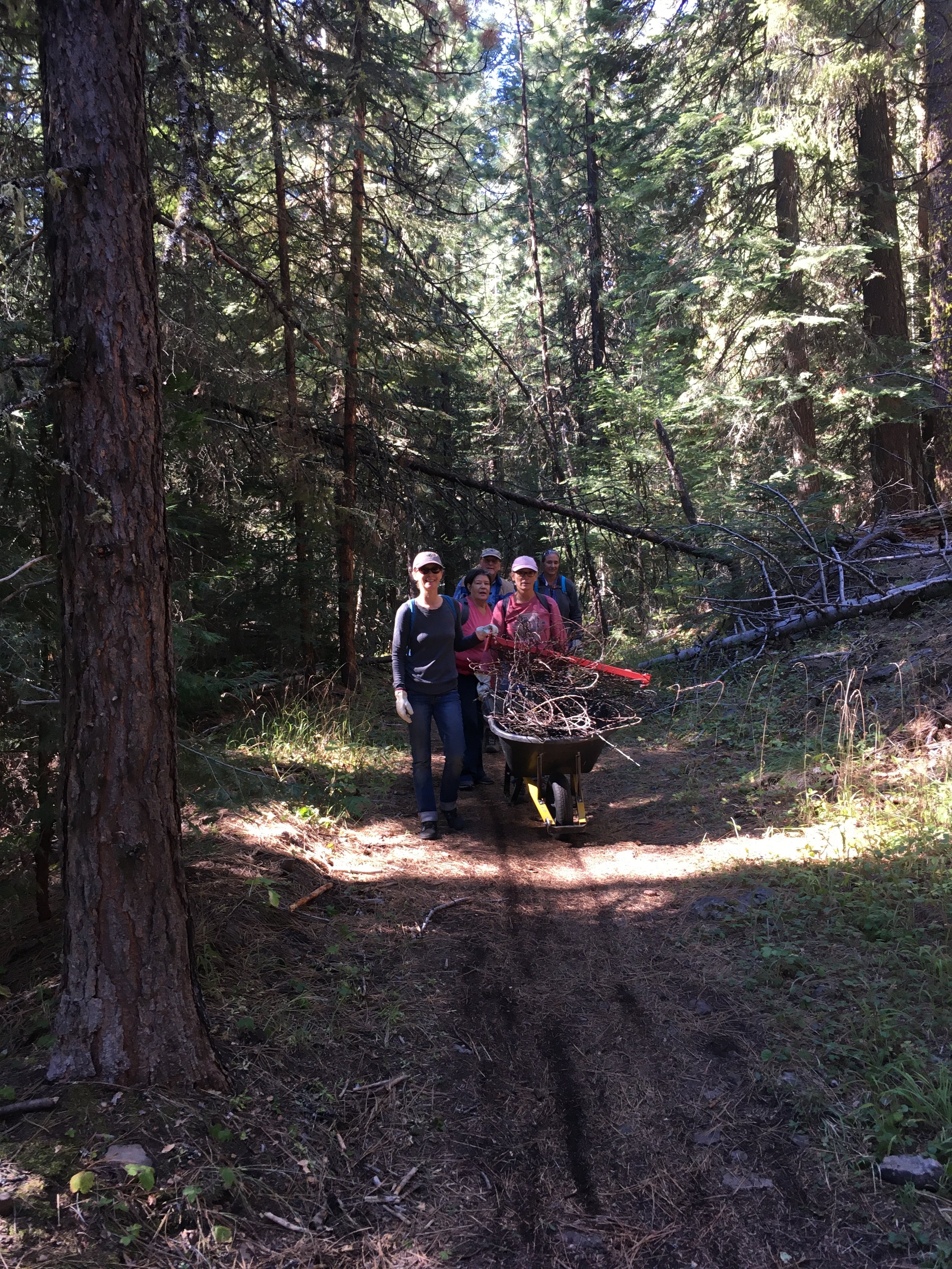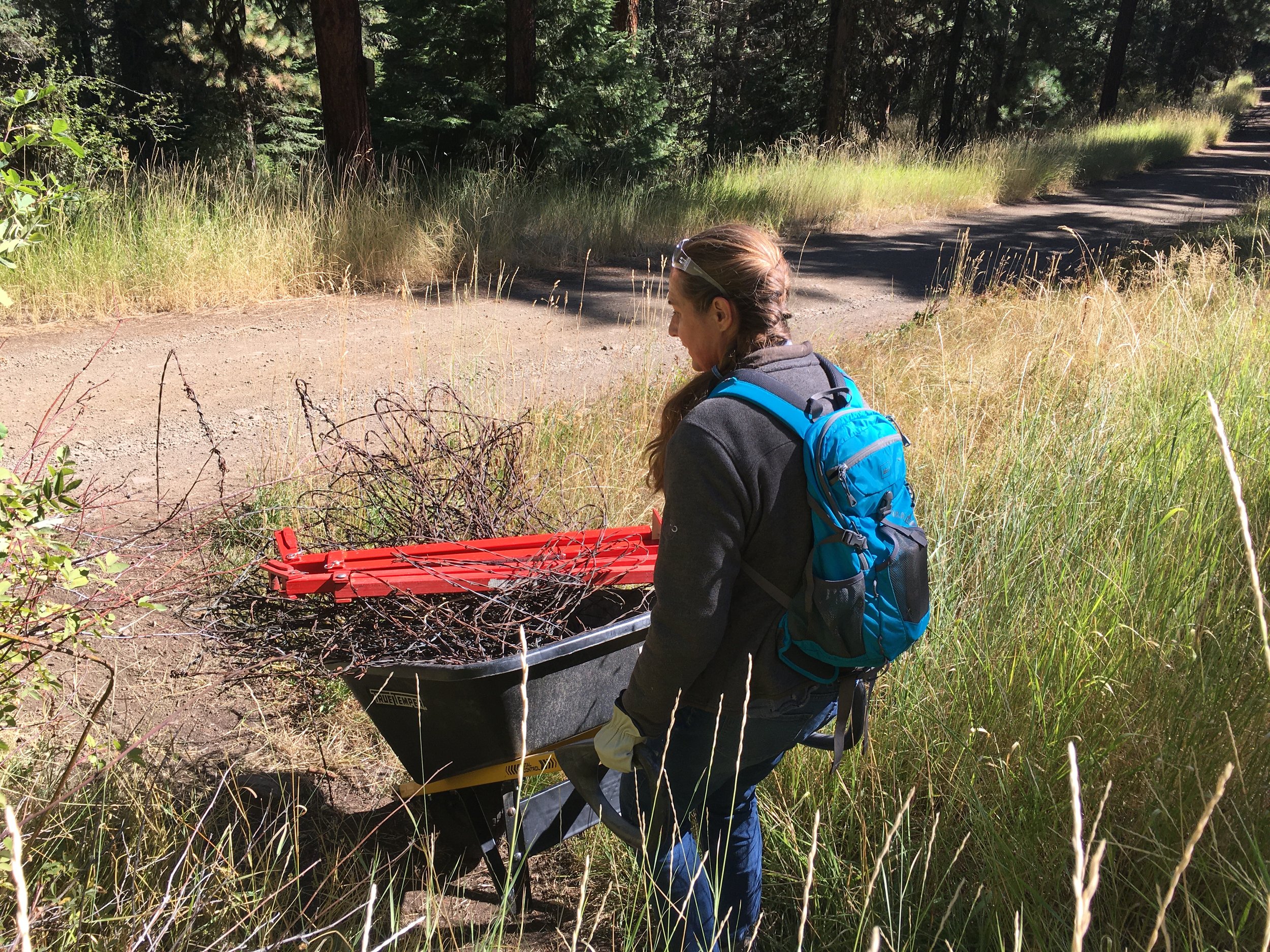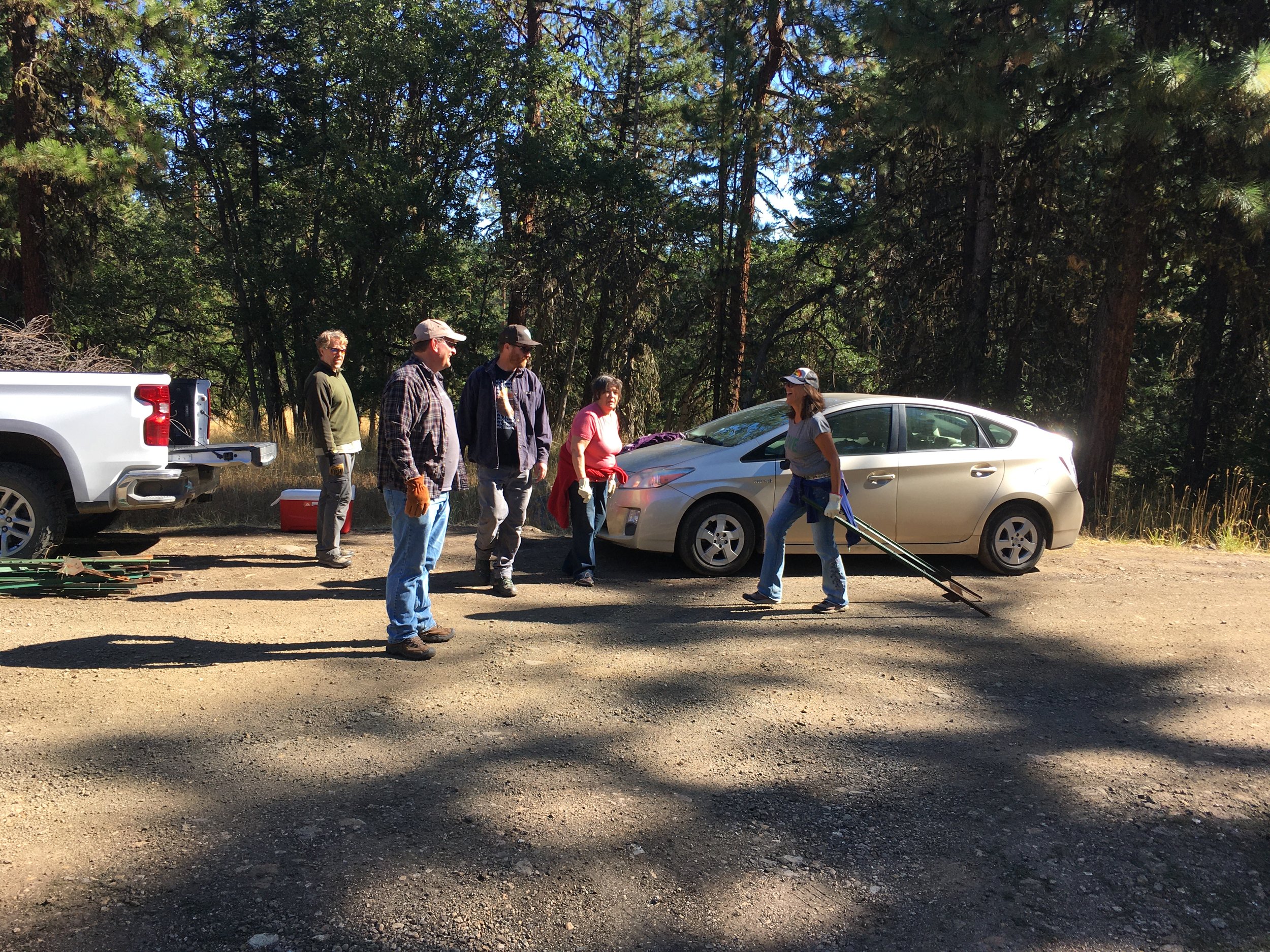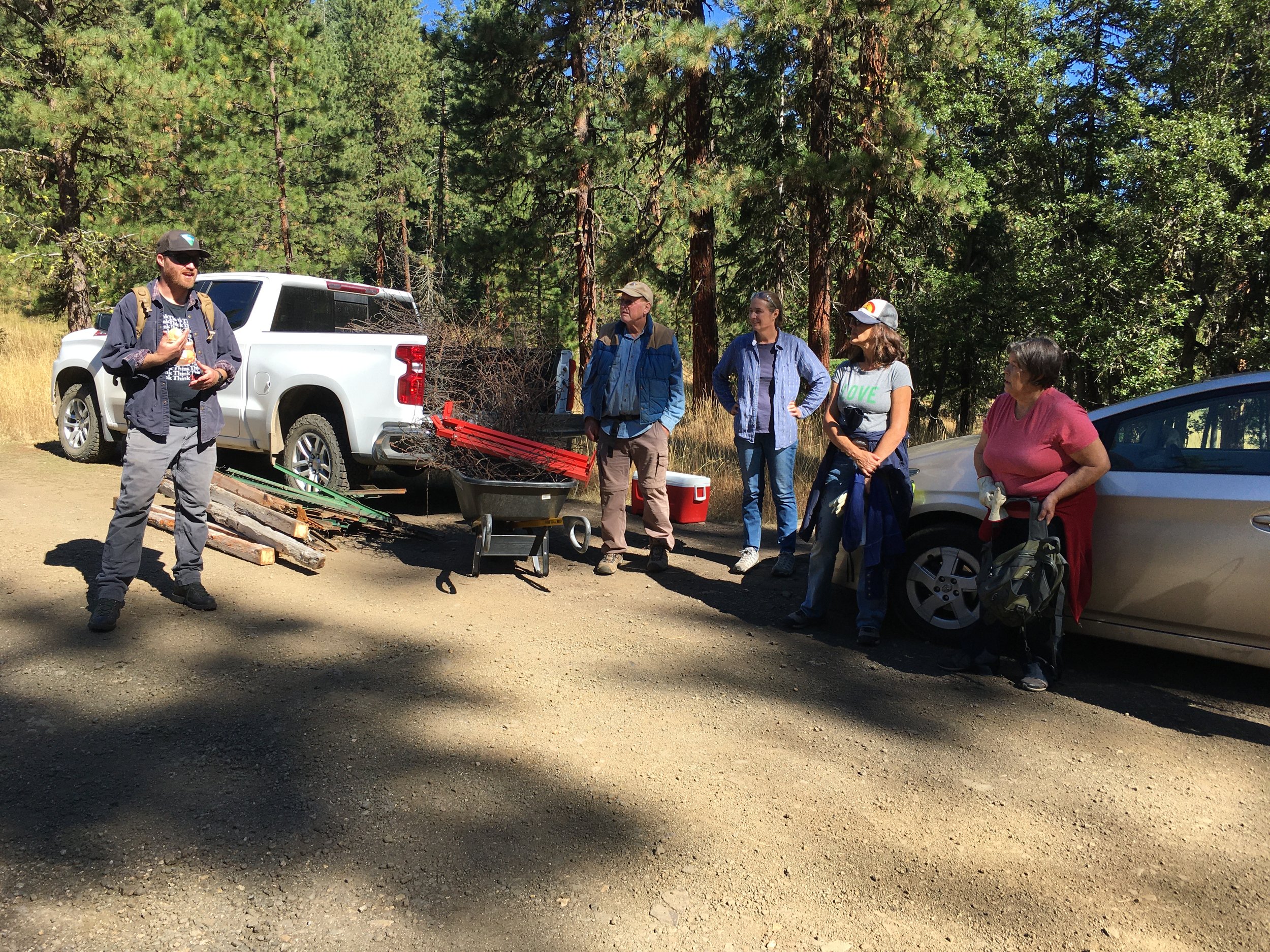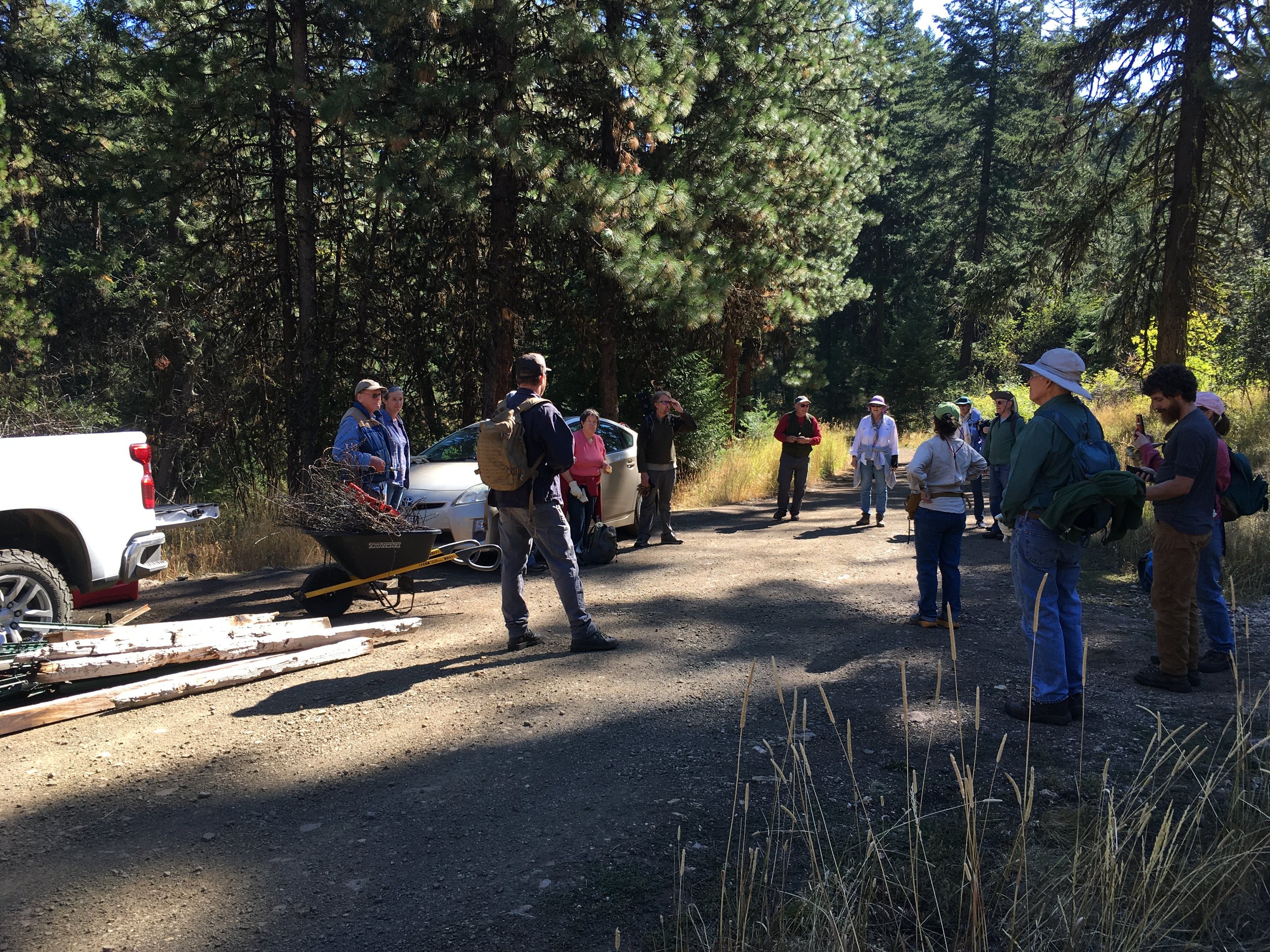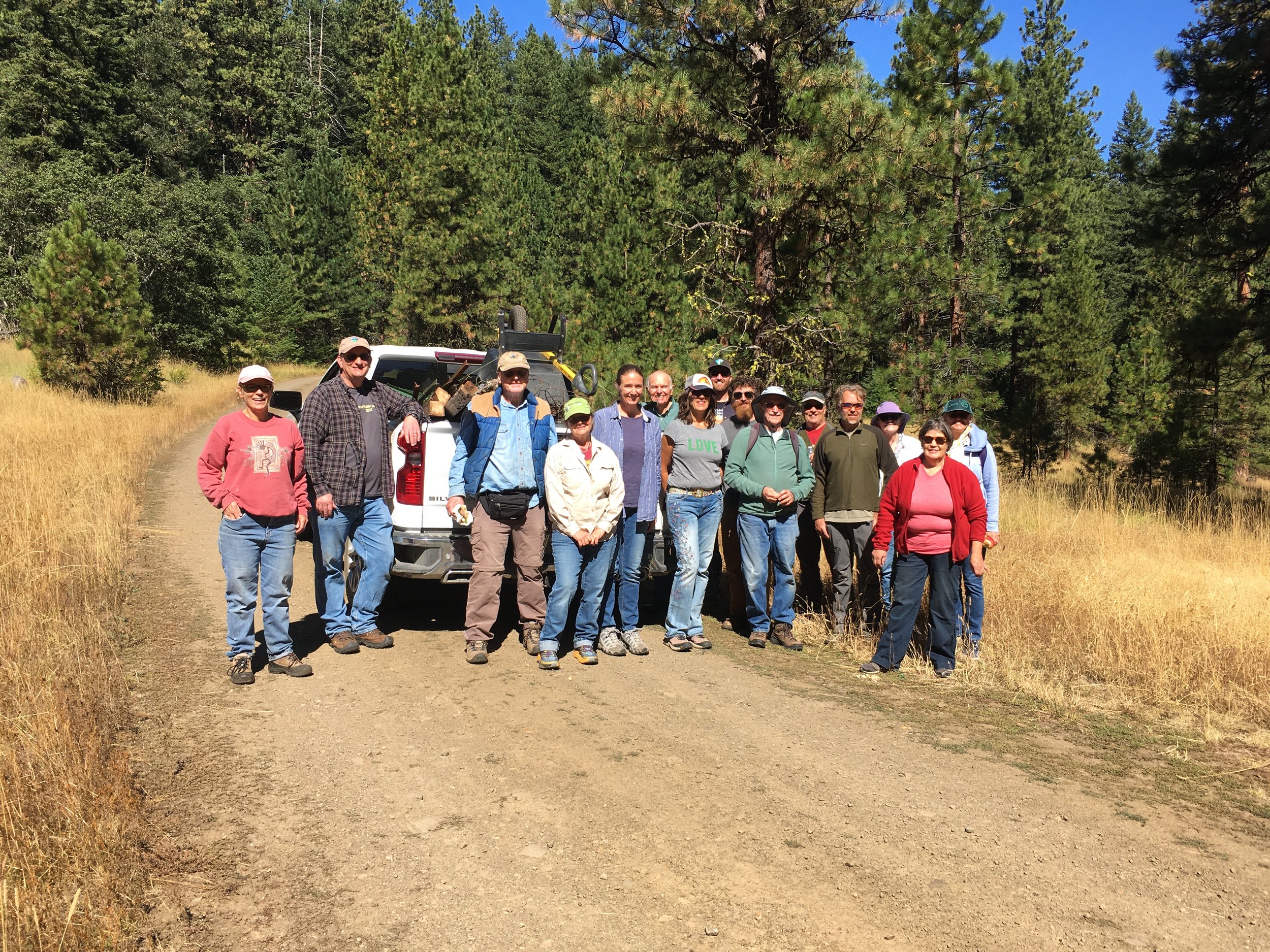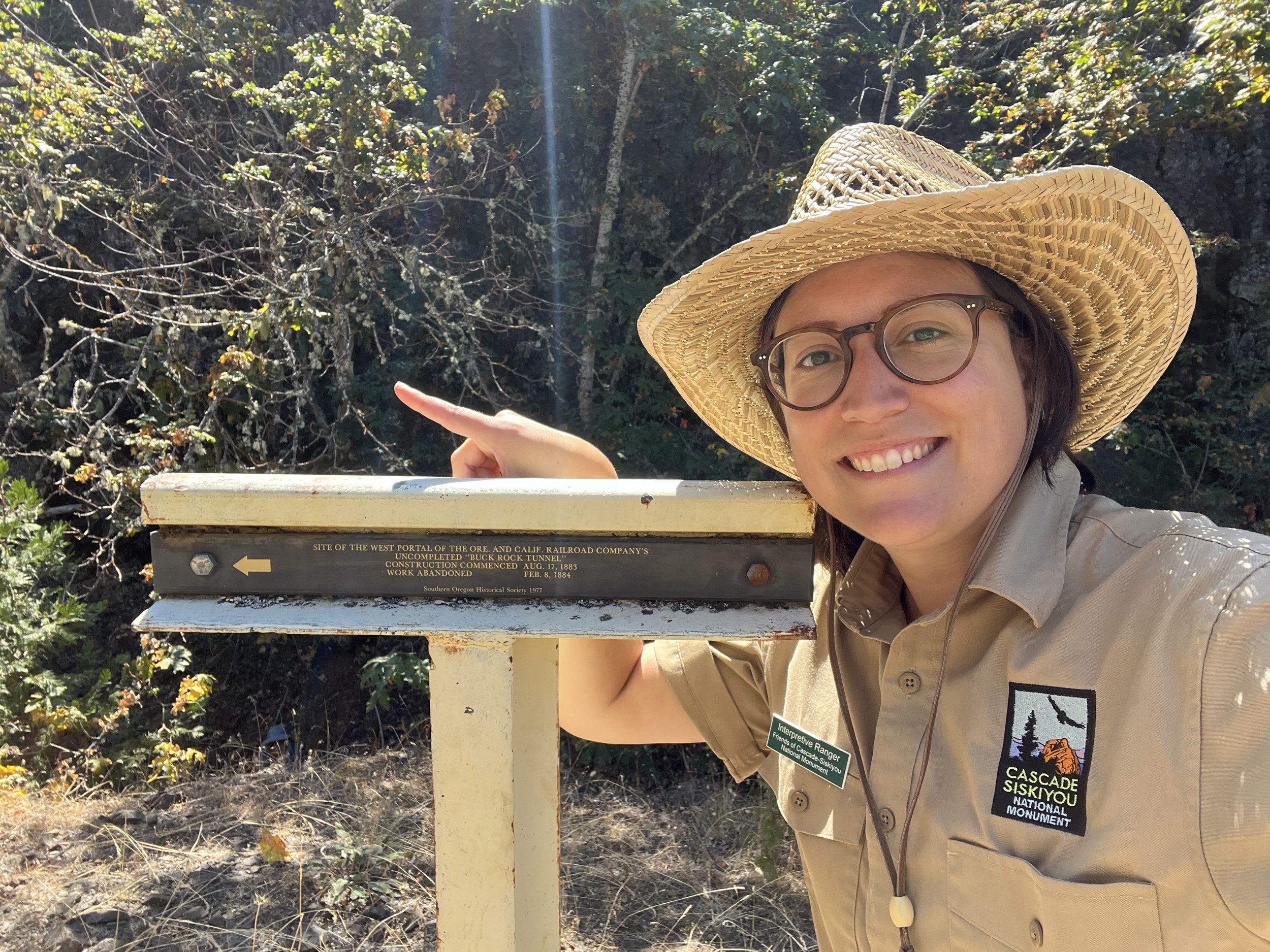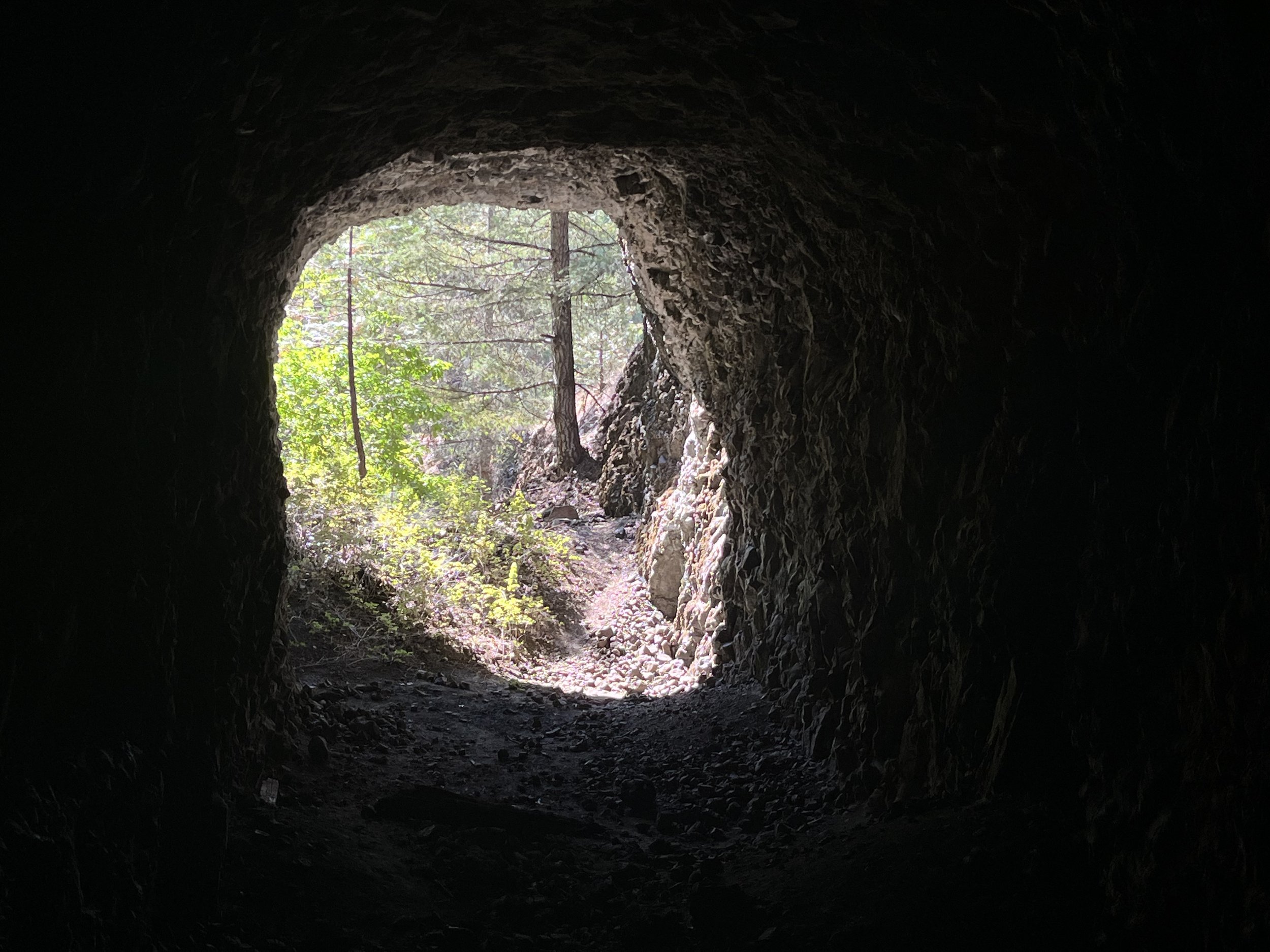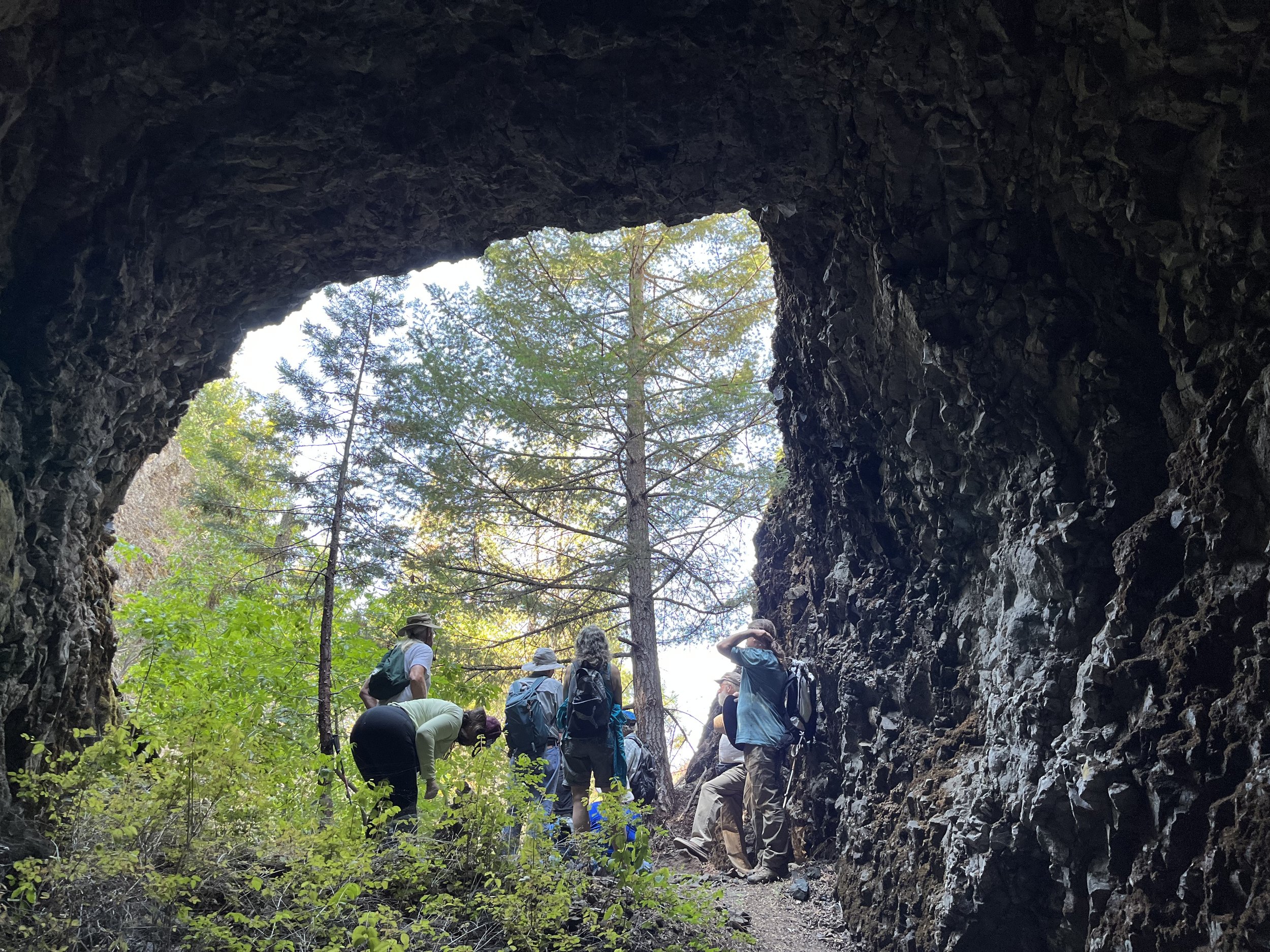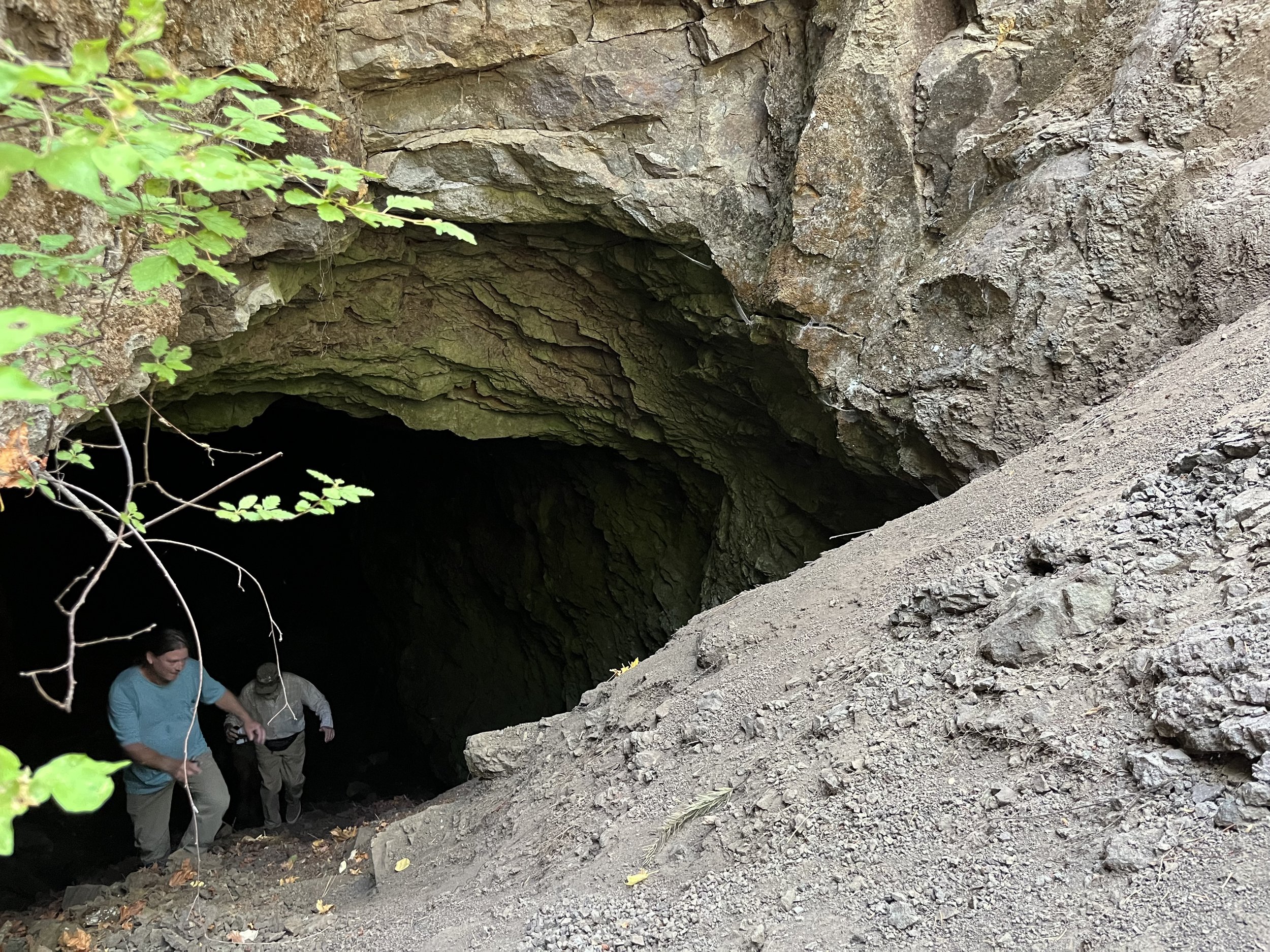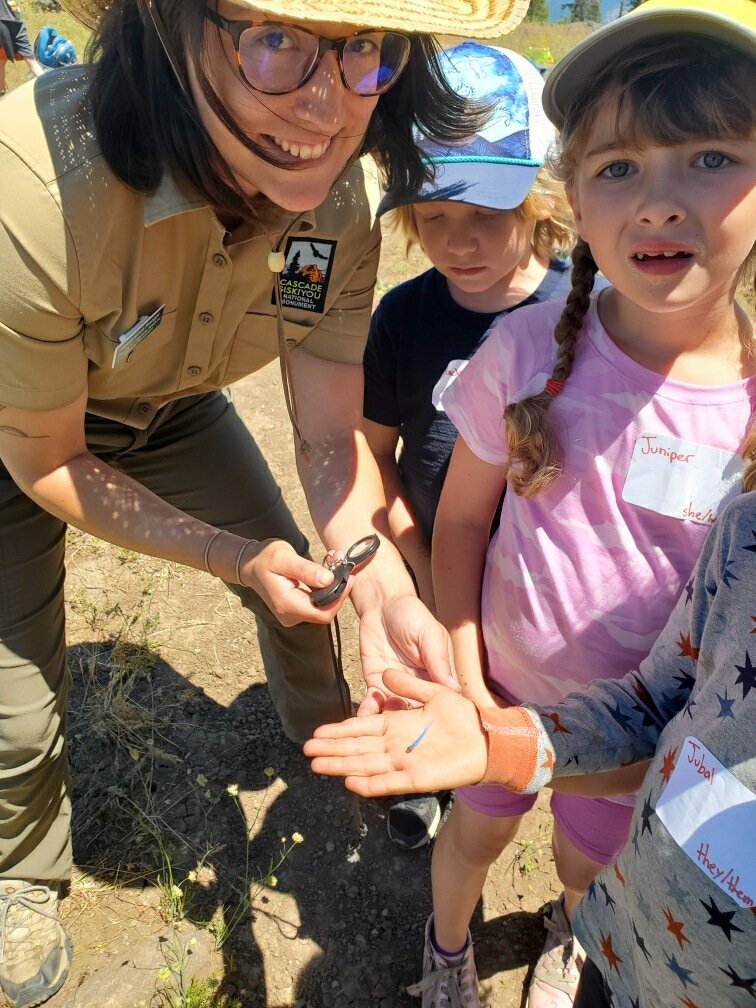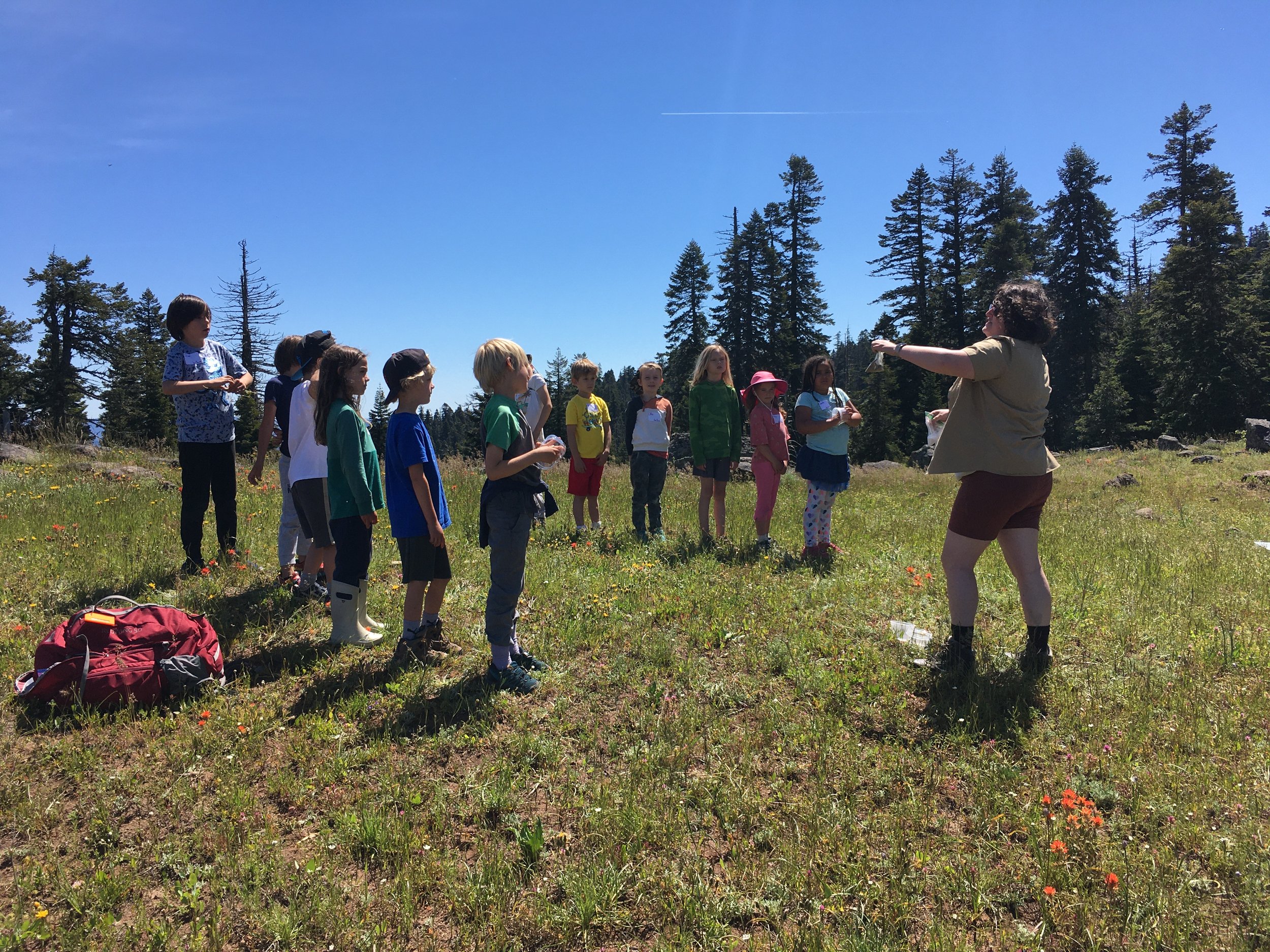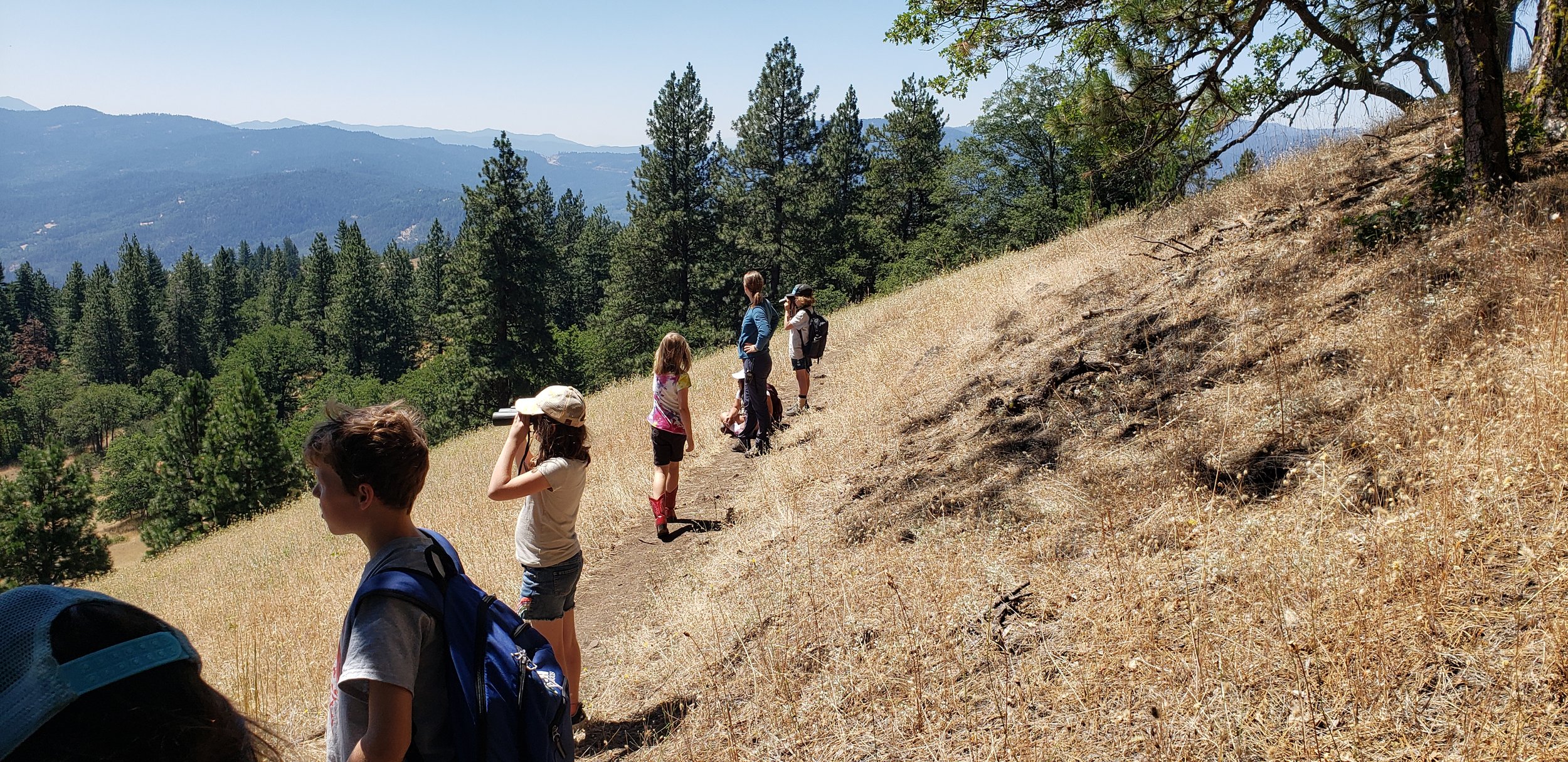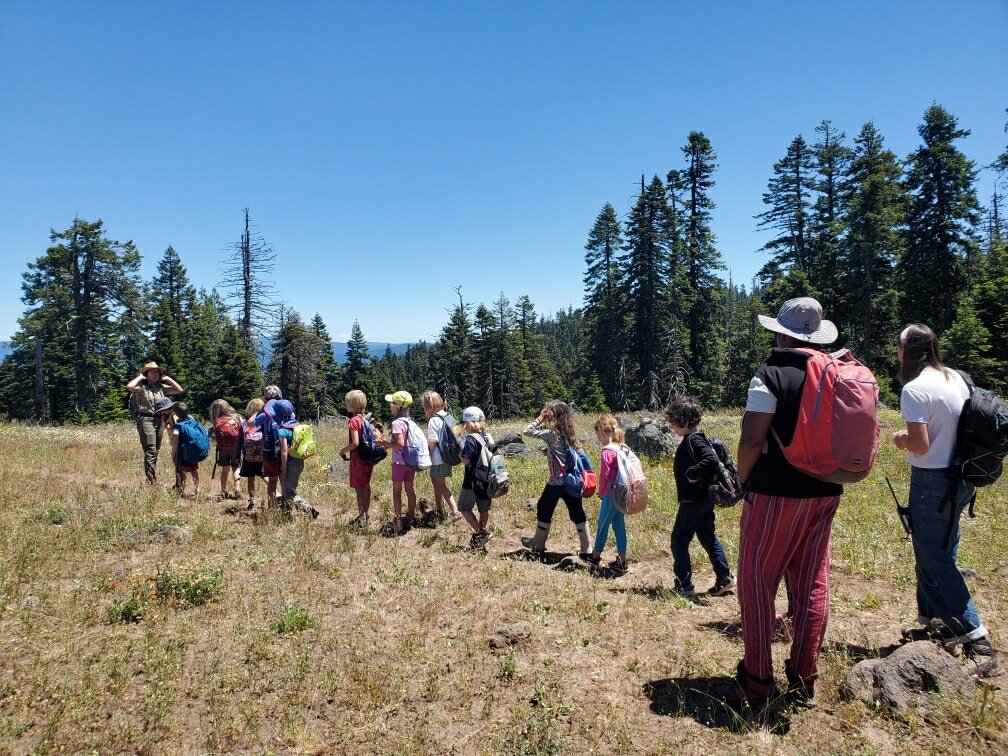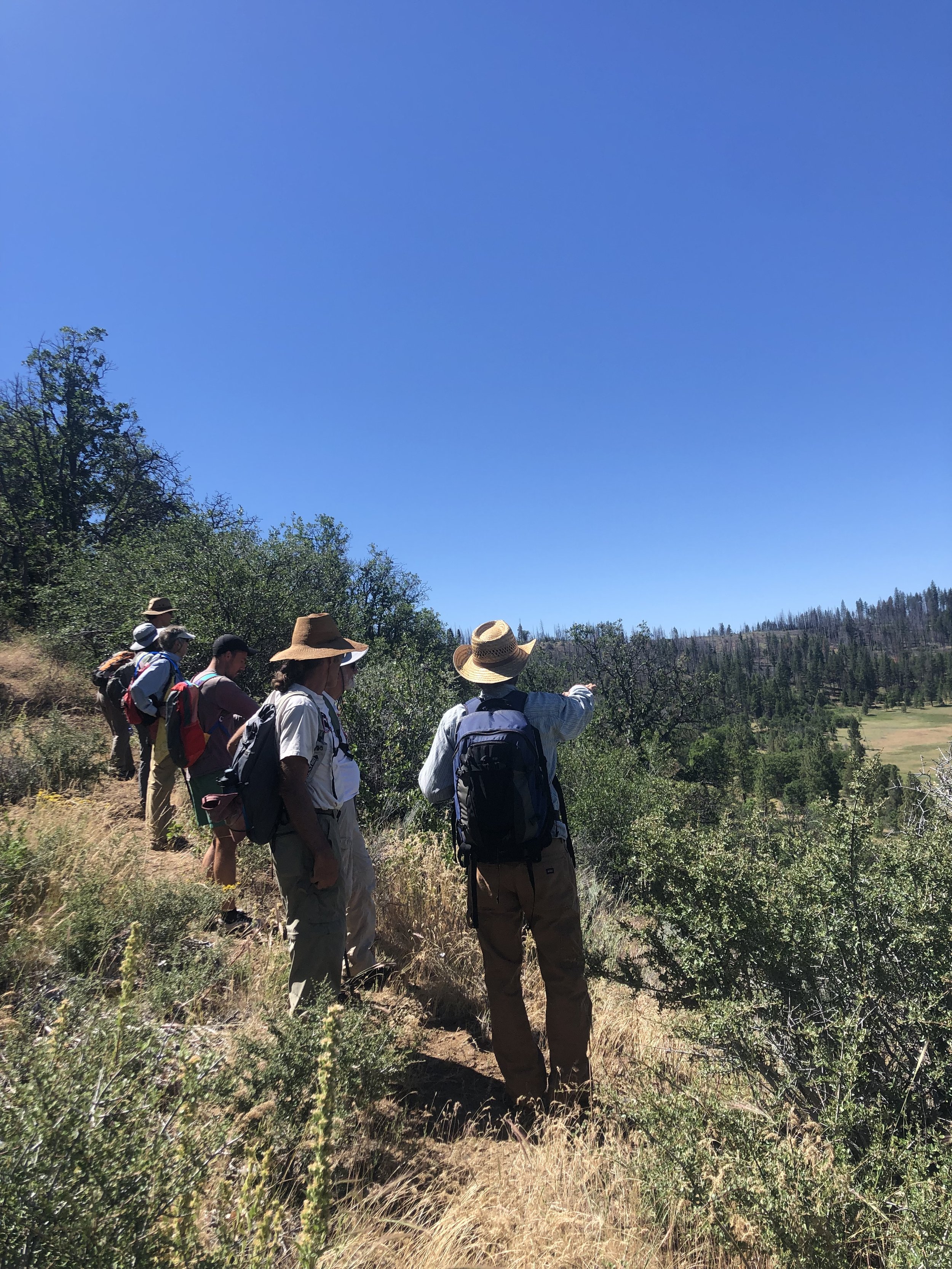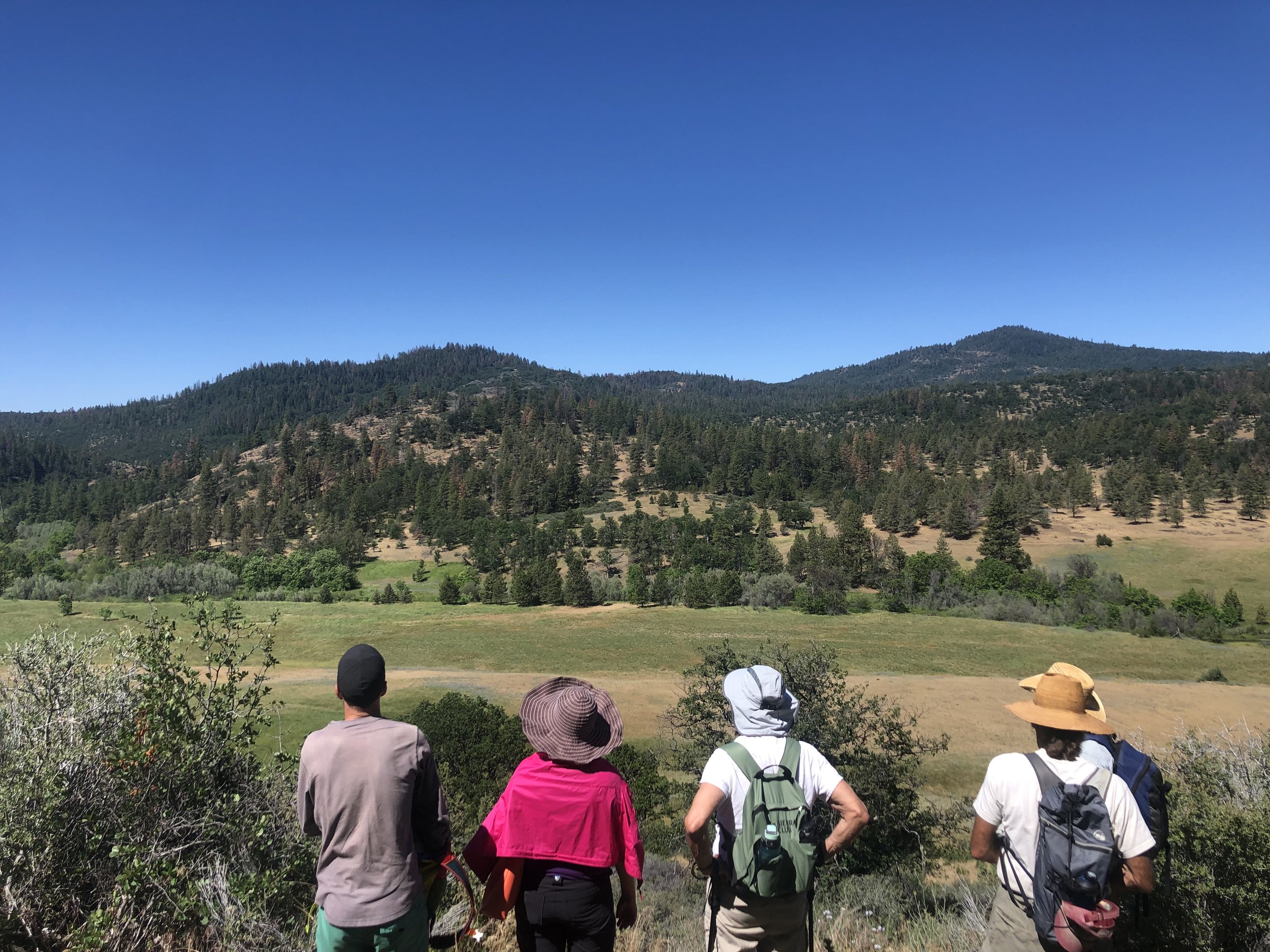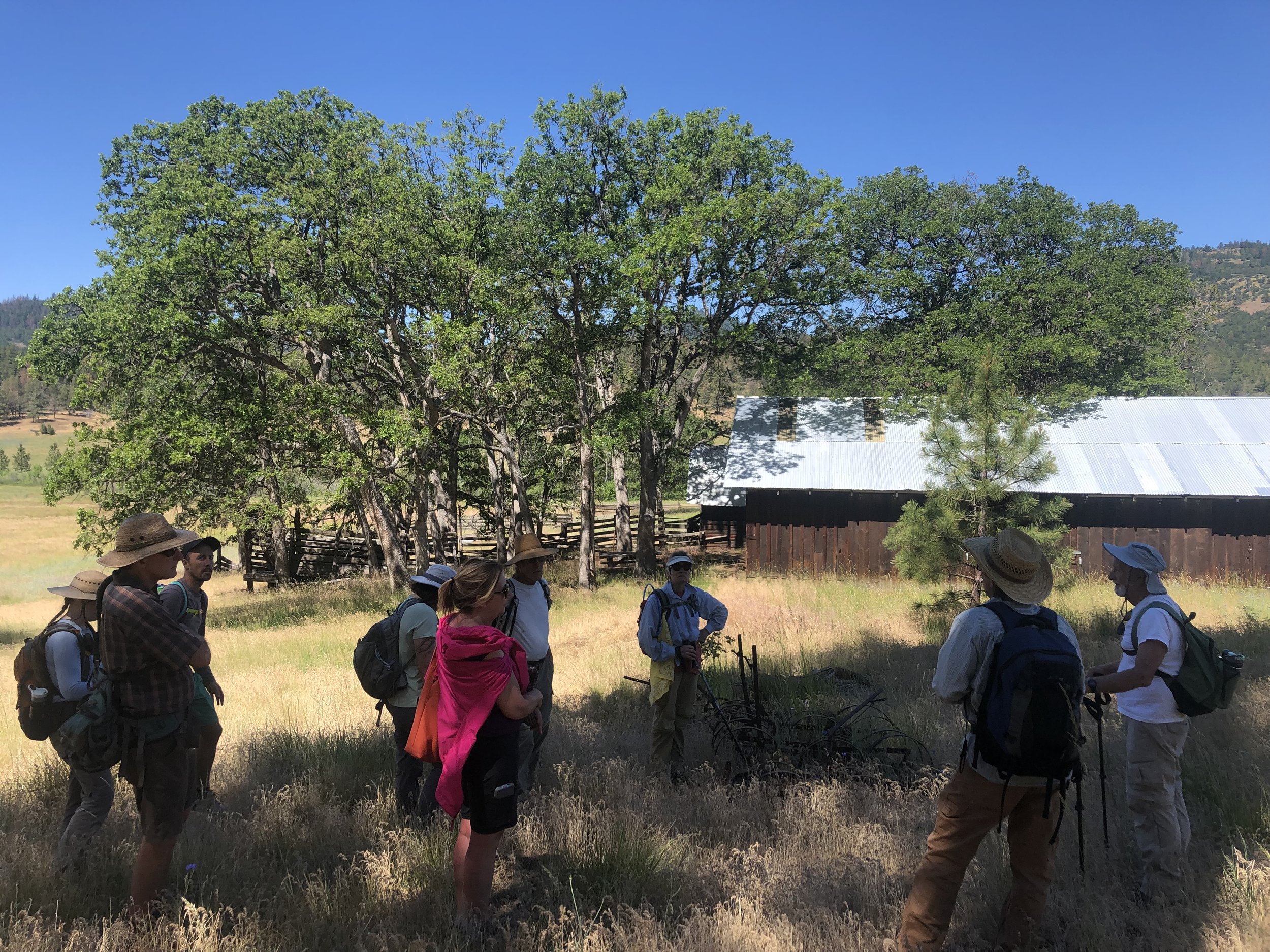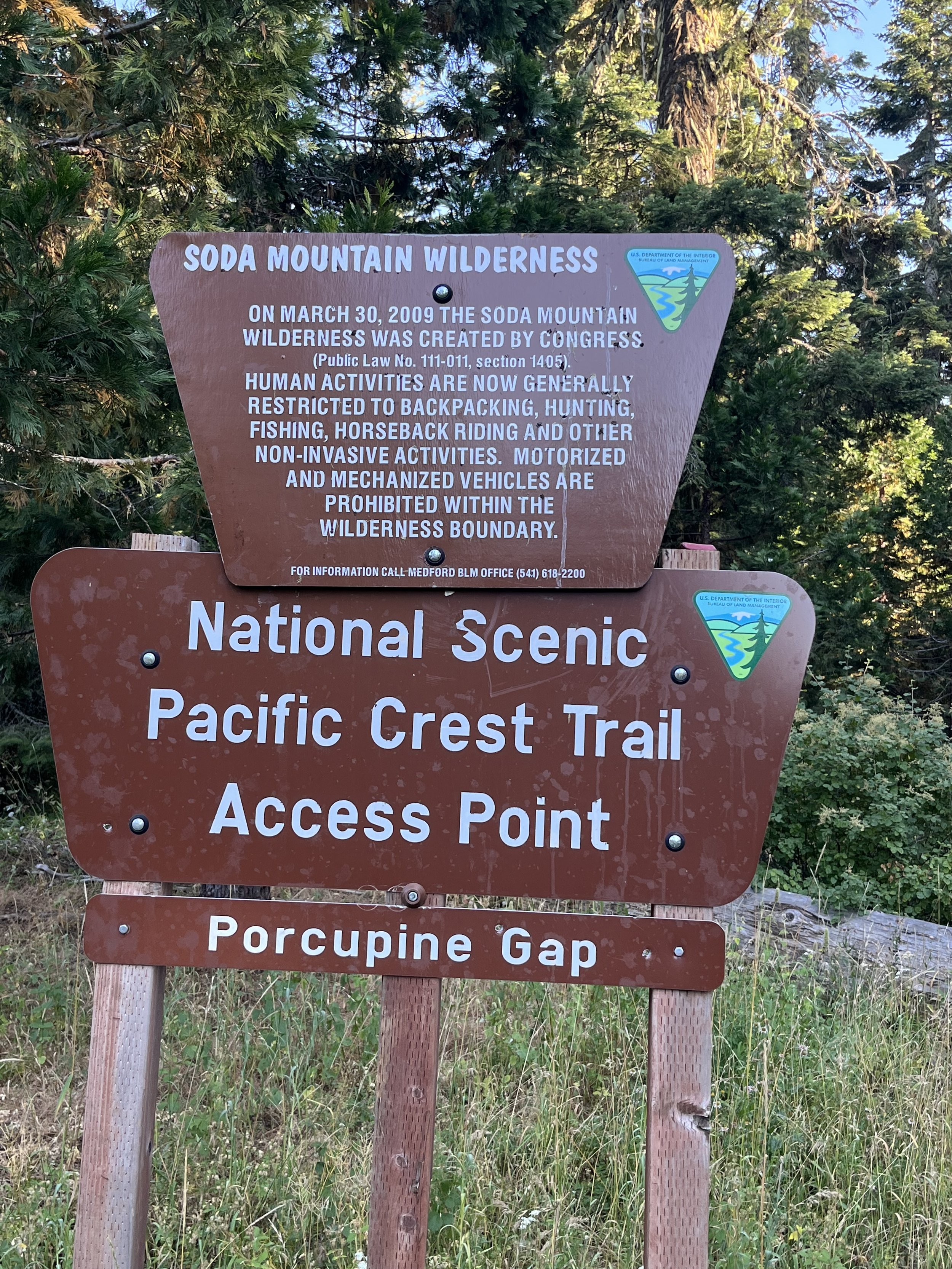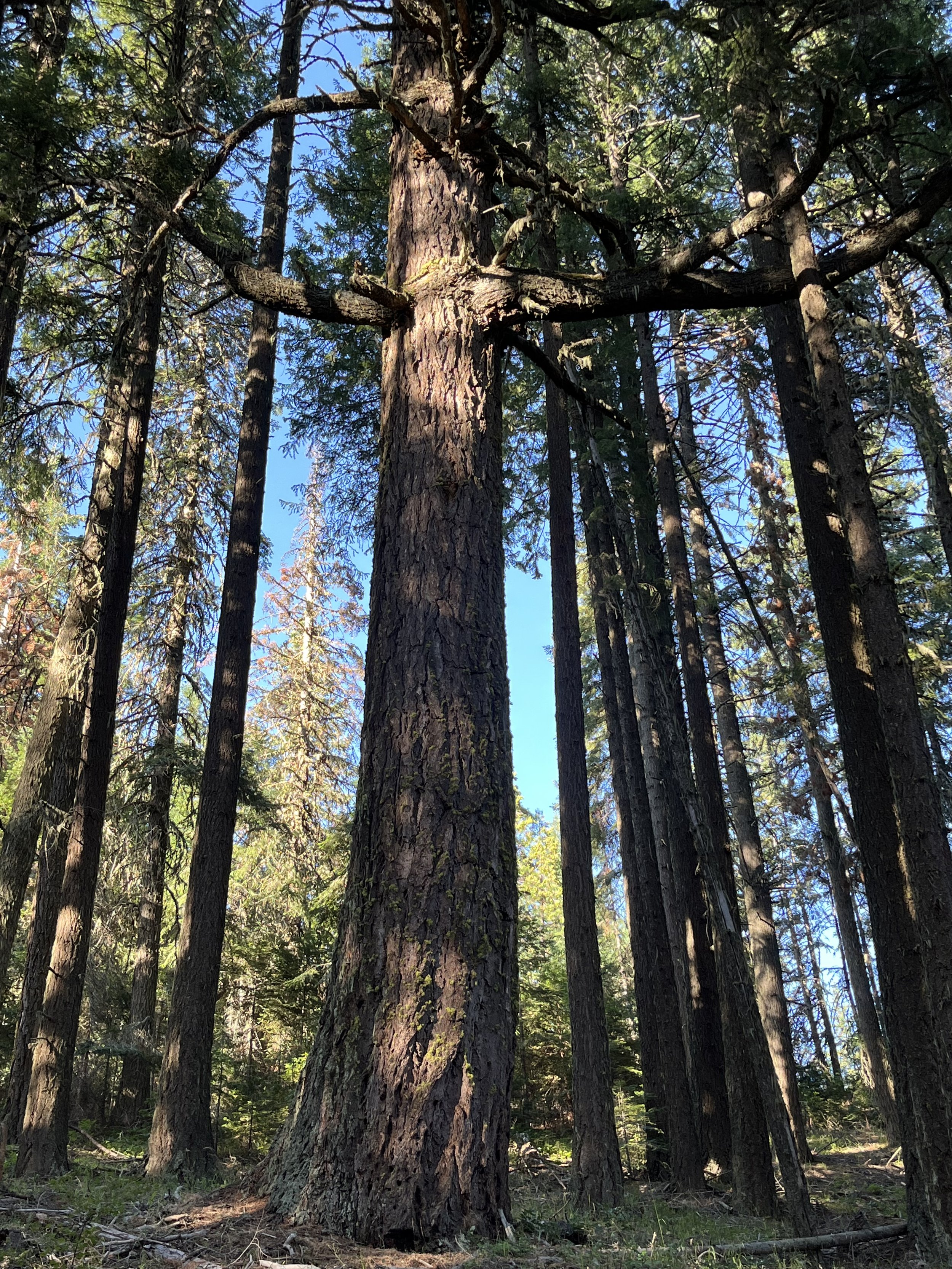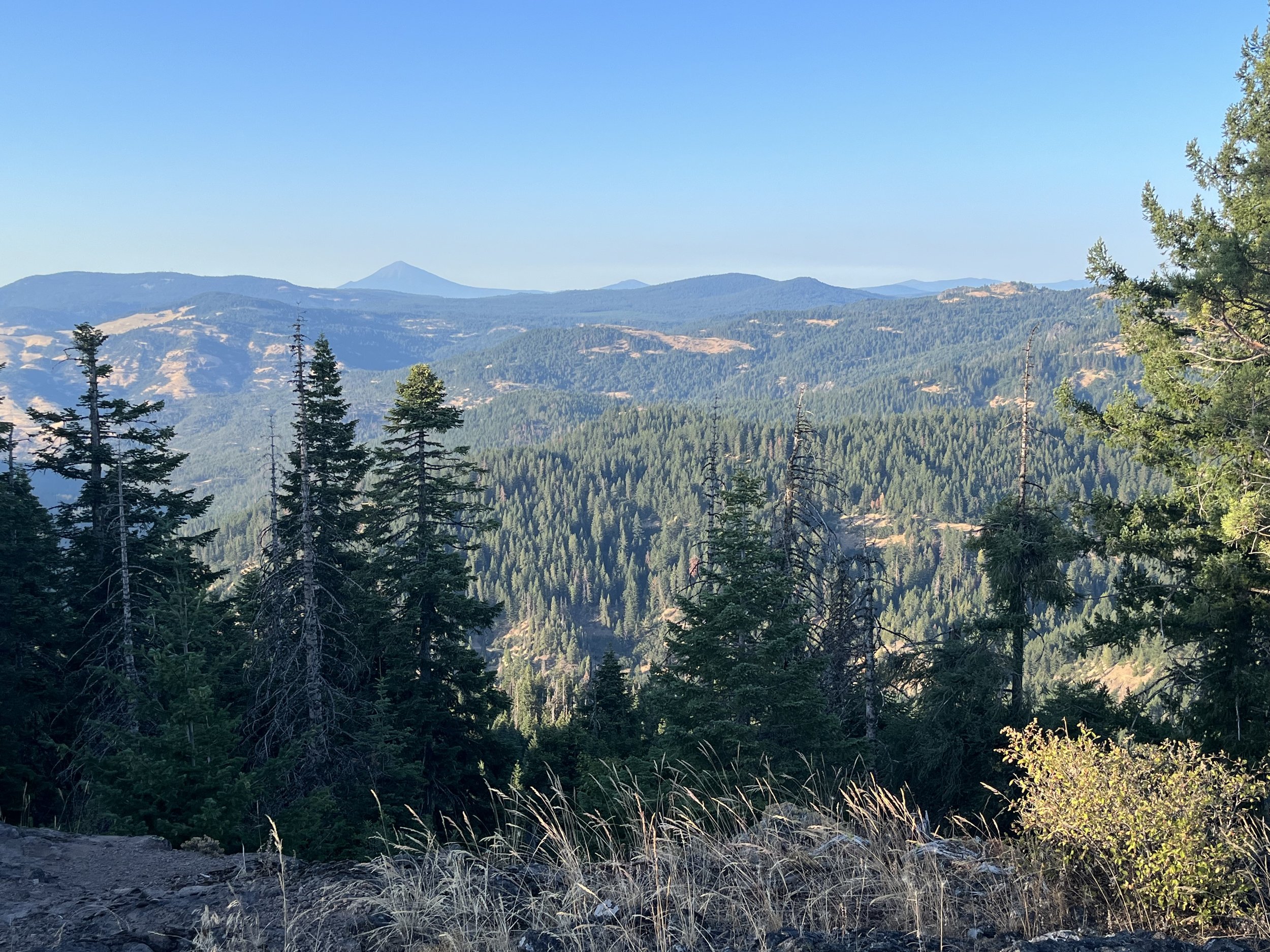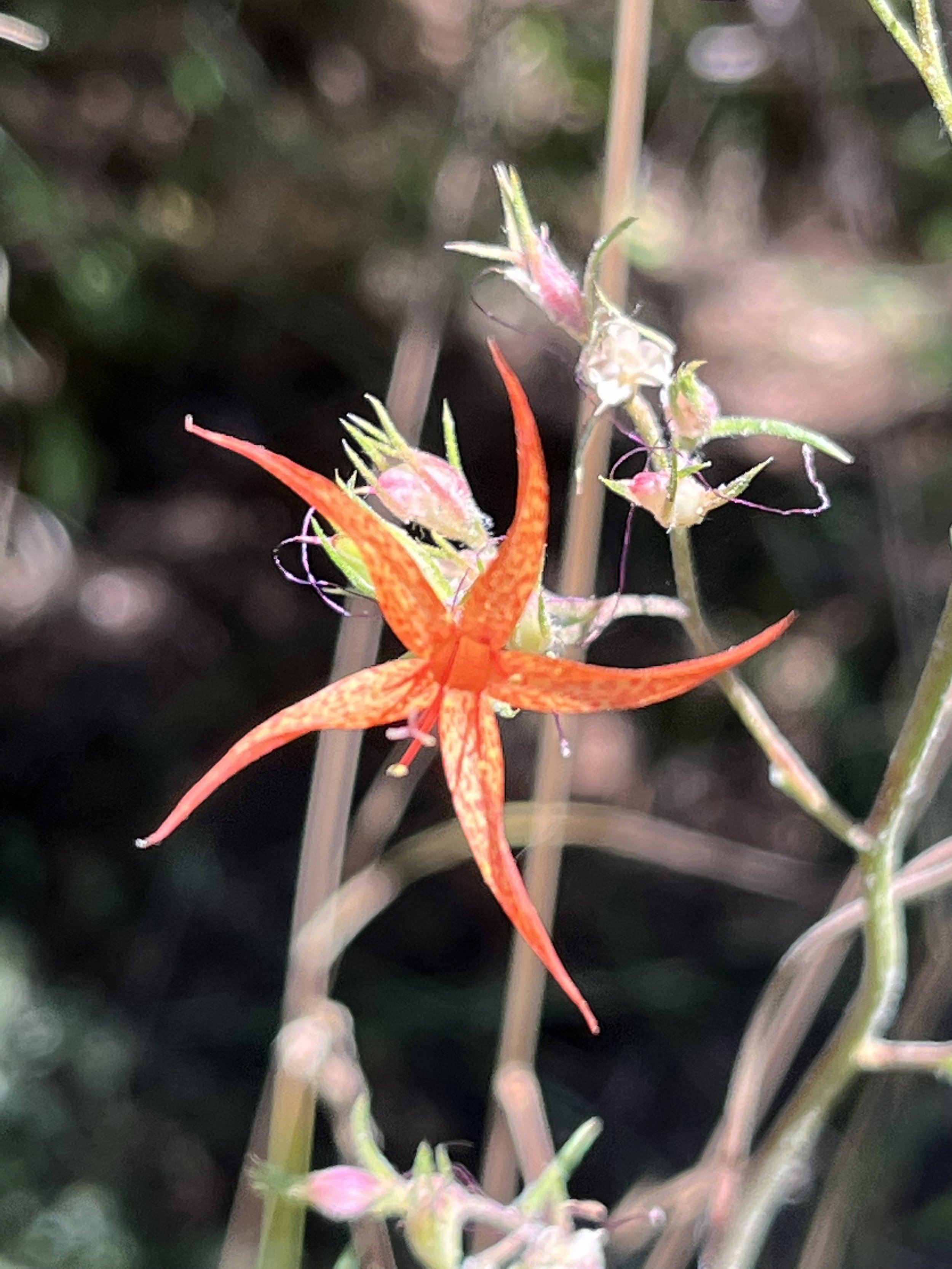When you explore the Monument, it is easy to get lost in the wildness of it, its soft lines and natural colors a stark departure from the harsh surfaces of our roads and buildings down below. But as we crested the steep trail there was something expected waiting. Its black mouth was like a bullet wound in the mountainside, the darkness so deep that even the beautiful sunny day could not penetrate very far. The raw rock that formed its walls, ceilings, and floors bore the tell-tale mark of human intervention. It was not smoothed out by a millennia of exposure to the elements, but was jagged and textured with many sharp angles. As our group stepped inside this gaping hole, the temperature dropped and the air became clammy as it swallowed each person.
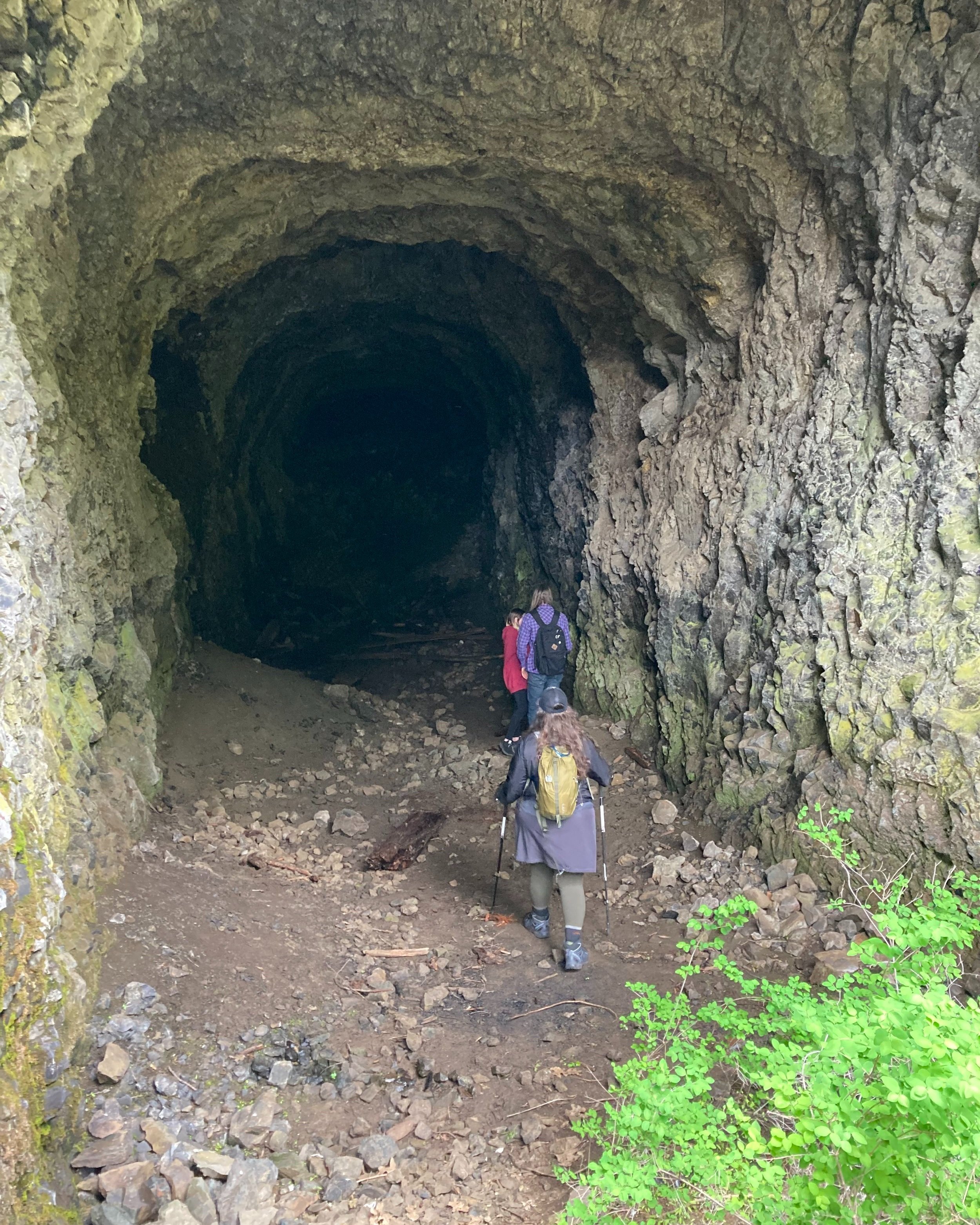
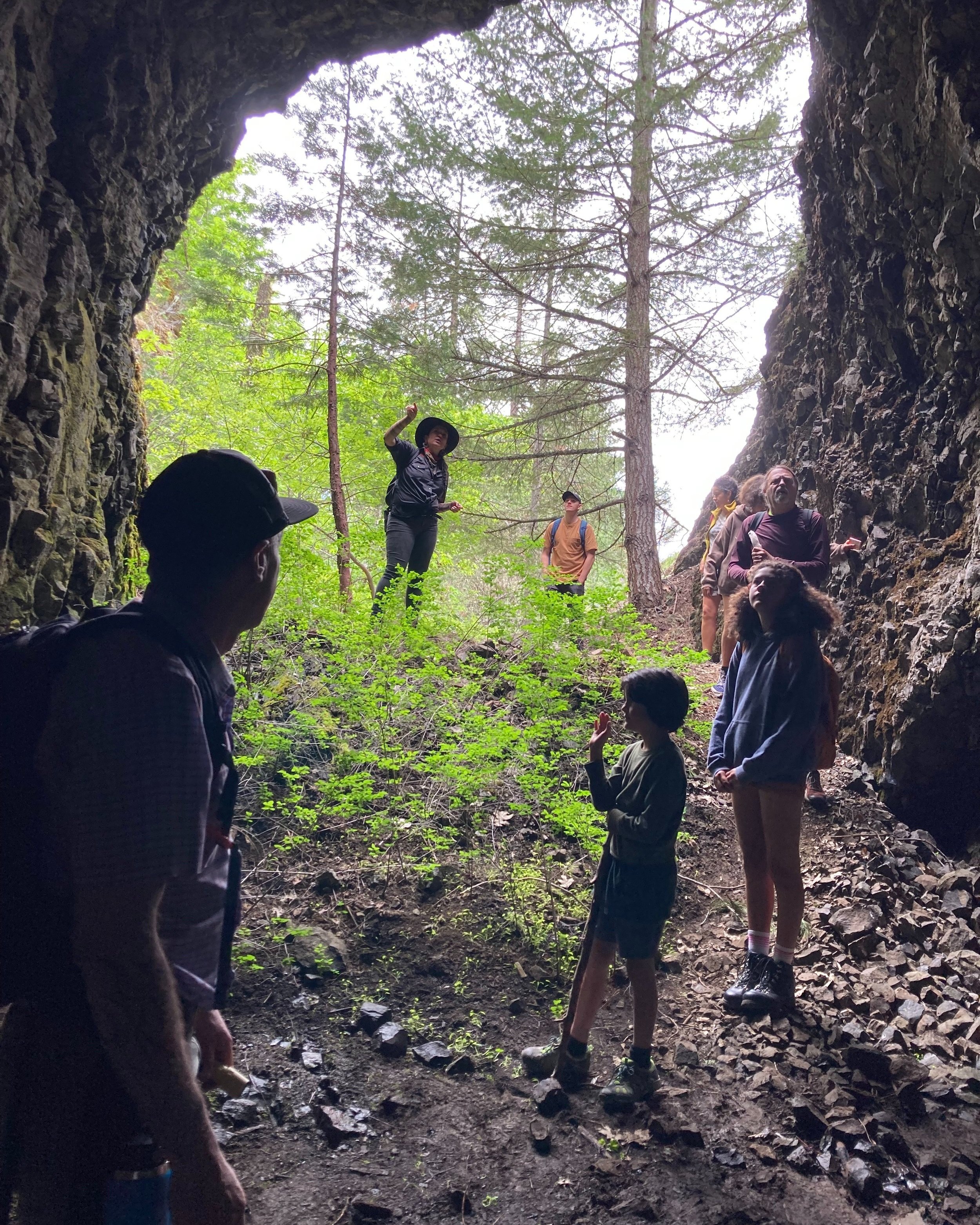
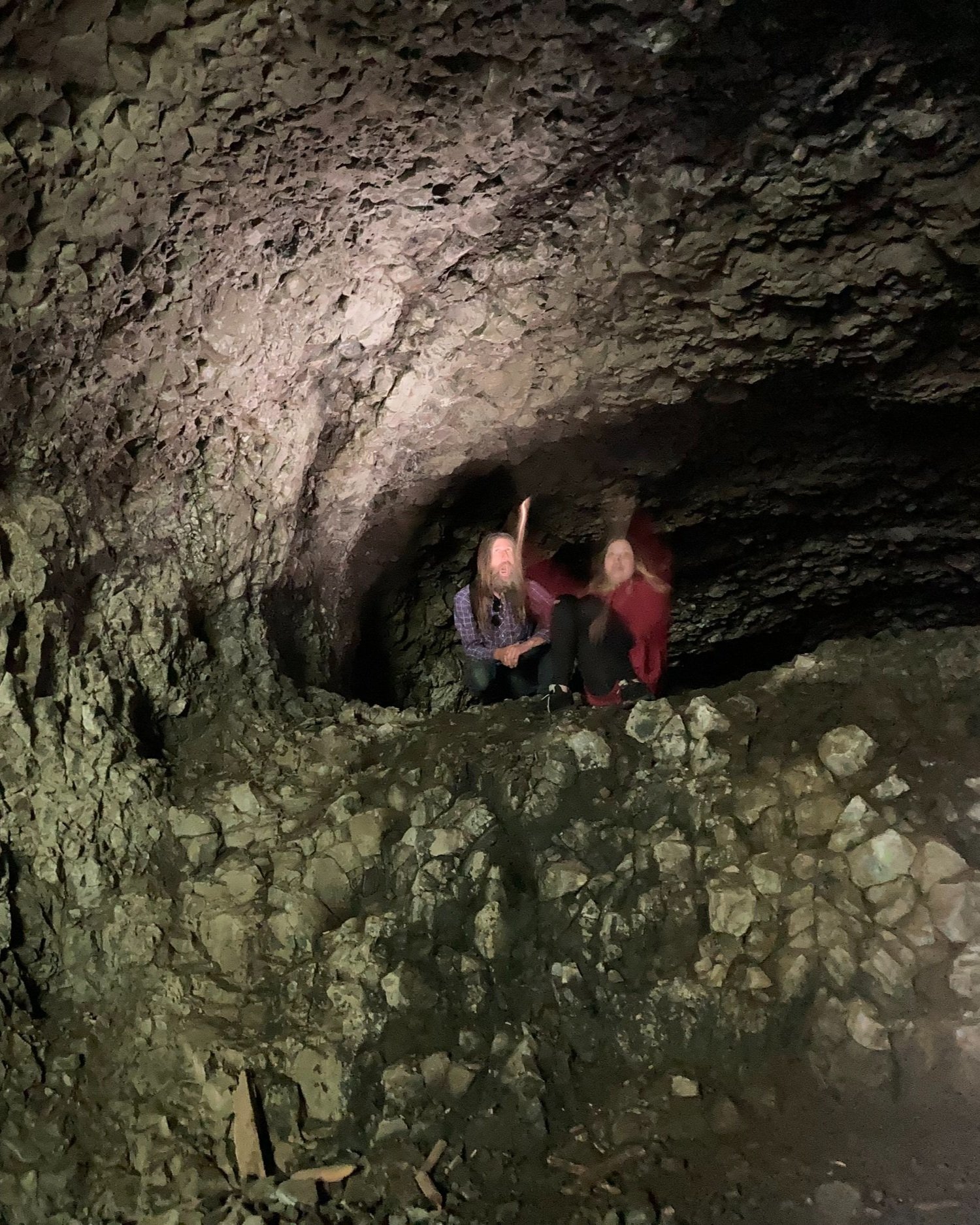
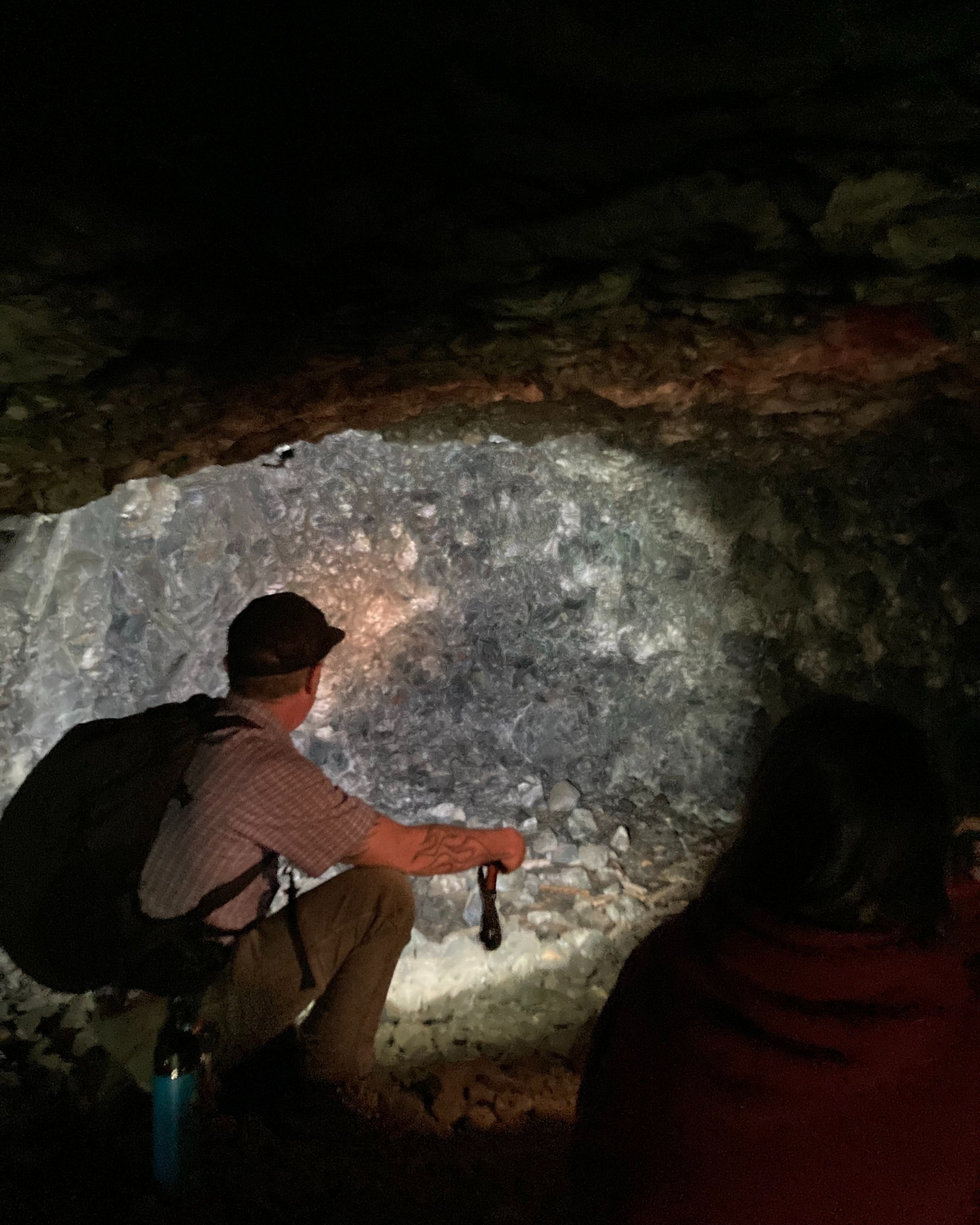
While I had read about Buck Rock Tunnel, it wasn’t until I stepped inside that I was able to truly appreciate the scope and scale of its undertaking. It was originally intended to be a part of the Oregon & California (O & C) Railroad when construction began on August 17, 1883 and serve to help join Portland and the lines of the Southern Pacific Railroad in California. However, it was never completed when construction was halted on February 8, 1884 when the railroad company ran out of funds. While the proposed rail line never did come to be, its unfinished nature presents an interesting window into the engineering and construction of tunnels in the late 1800s. Yet perhaps most fascinating is what it can tell us about the people who worked on it, primarily Chinese laborers.
That was the focus of the Buck Rock Archaeological Tours hosted by Southern Oregon University Laboratory of Anthropology (SOULA) and the Bureau of Land Management (BLM) archaeologists. Called the Buck Rock Tunnel Project, it is a collaboration between the Medford District BLM and SOULA and operates as an extension of the larger Oregon Chinese Diaspora Project.
As my group began our hike toward the tunnel we were greeted by information stations along the way, staffed by volunteers eager to tell us about the findings of the project. We looked at old aerial photographs and maps as well as artifacts uncovered at the site, including the soles of rubber boots most likely worn by the laborers. We learned that much can be deduced from small shards of pottery and how it is possible to distinguish a European American camp from one that was primarily occupied by Chinese people through the types of pottery they left behind. Yet the centerpiece of the tour was definitely the tunnel itself. With each step we explored deeper into the unfinished cavern. All around us was evidence of blasting, drilling, and the inescapable realization that all that rock had to be carried out using only the power of man and beast.
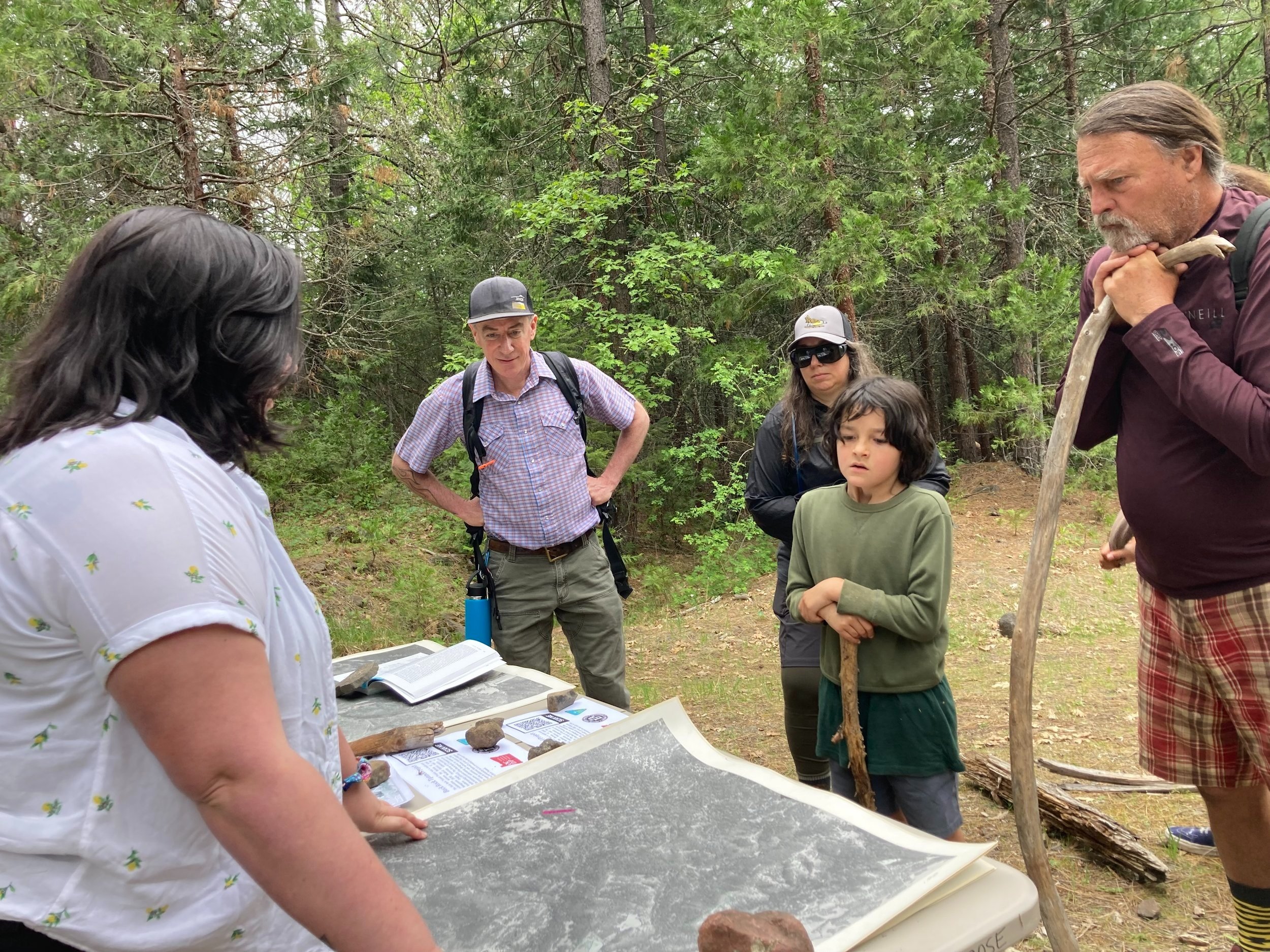
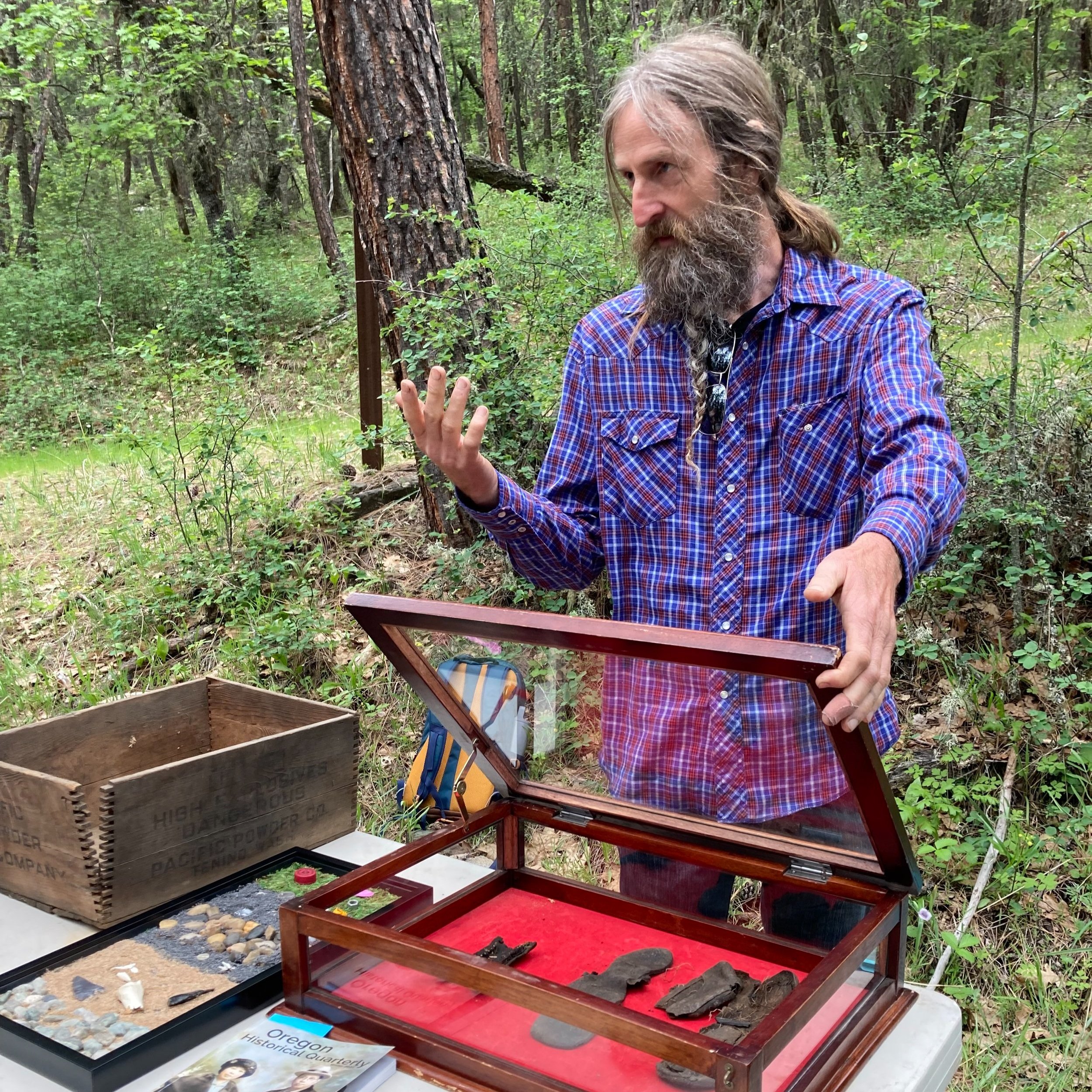
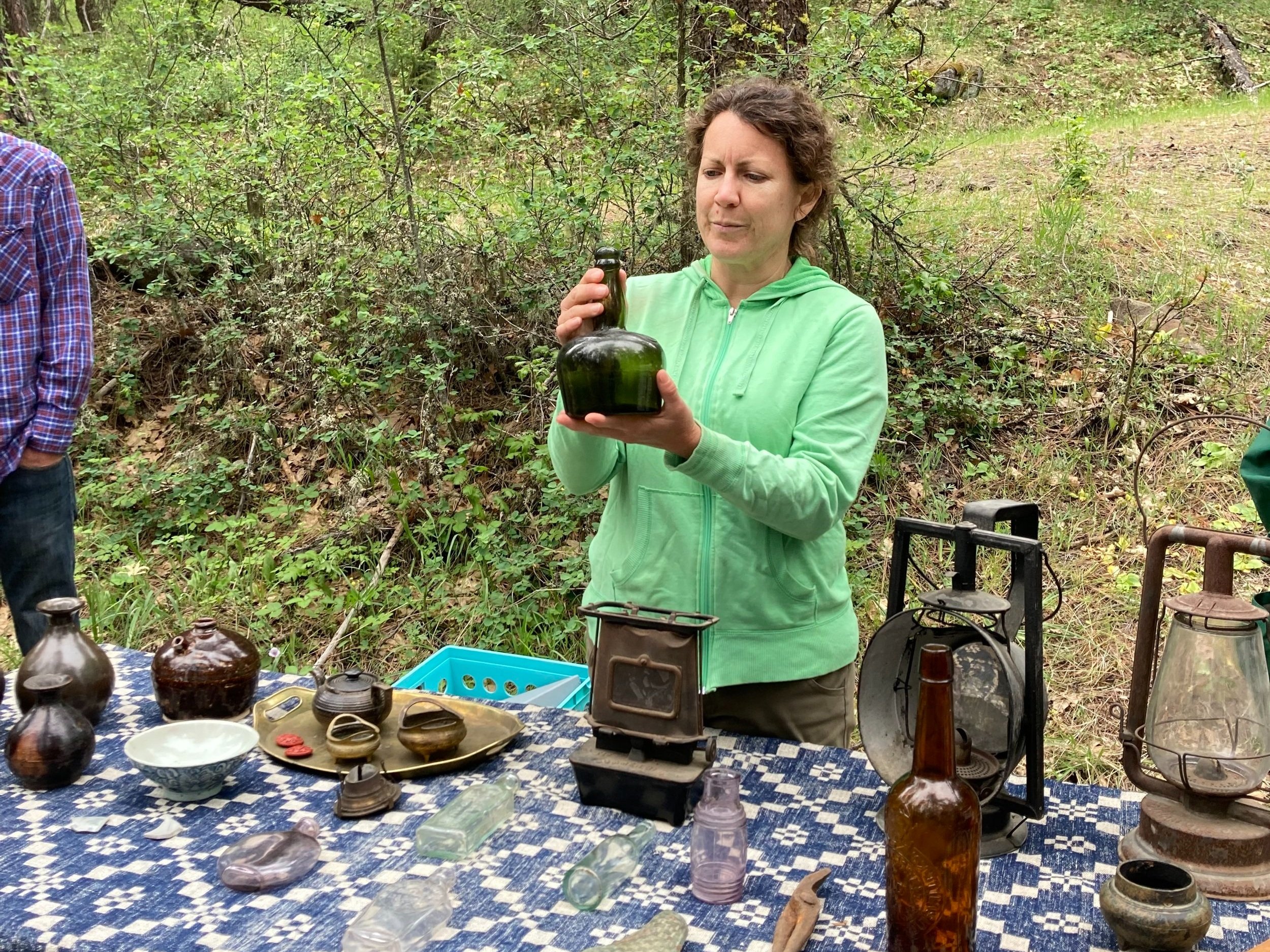
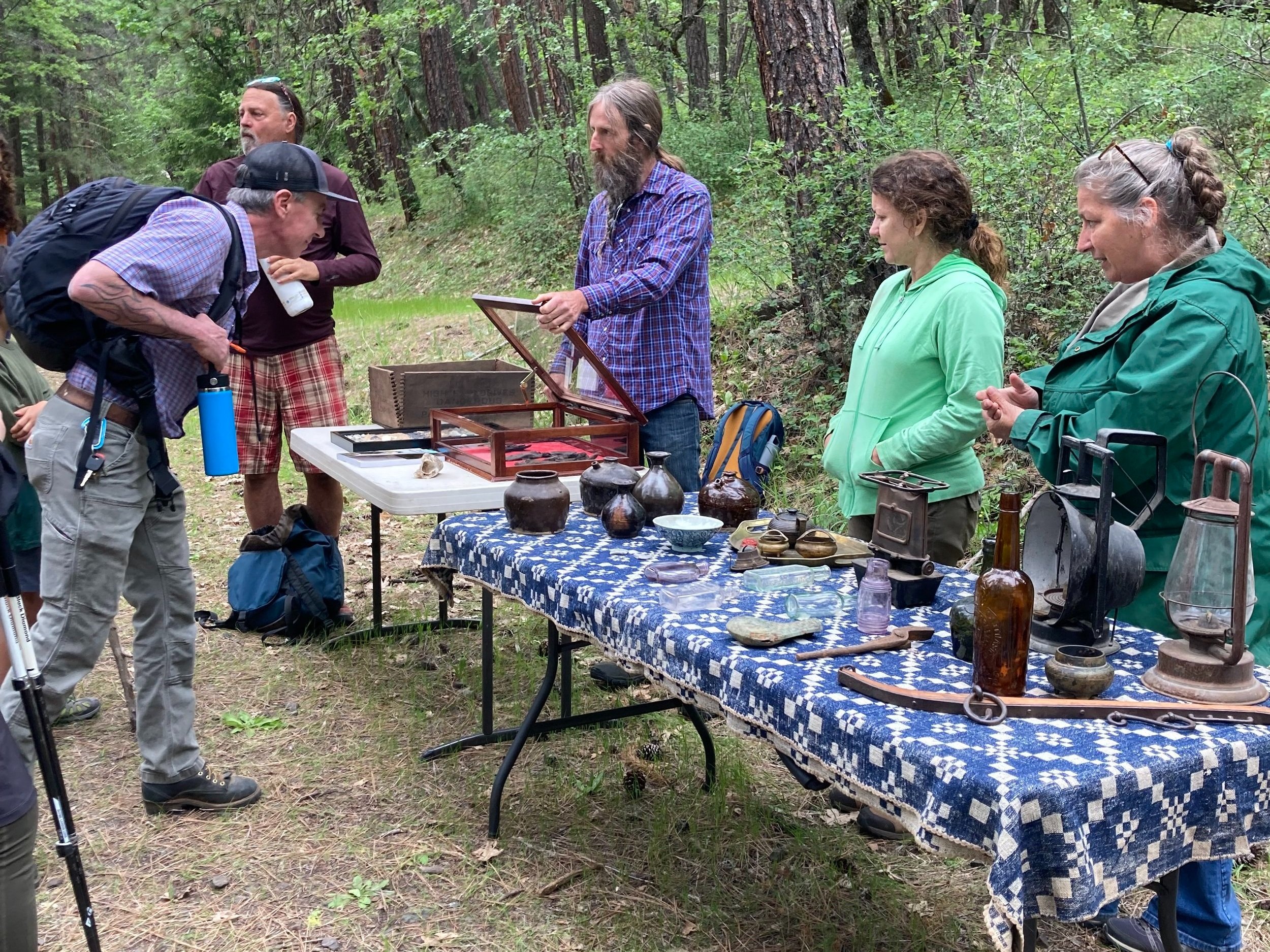
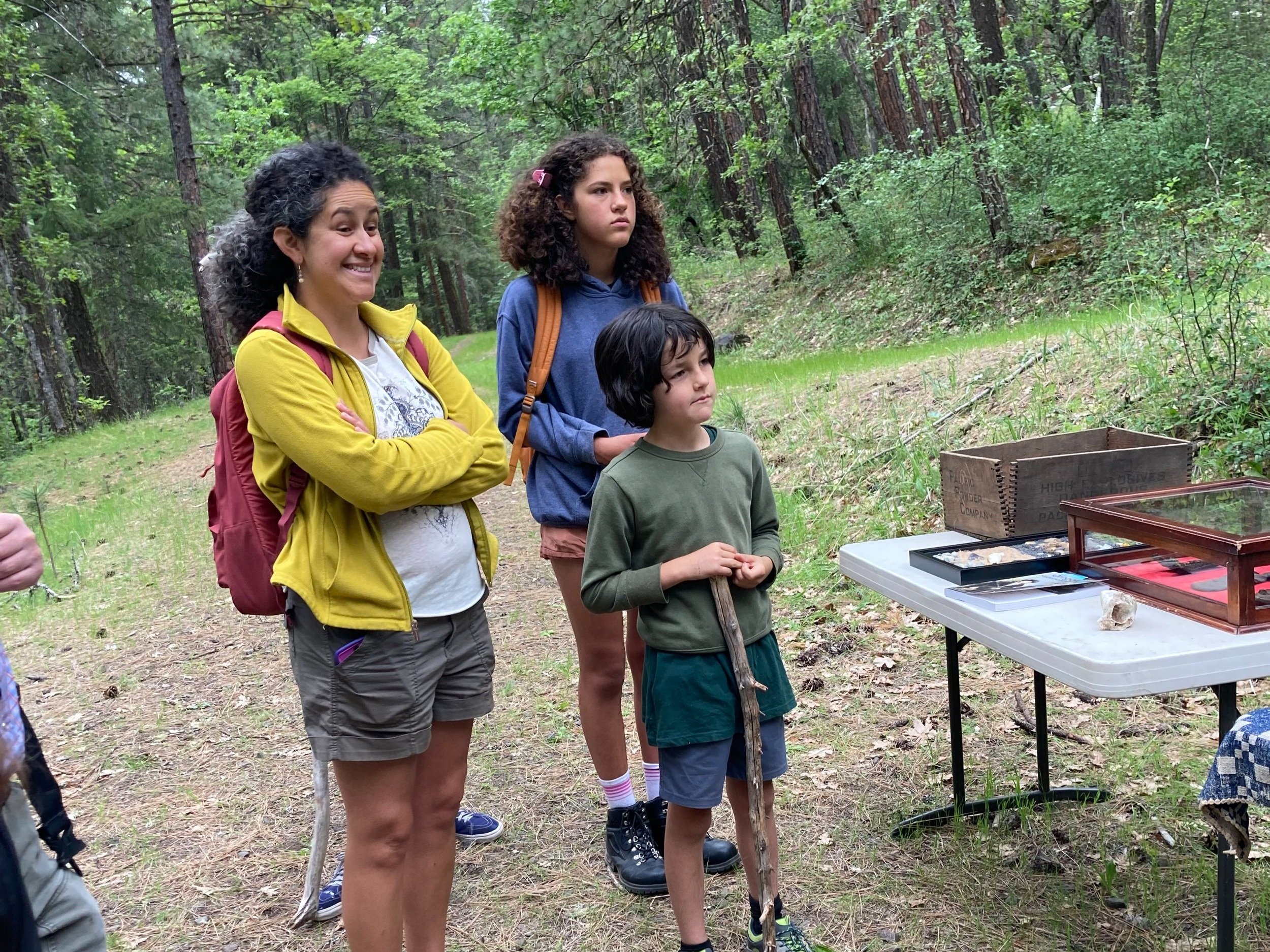
The Monument was originally set aside in the year 2000 for the purposes of biodiversity and it truly is a place of awe-inspiring confluences of geology and bio-regions sustaining many unique plant and animal communities. However, it is also a place with a rich and diverse human history that is also worthy of study and only adds to the Monument’s spectacular story.
